19 – 23 March 2022
On the Way from Punakaiki
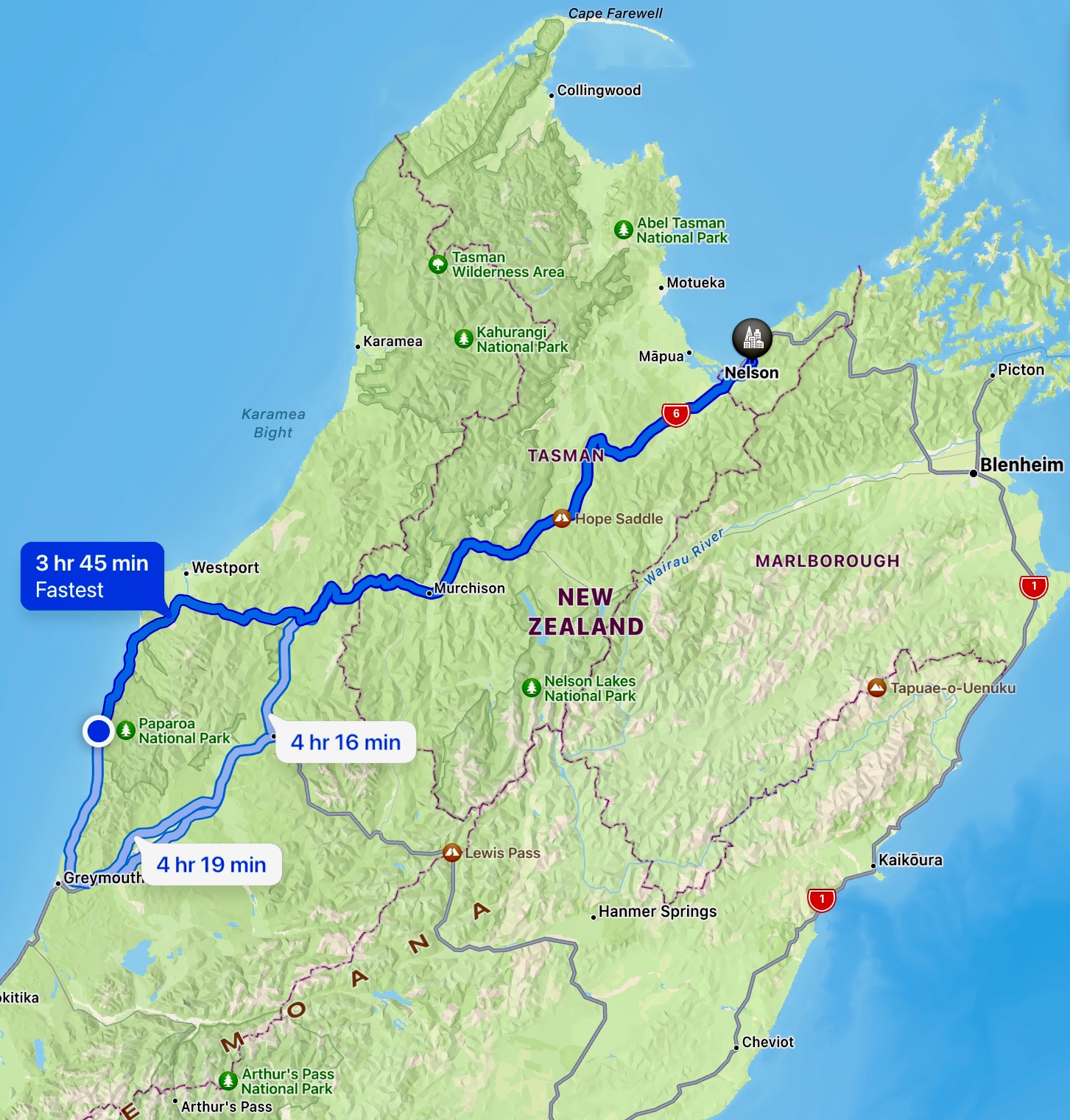
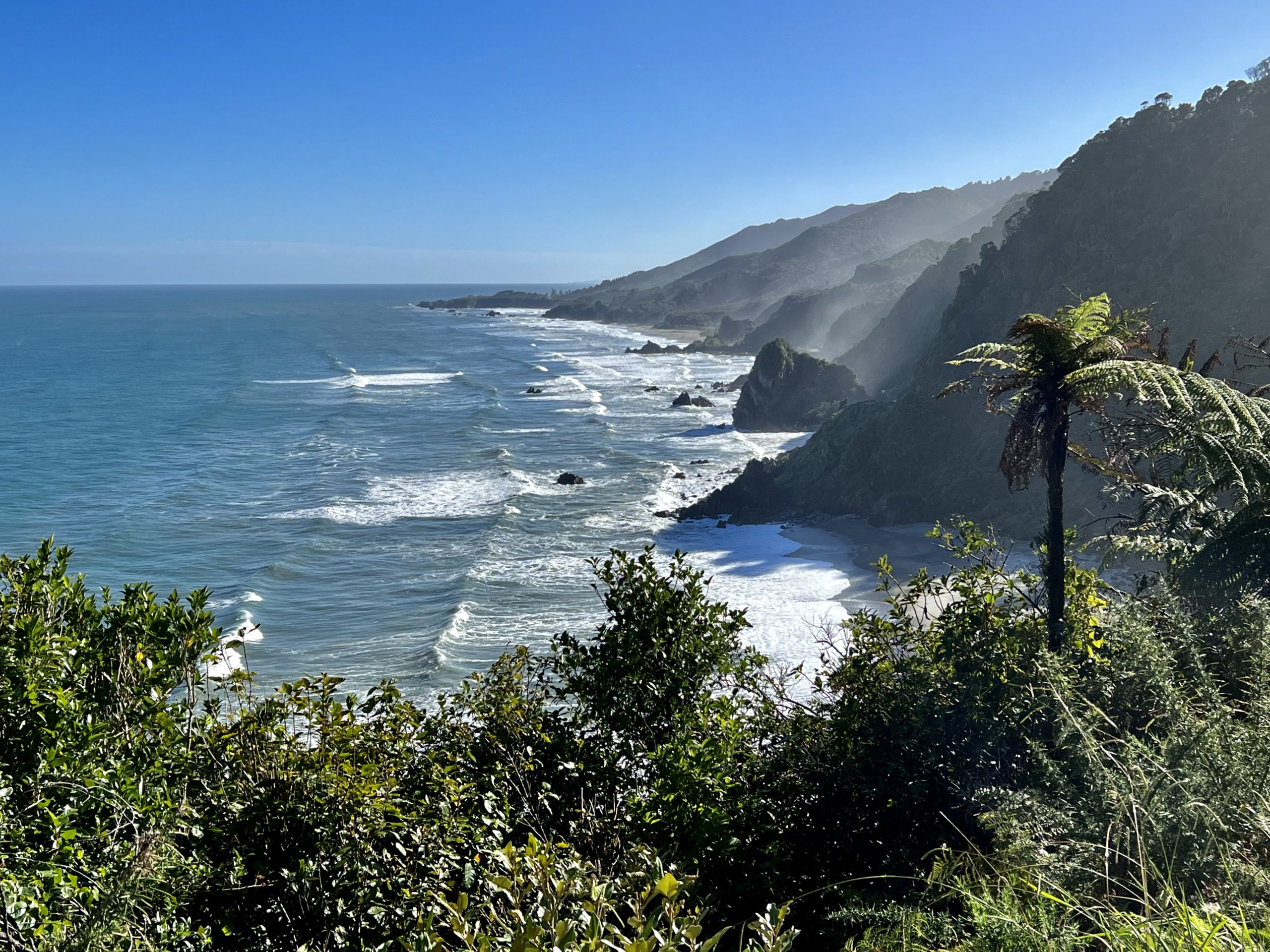
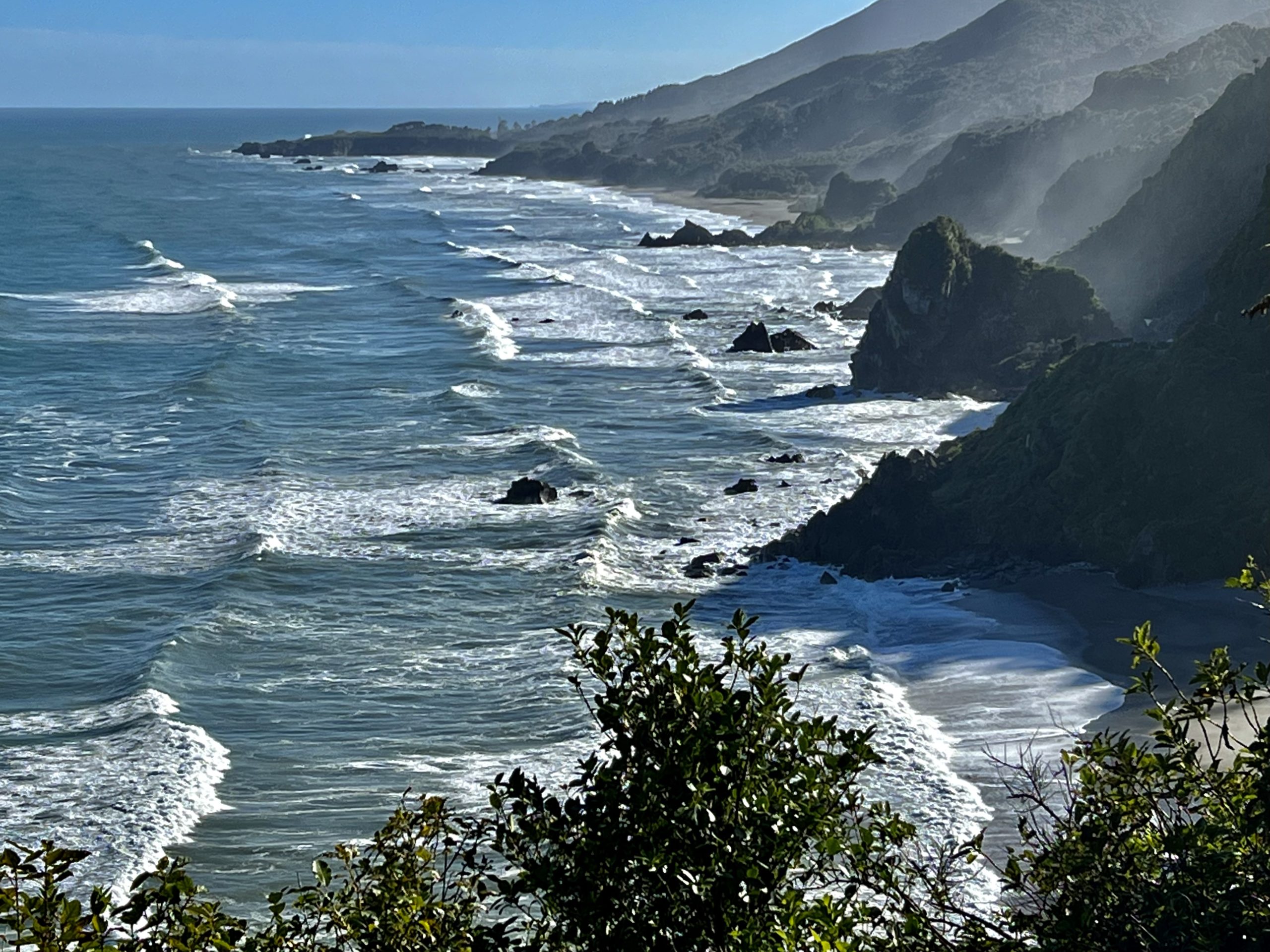
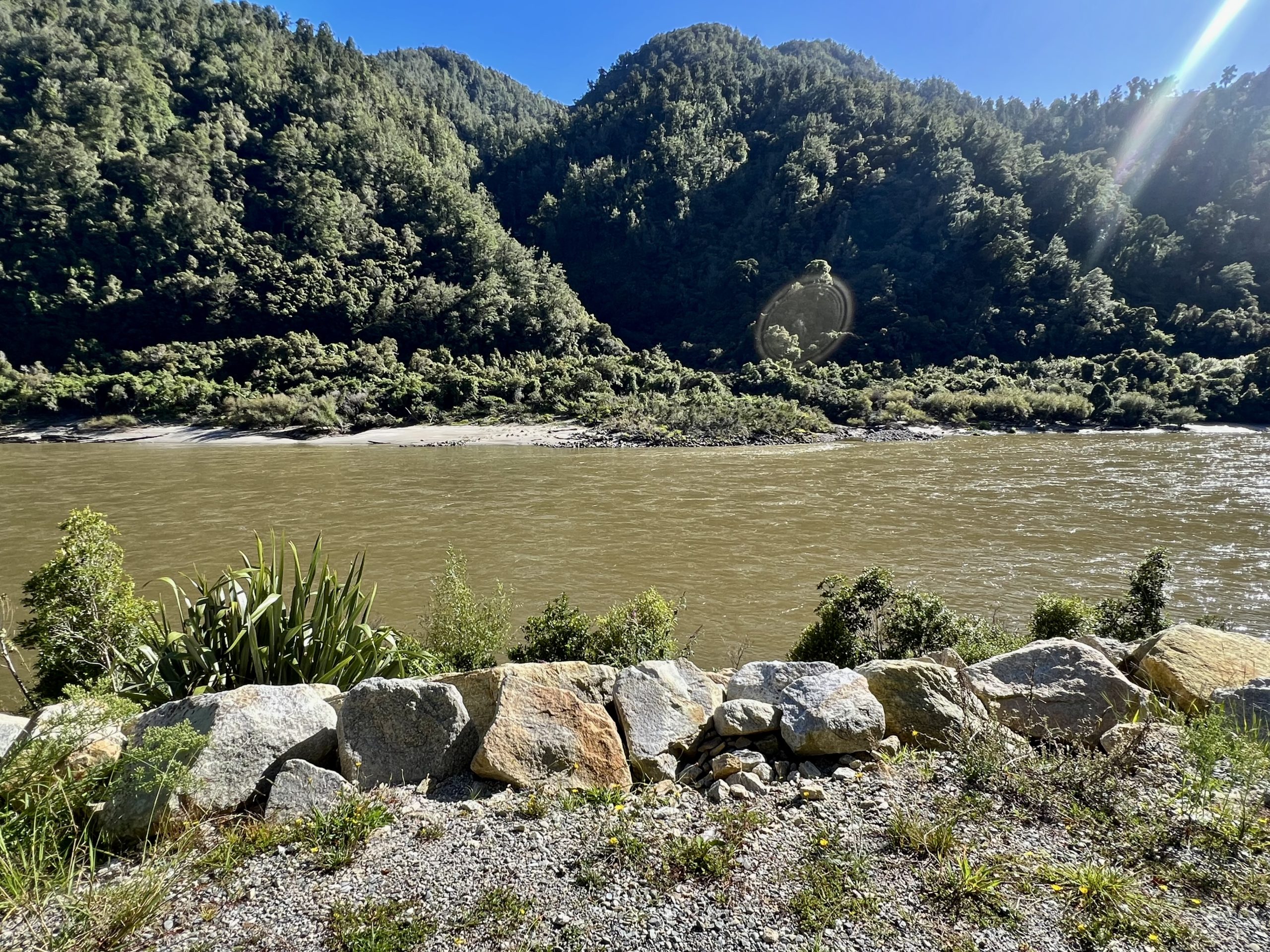
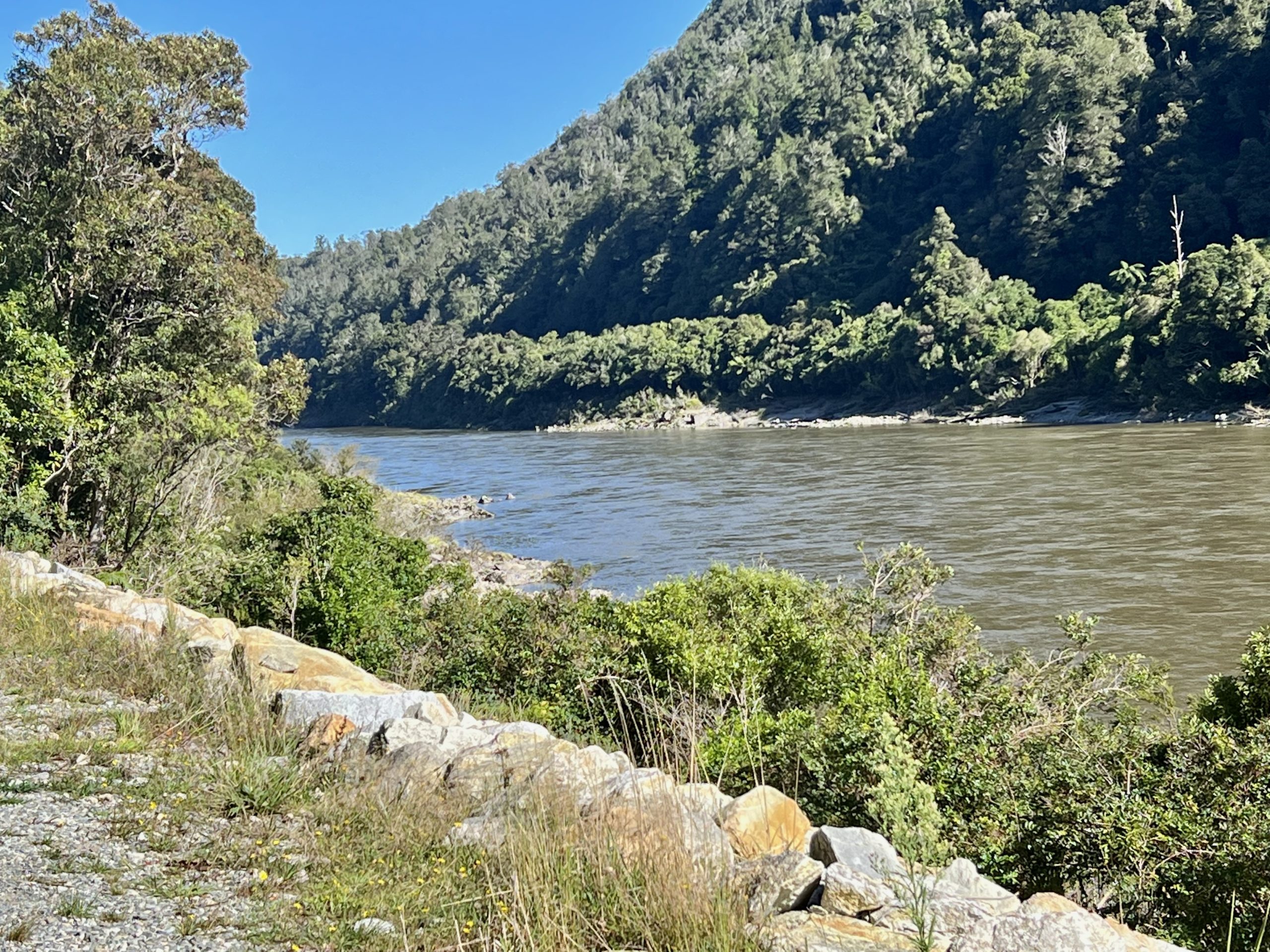
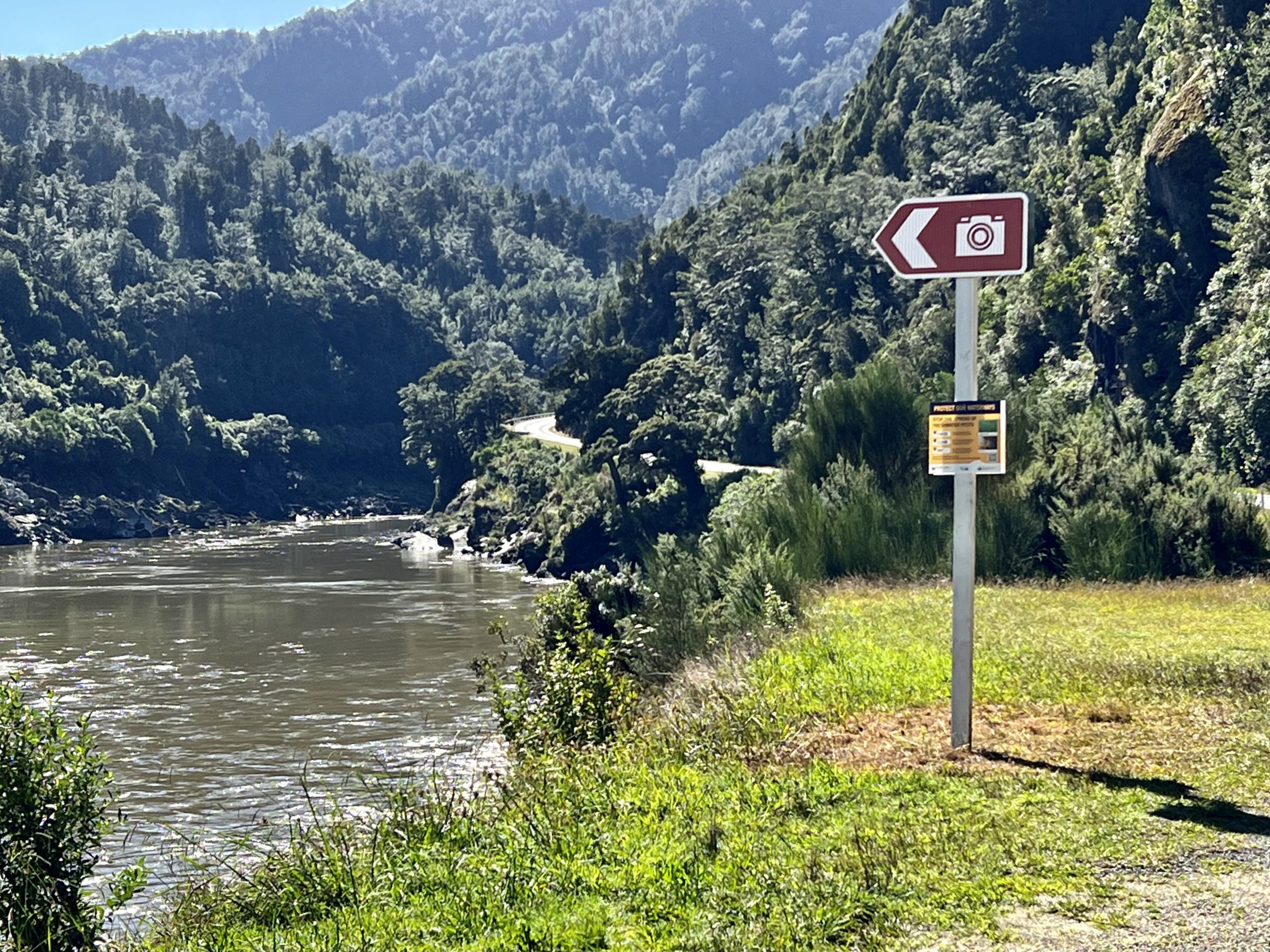
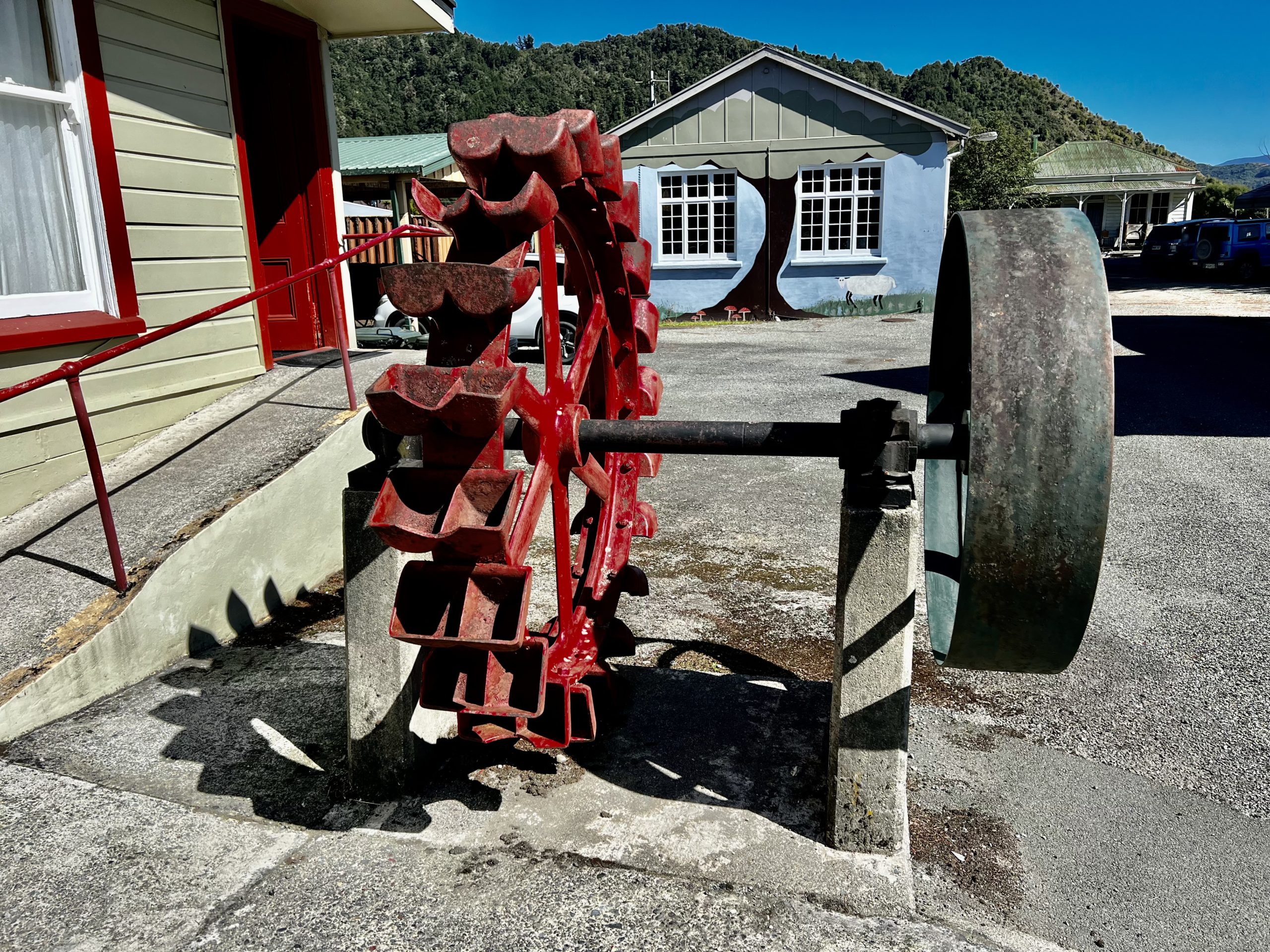
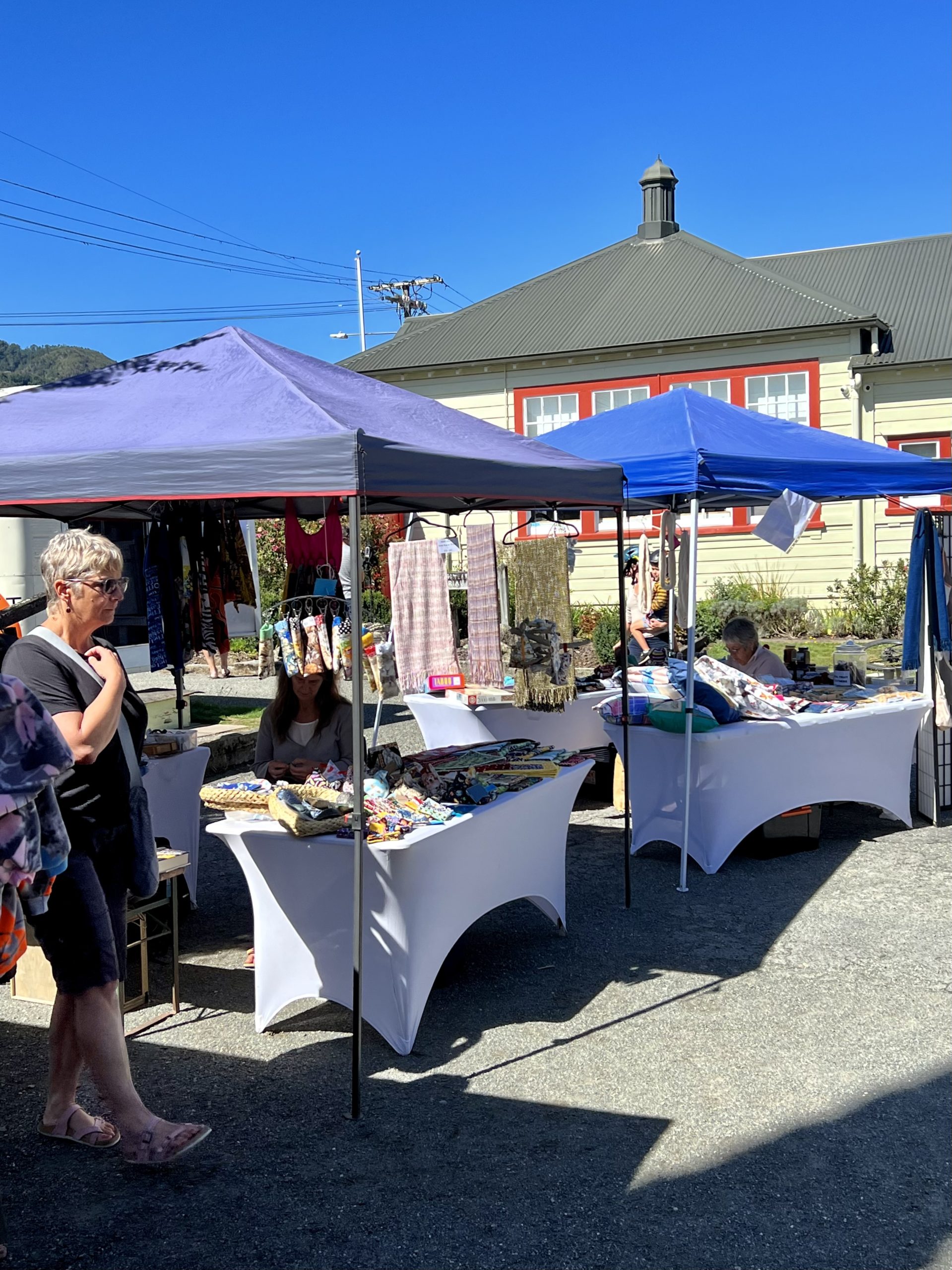
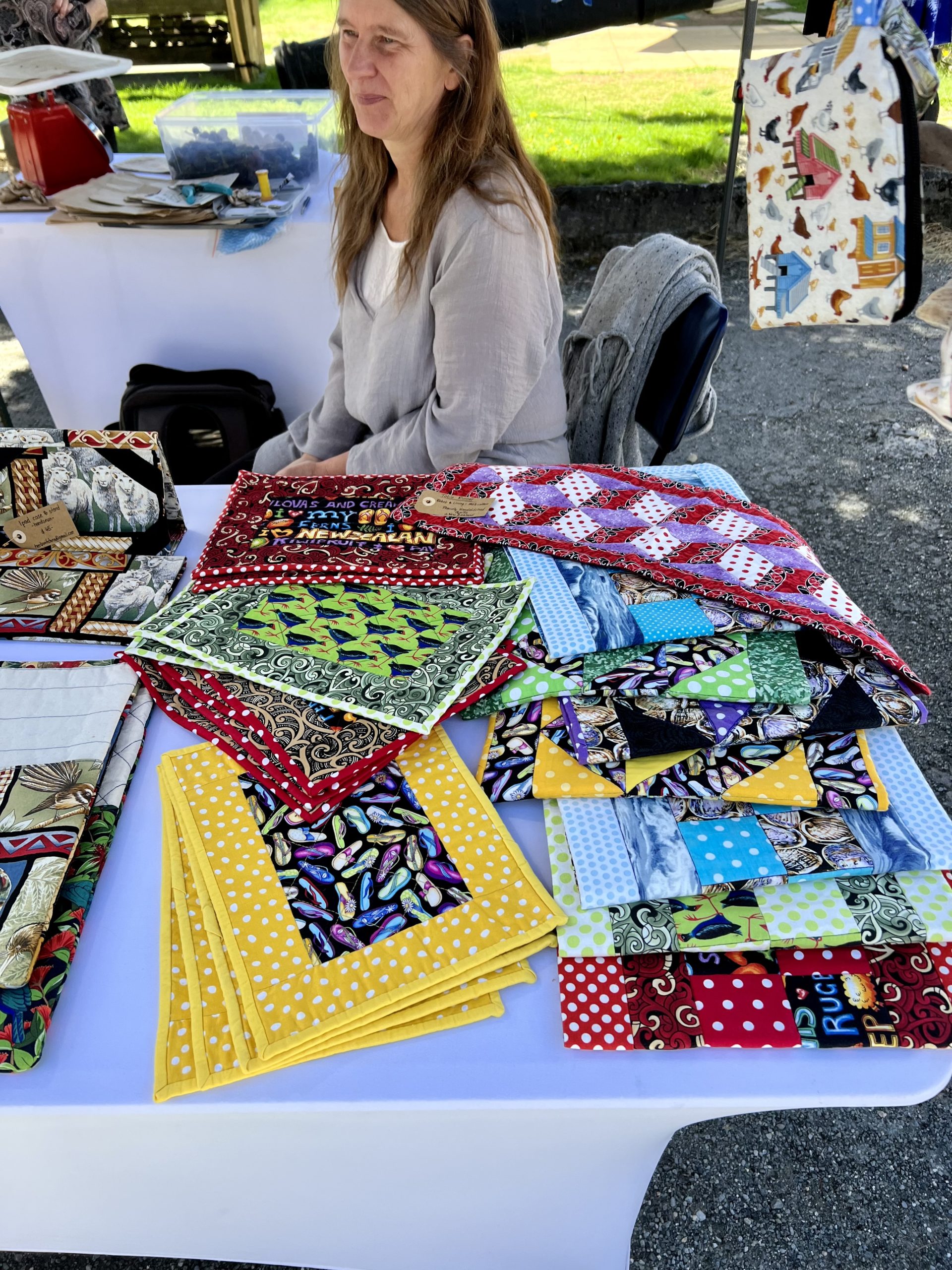
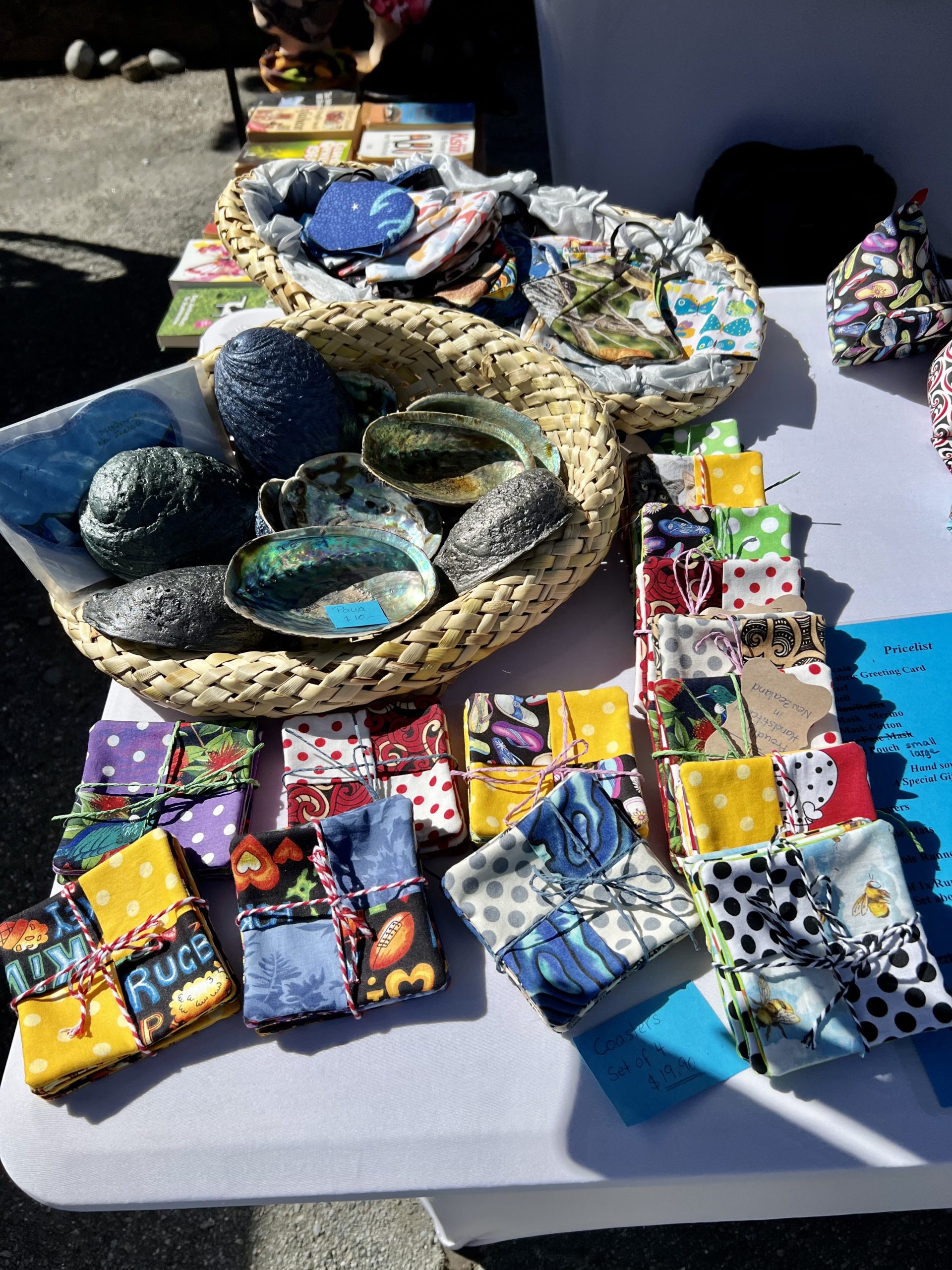

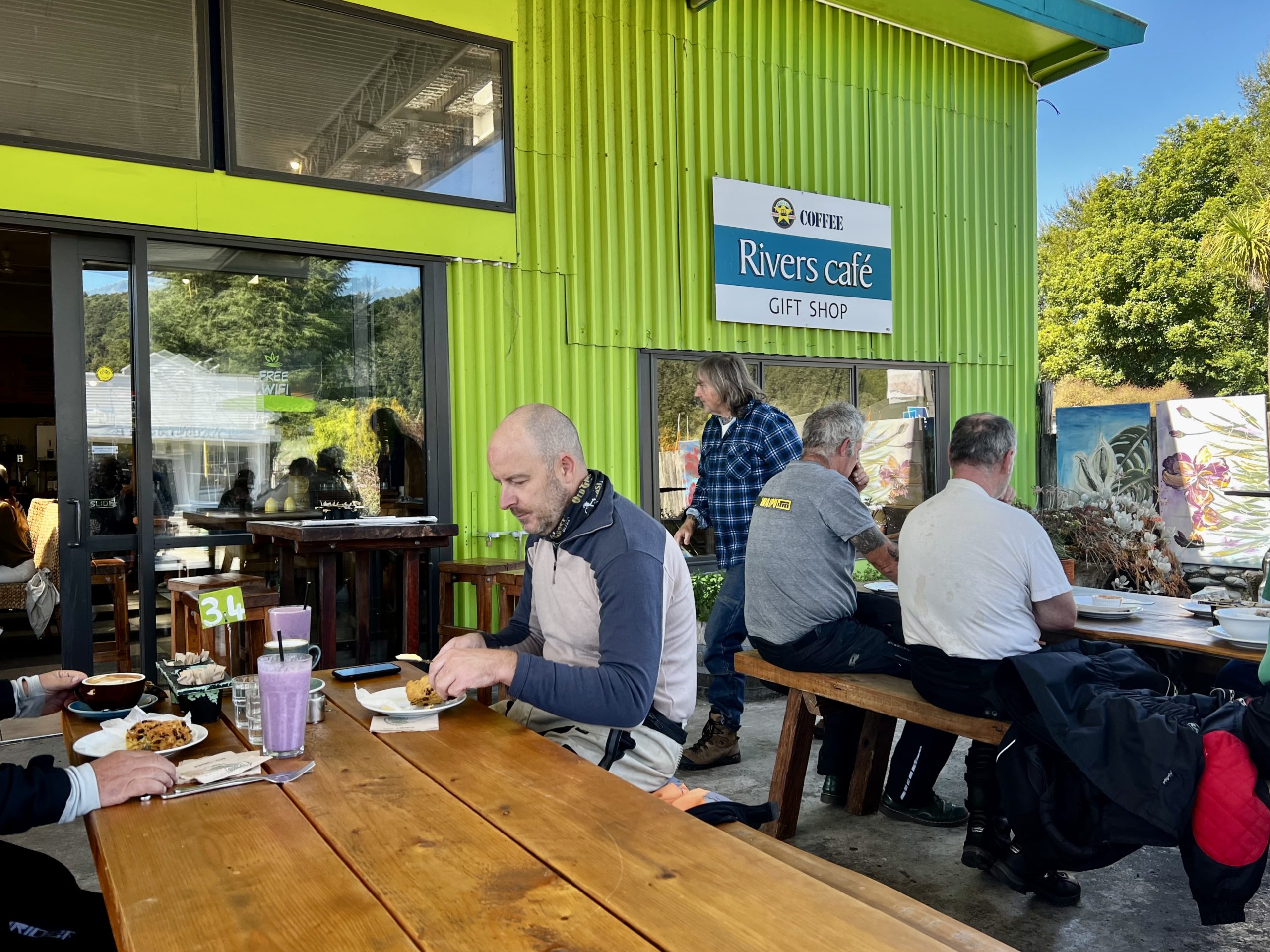
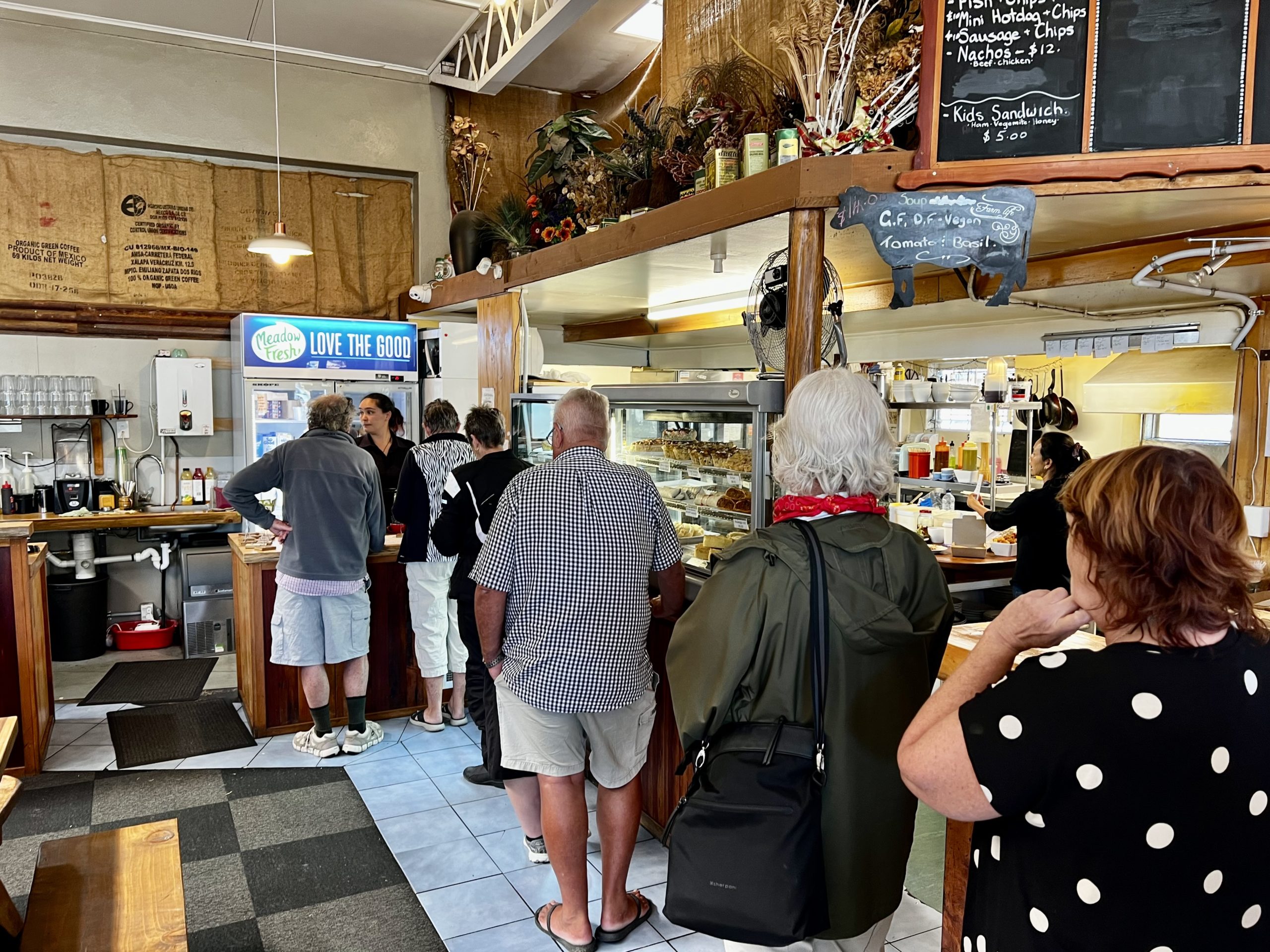
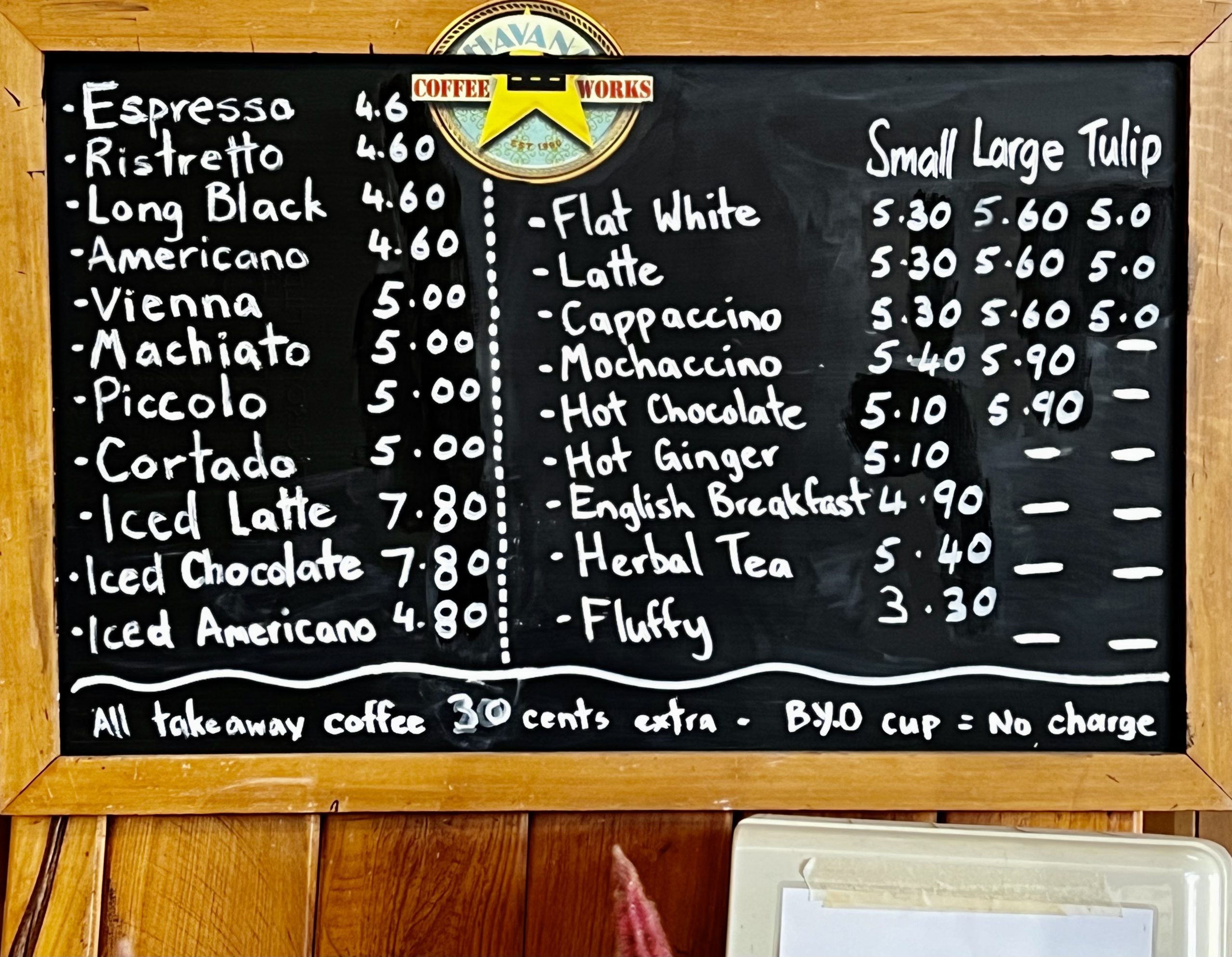
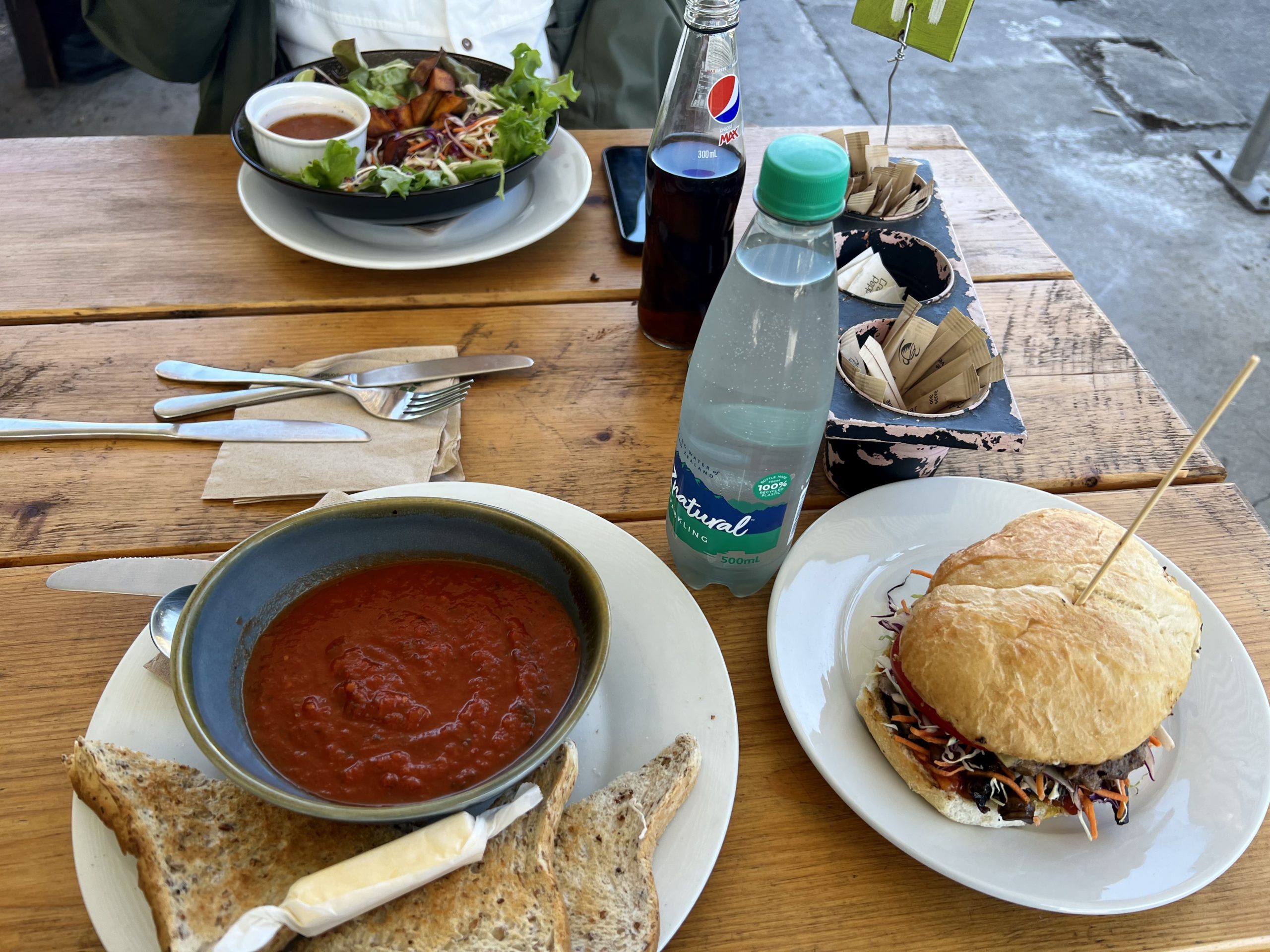
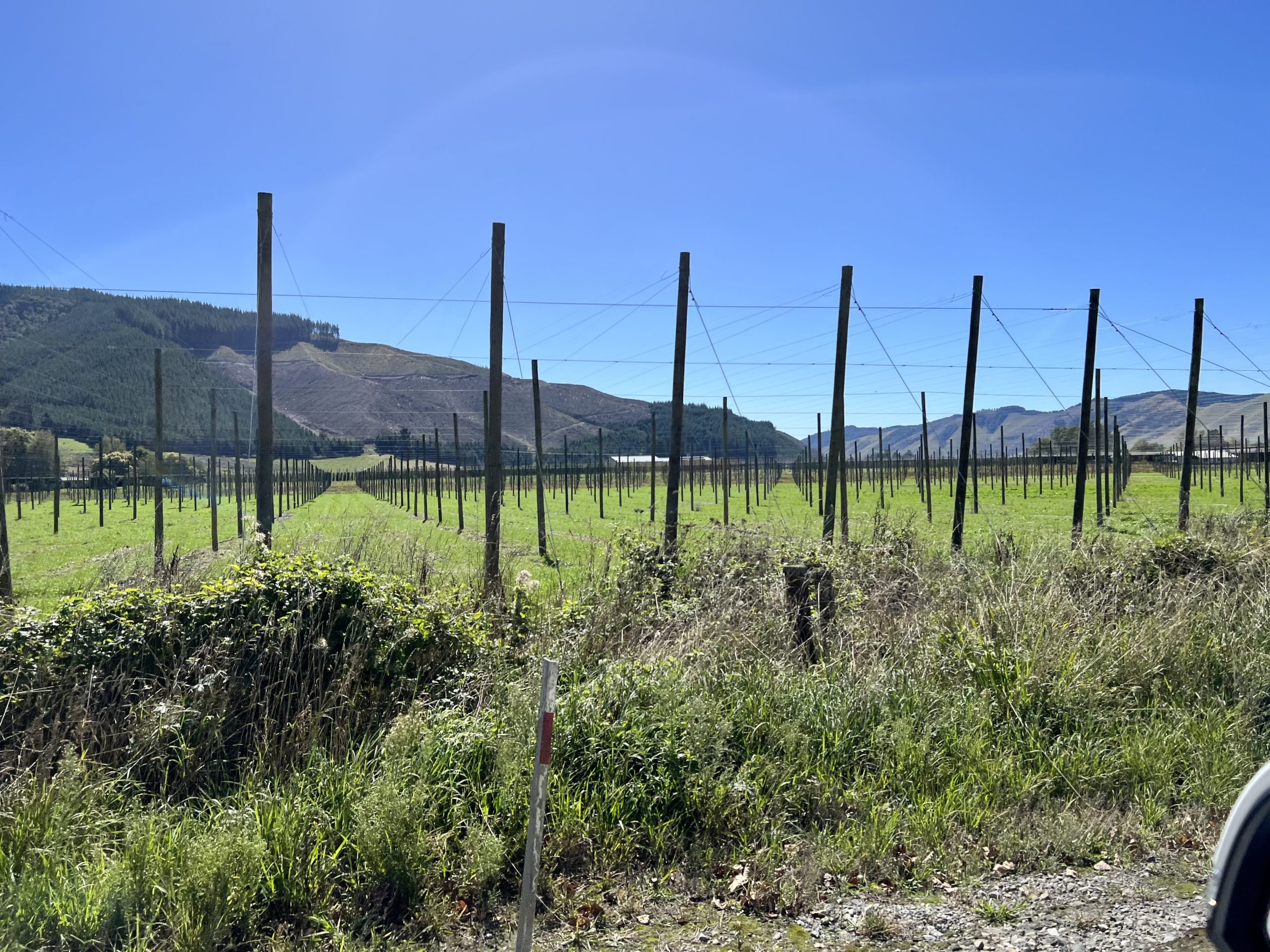
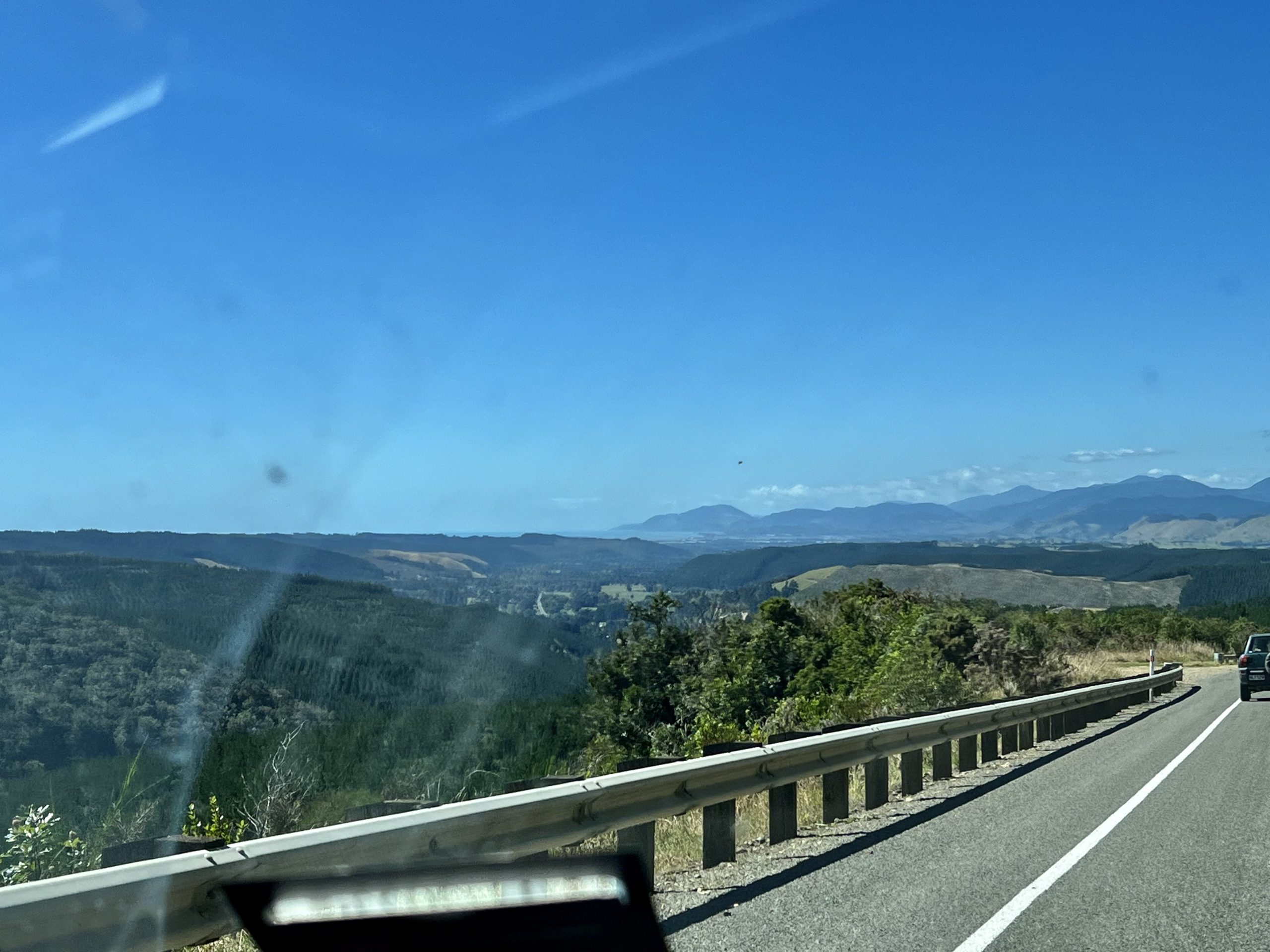
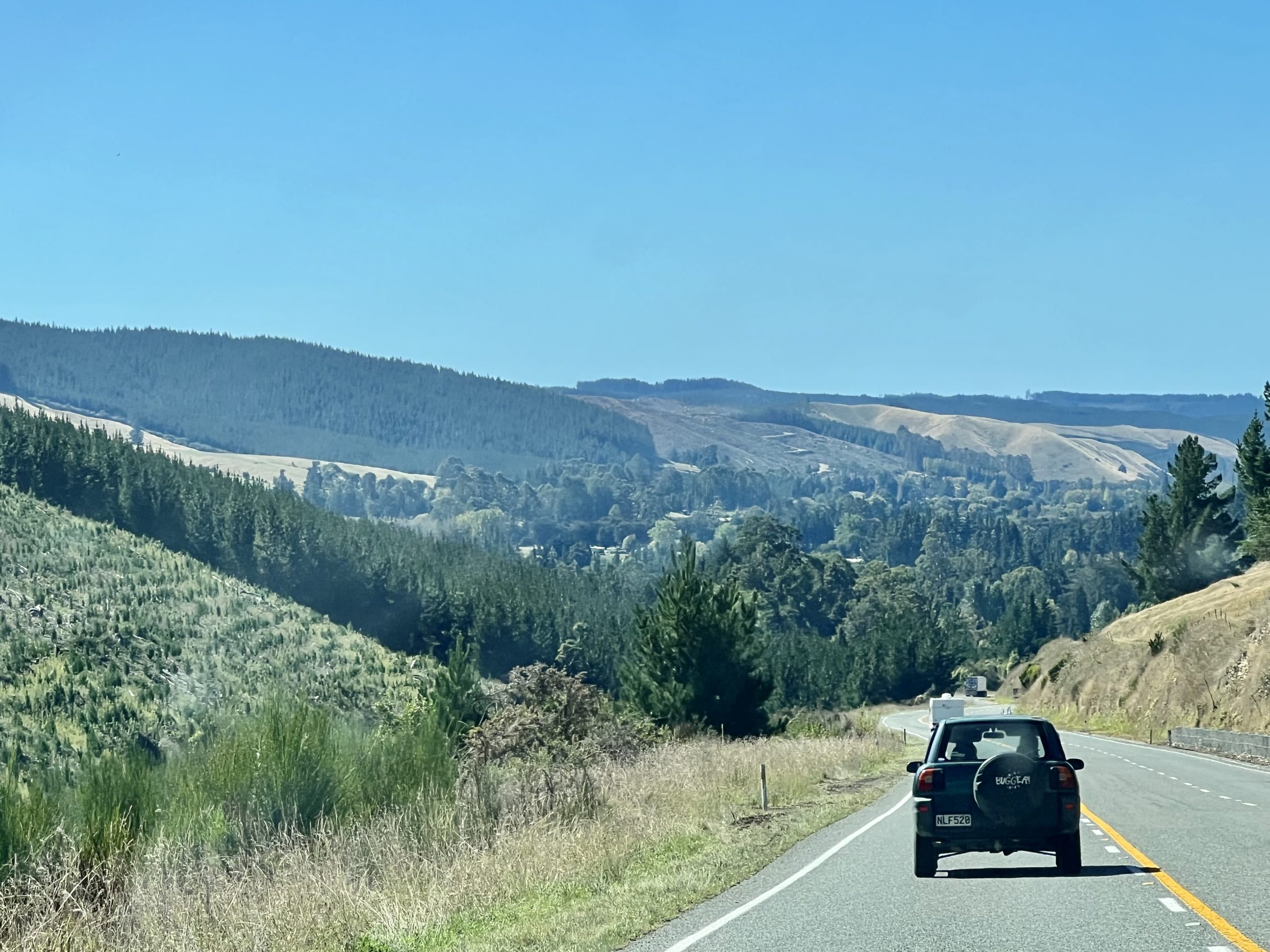
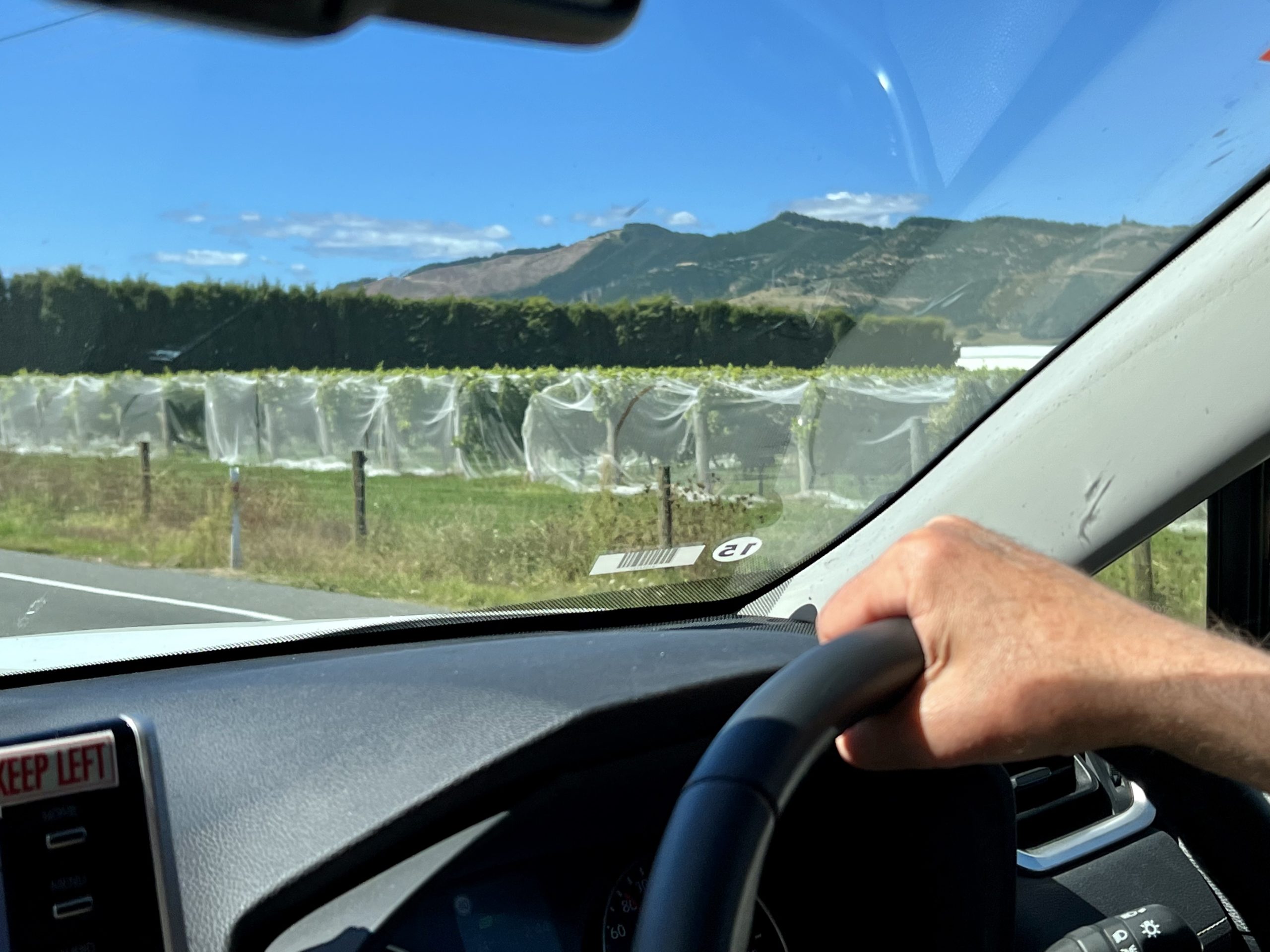
Accommodations

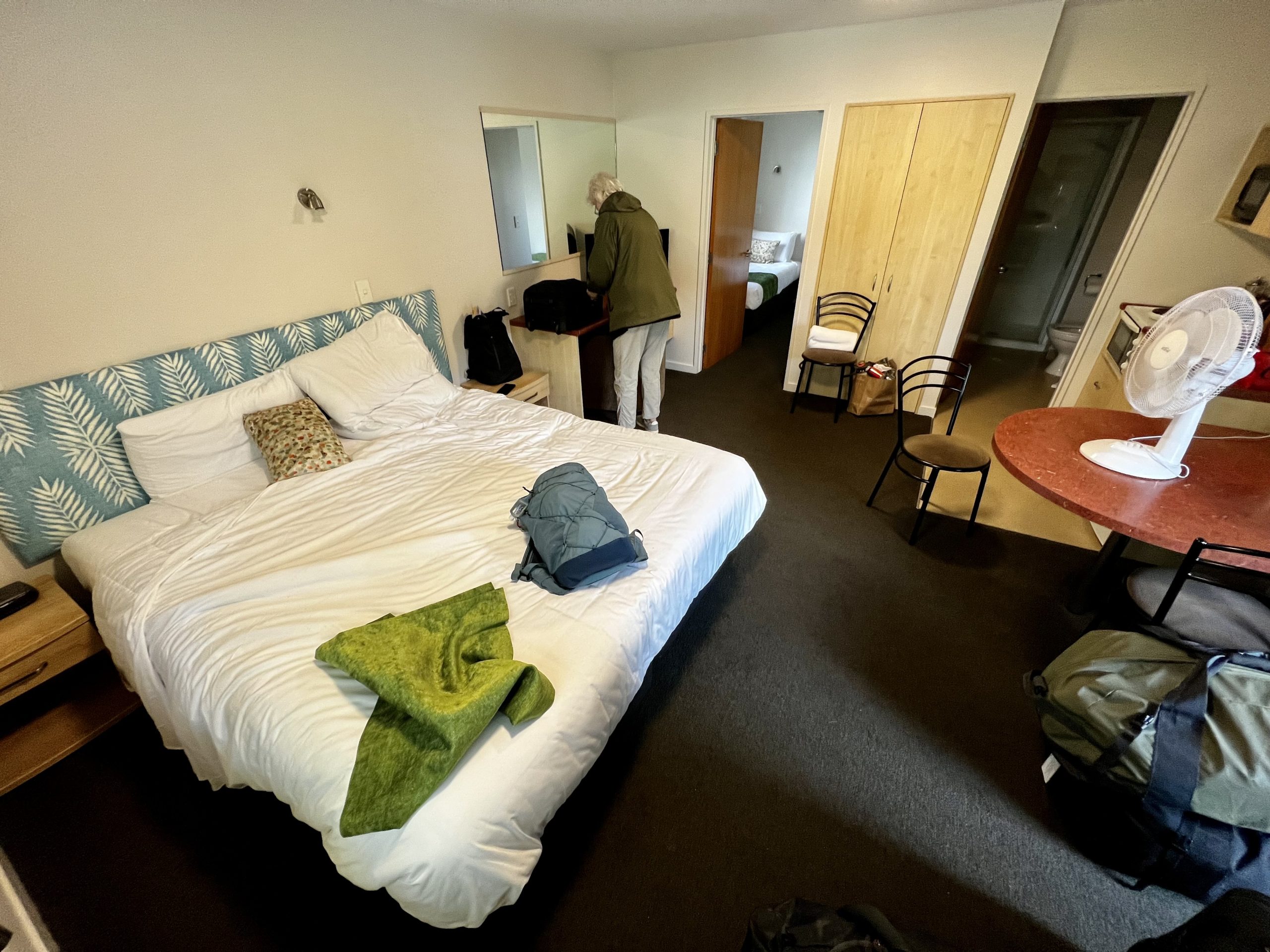
Strolling and Exploring
Established in 1841 and becoming a city by royal charter in 1858, Nelson is the oldest city on the South Island and the second oldest in all of New Zealand. It was settled by the Māori in the early 1300s. While first unsuccessfully settled by a London-based company, Nelson went through both prosperous and lean times in its growth and relationship with the Māori. Today, it appears to be a prosperous economic hub and is known for arts and crafts. Many of the new houses on the surrounding slopes look impressive.
We did not know what we would find in Nelson. Its urban population is only 51,000 with just 4,000 more in the surrounding territory. We expected a quaint small town with a few blocks of retail. Not the case. All the major New Zealand outdoor clothing brands are here: MacPac, Mountain Warehouse, Kathmandu, etc. The canopied retail area is immense, covering many blocks with large areas for parking inside the blocks. Some retail shops face the parking areas so that they do not appear as back-of-house environments. We’re not sure how the economics of the city work with so much retail and the modest population size, but it seems to be fine. Unfortunately, the downtown is pretty dead at night. There are a few restaurants and bars, but not enough to keep the place lively after 5:00 pm. The large working port area is barely two miles from the downtown. It has a few upscale eateries on the water along with sailboat races of very small boats before the sun sets. In Nelson Bonnie made it to her first post-covid movie on one of Robert’s fishing days. She and a handful of other white-haired people saw Bill Nighy in Living. She also visited the jeweler that did all the jewelry for Lord of the Rings and found a terrific bookstore.
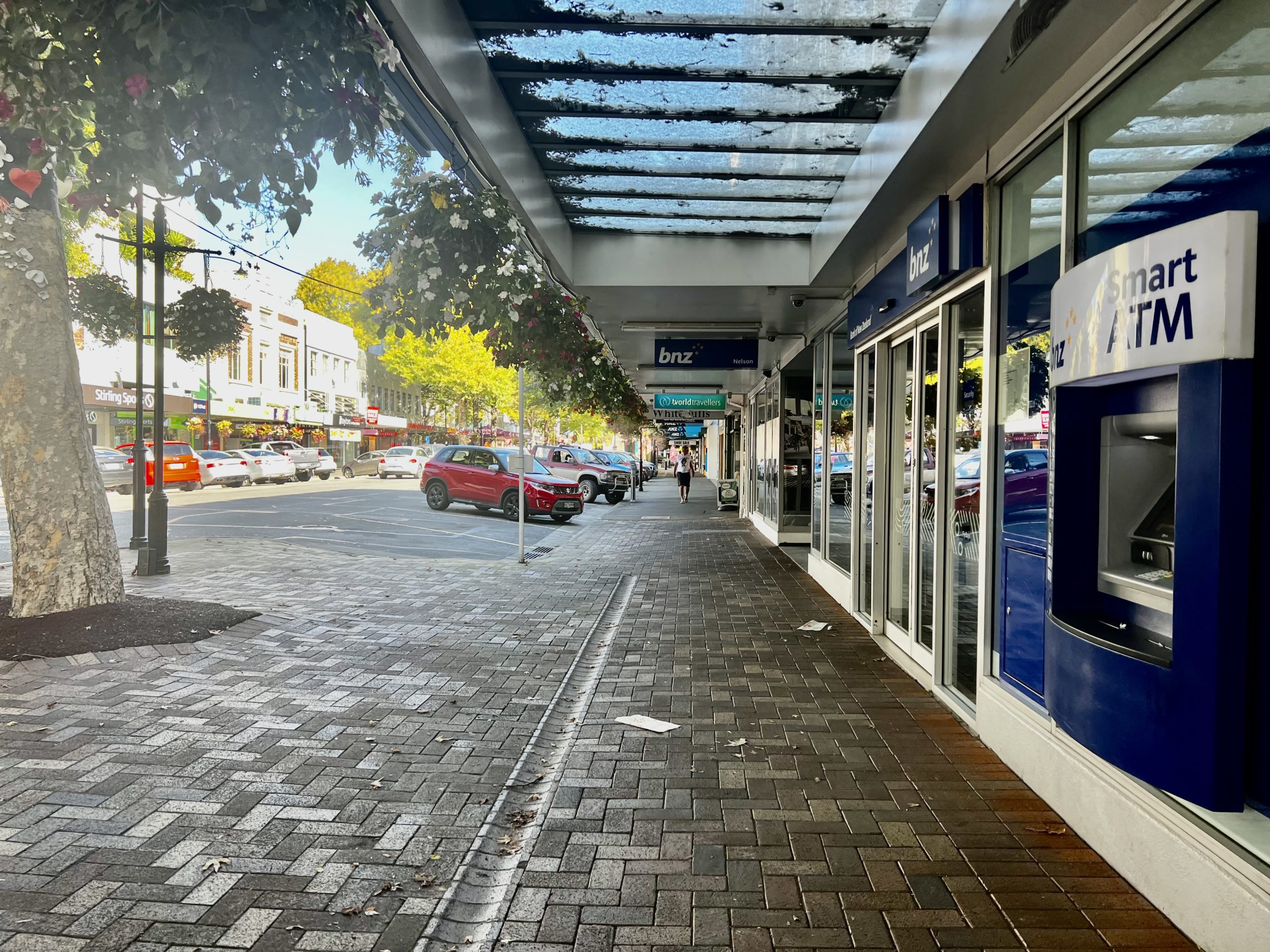
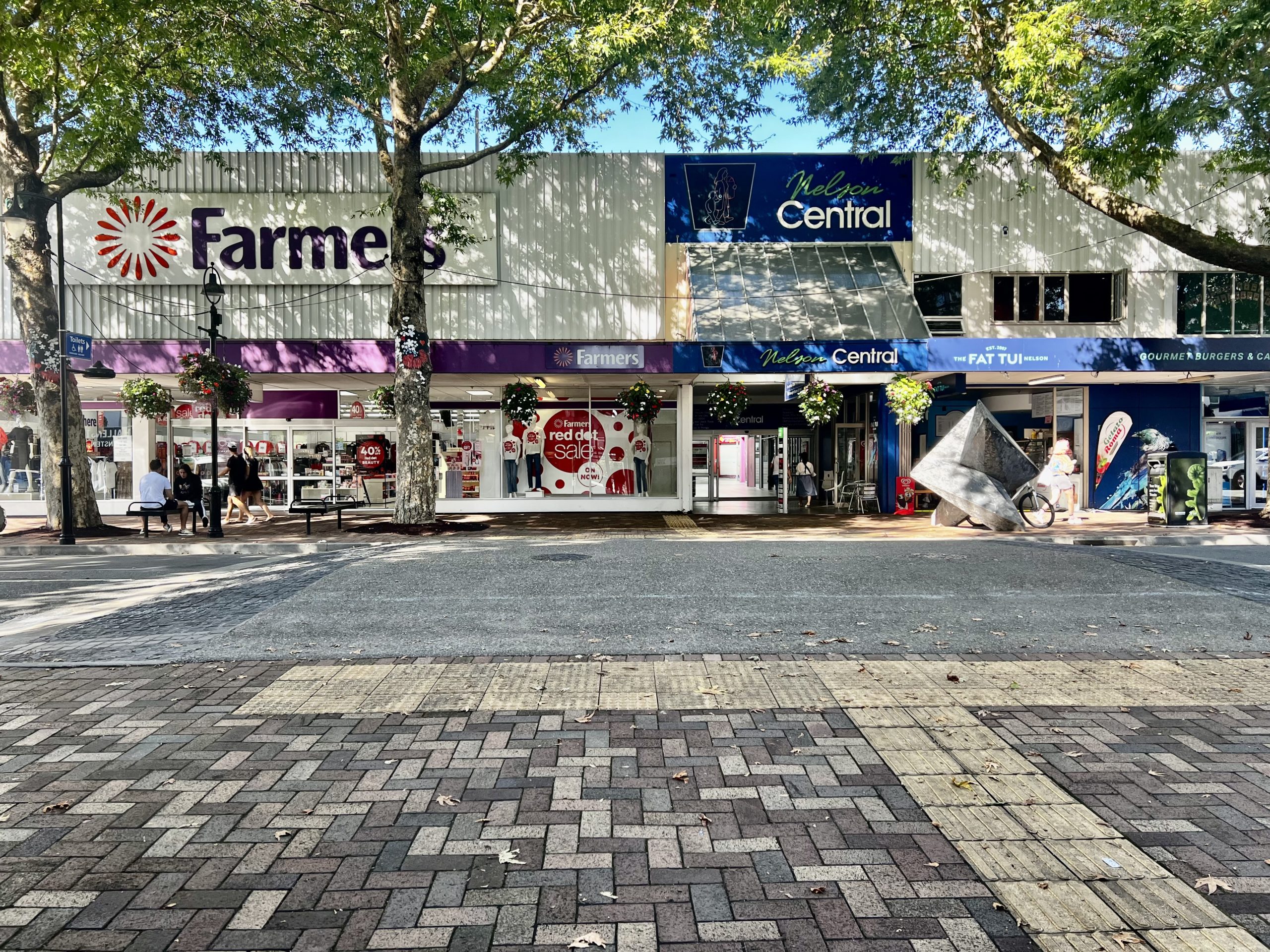
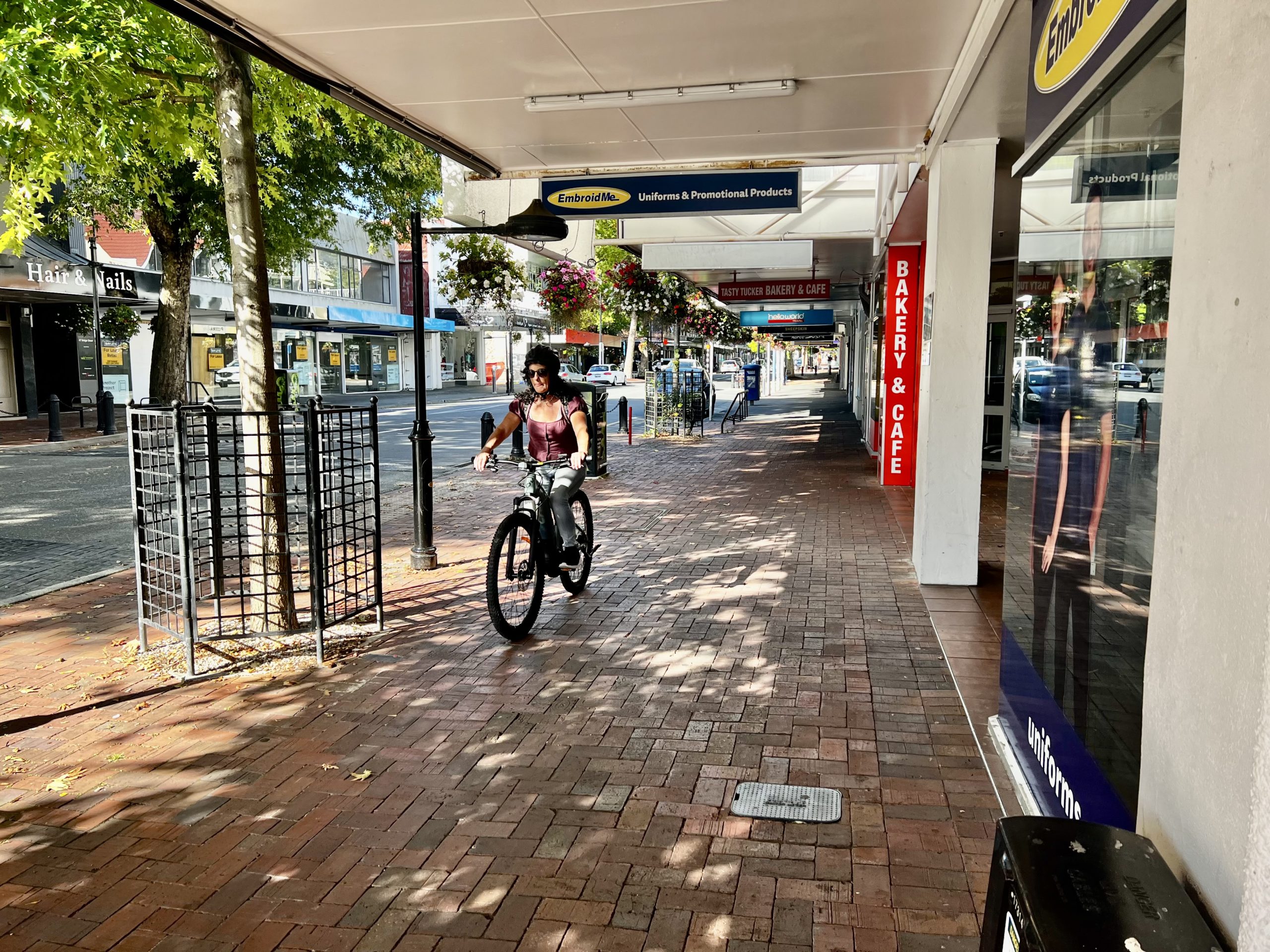
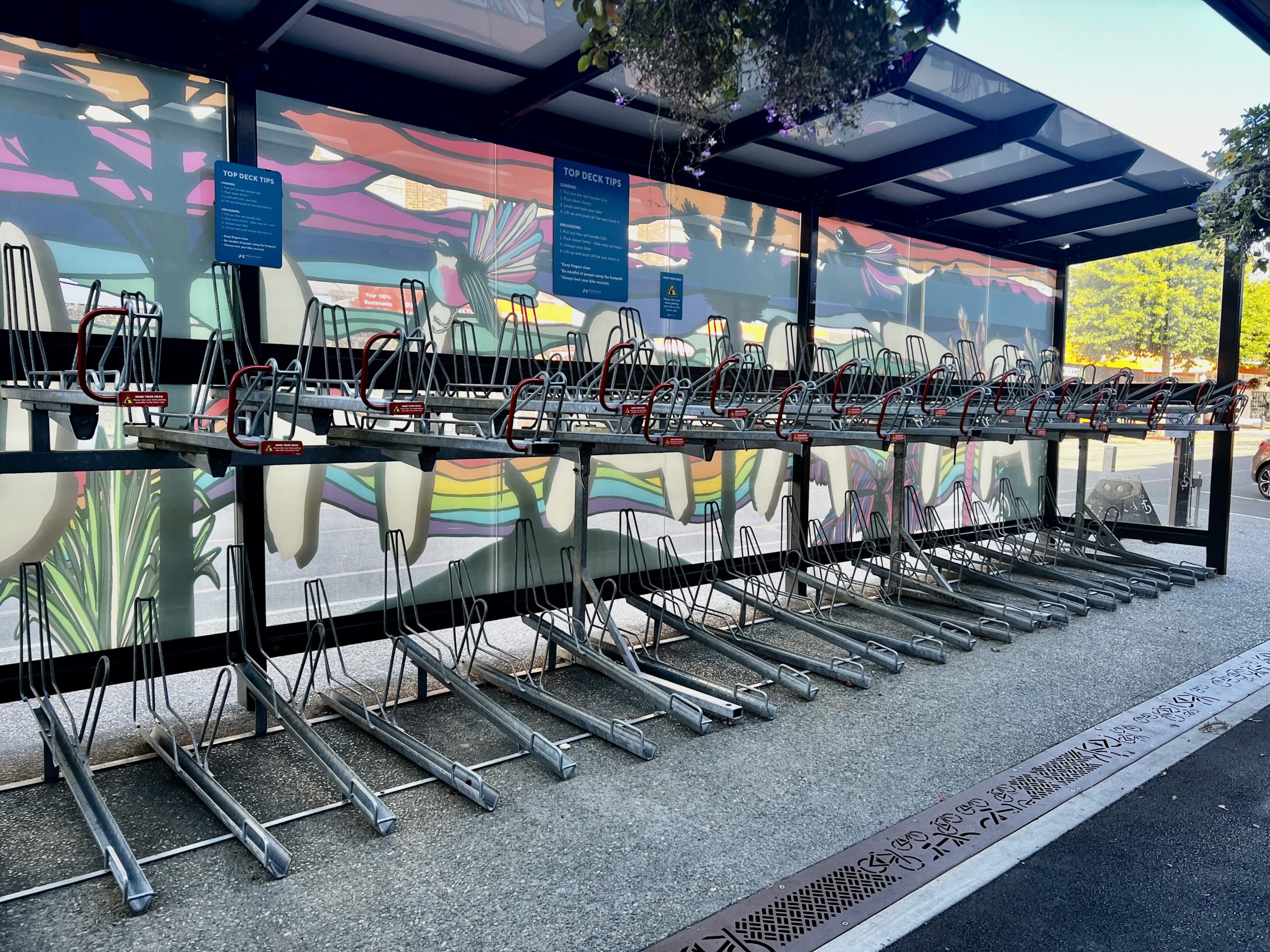
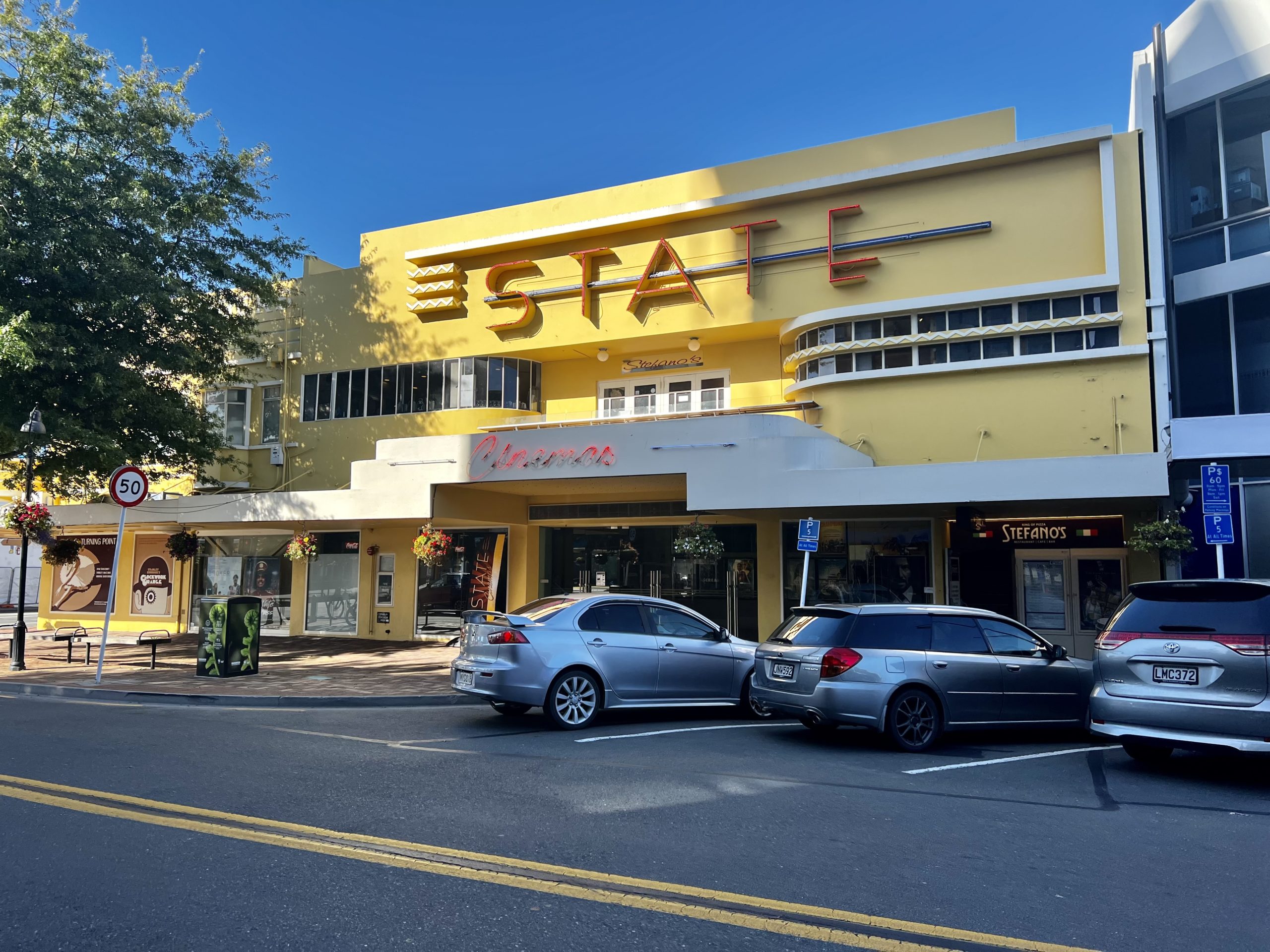
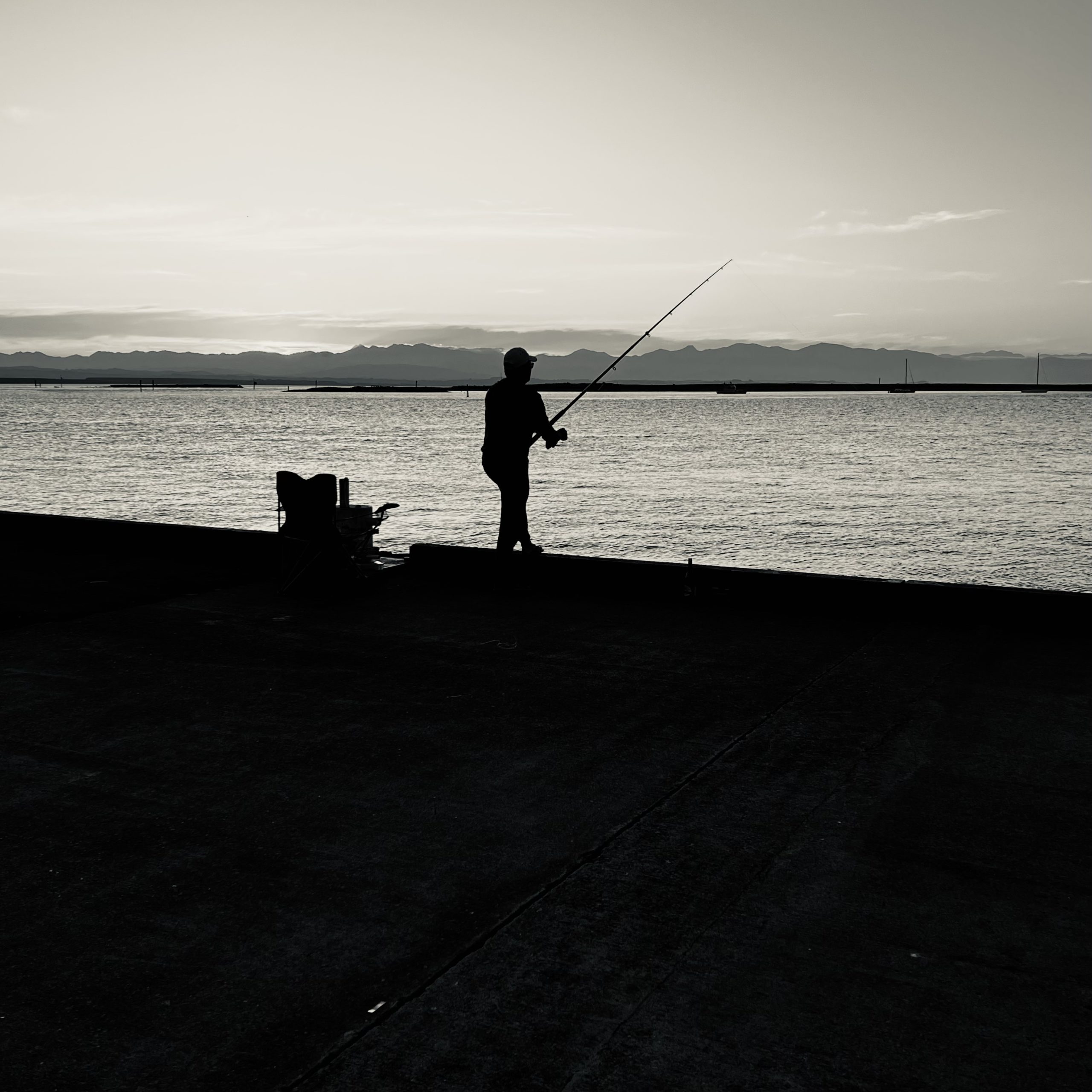
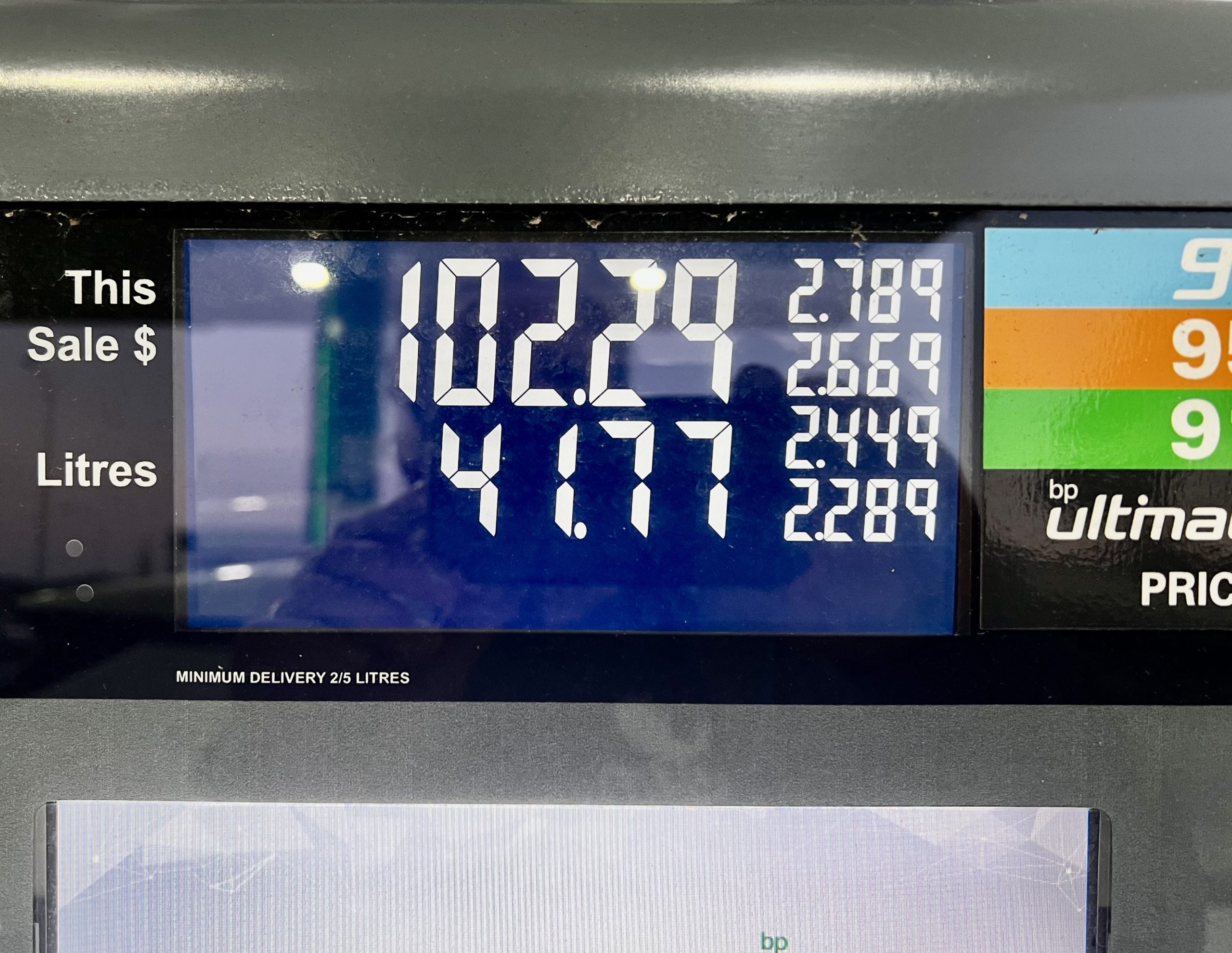
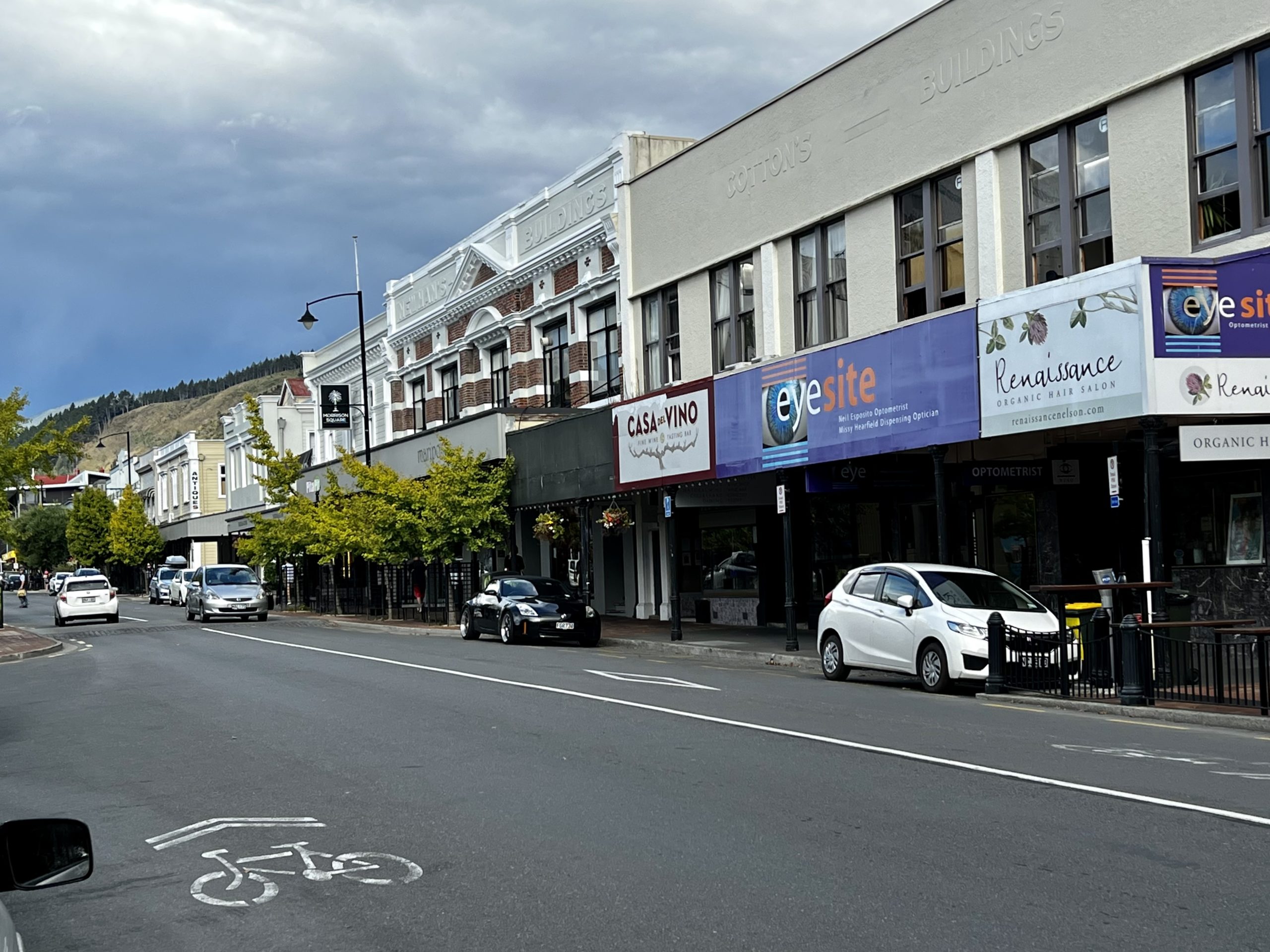
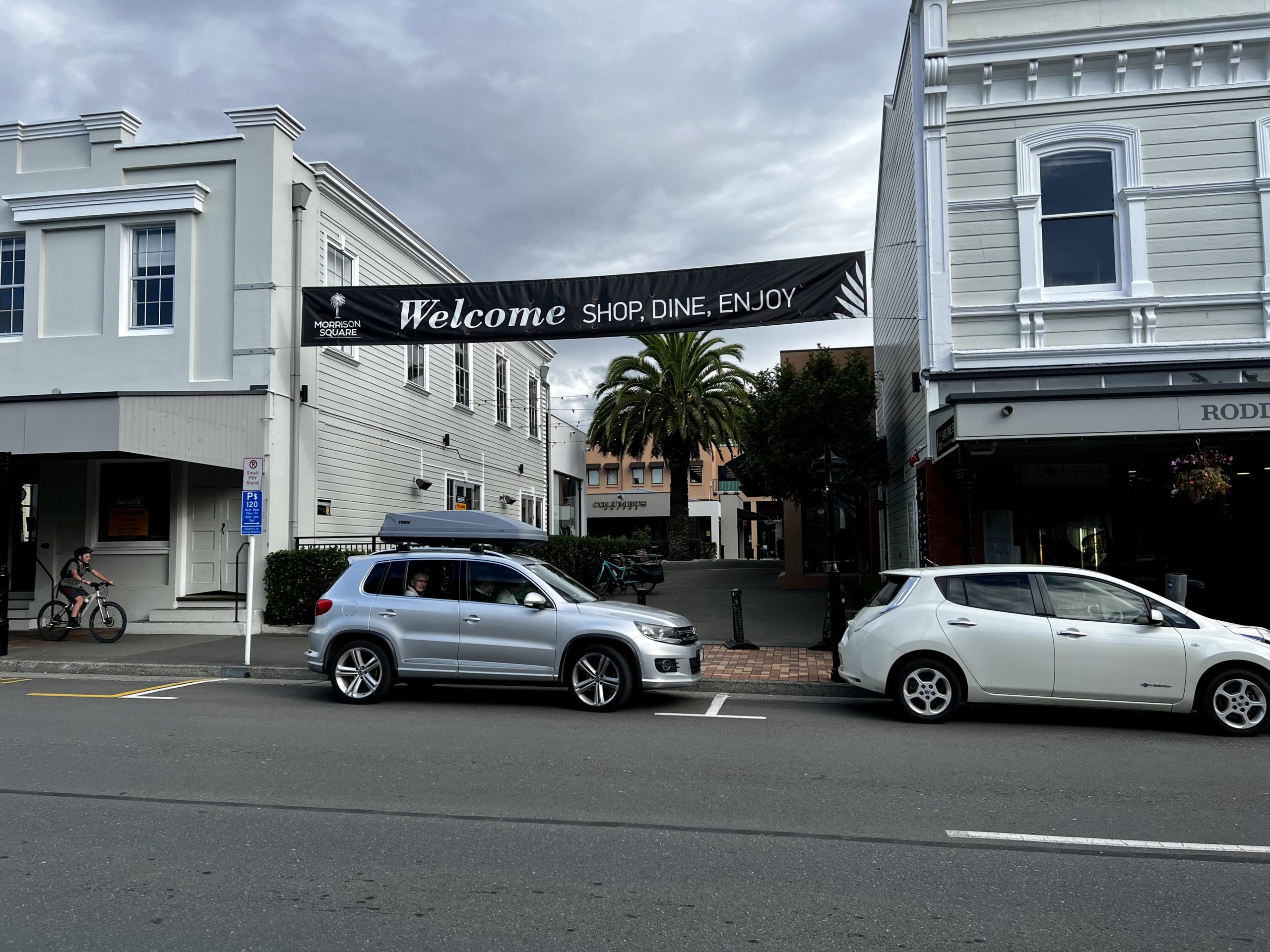
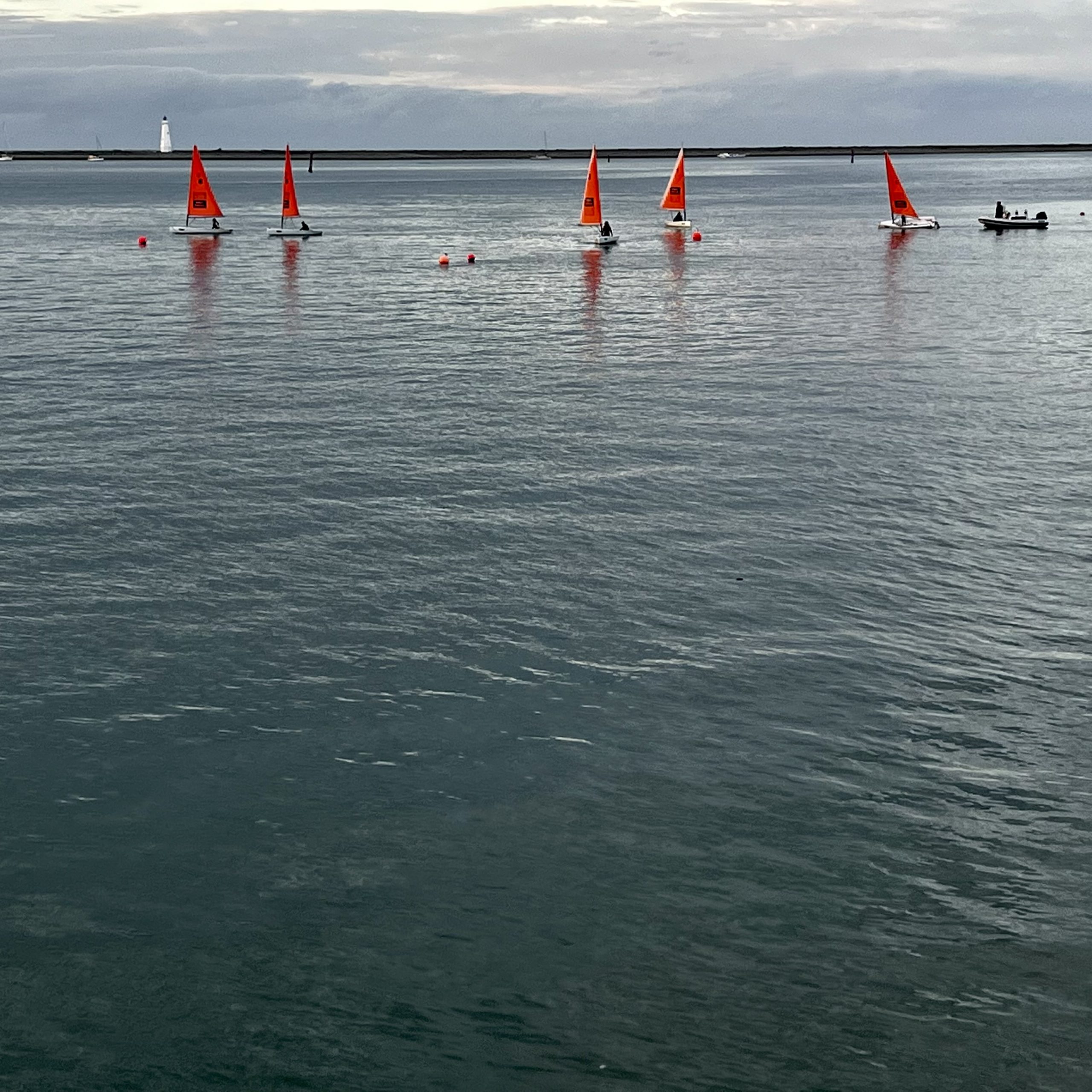
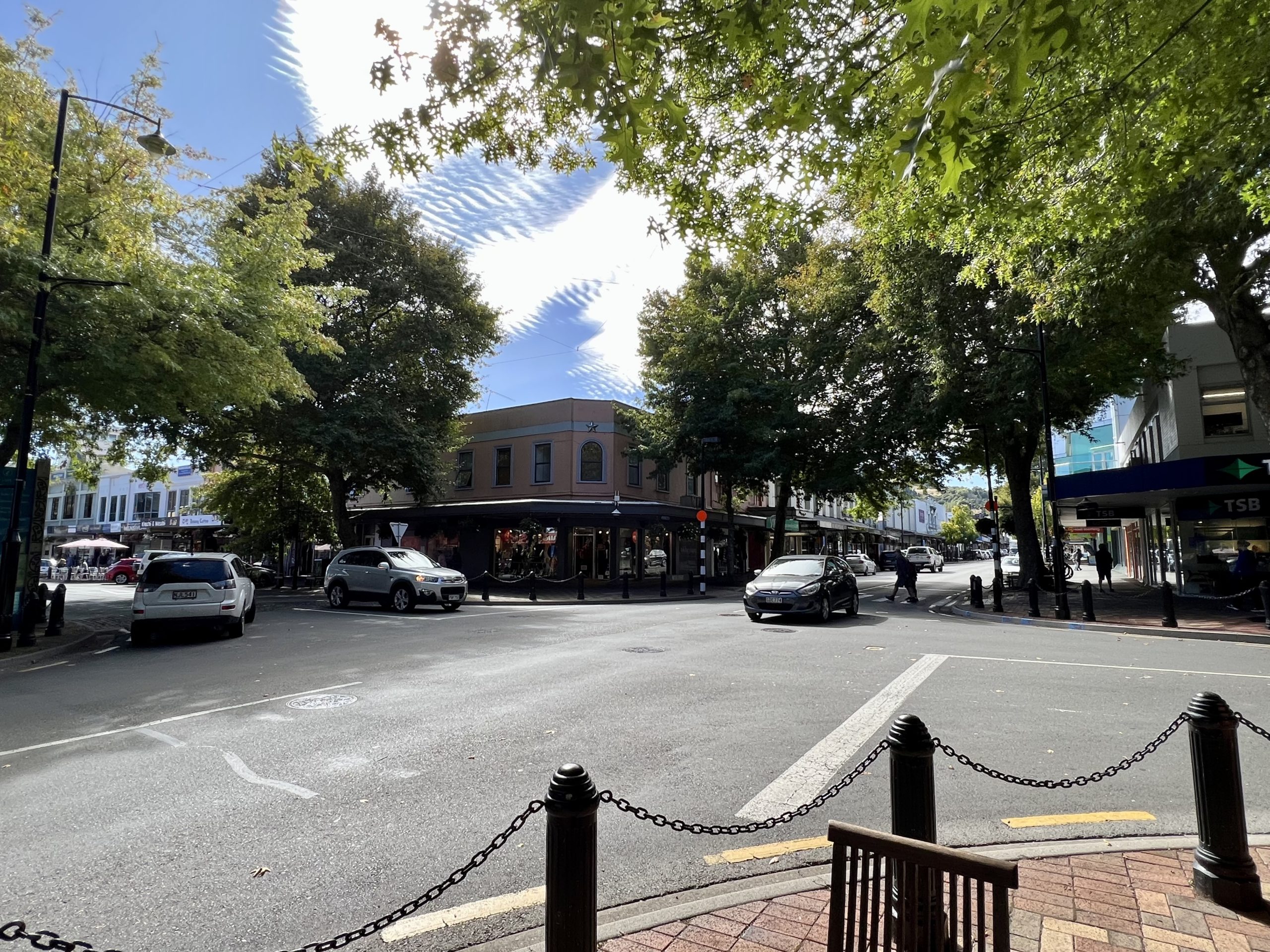
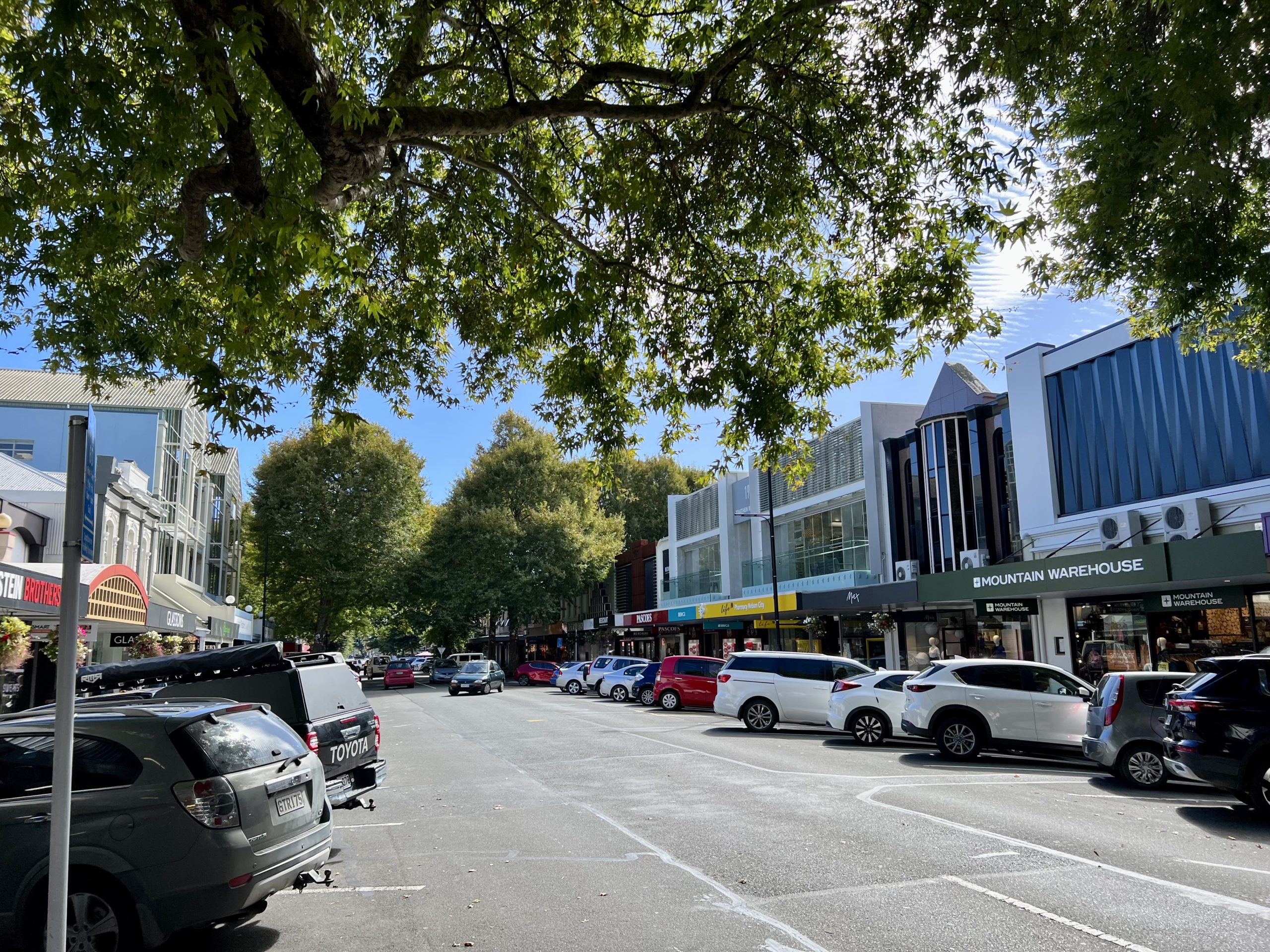
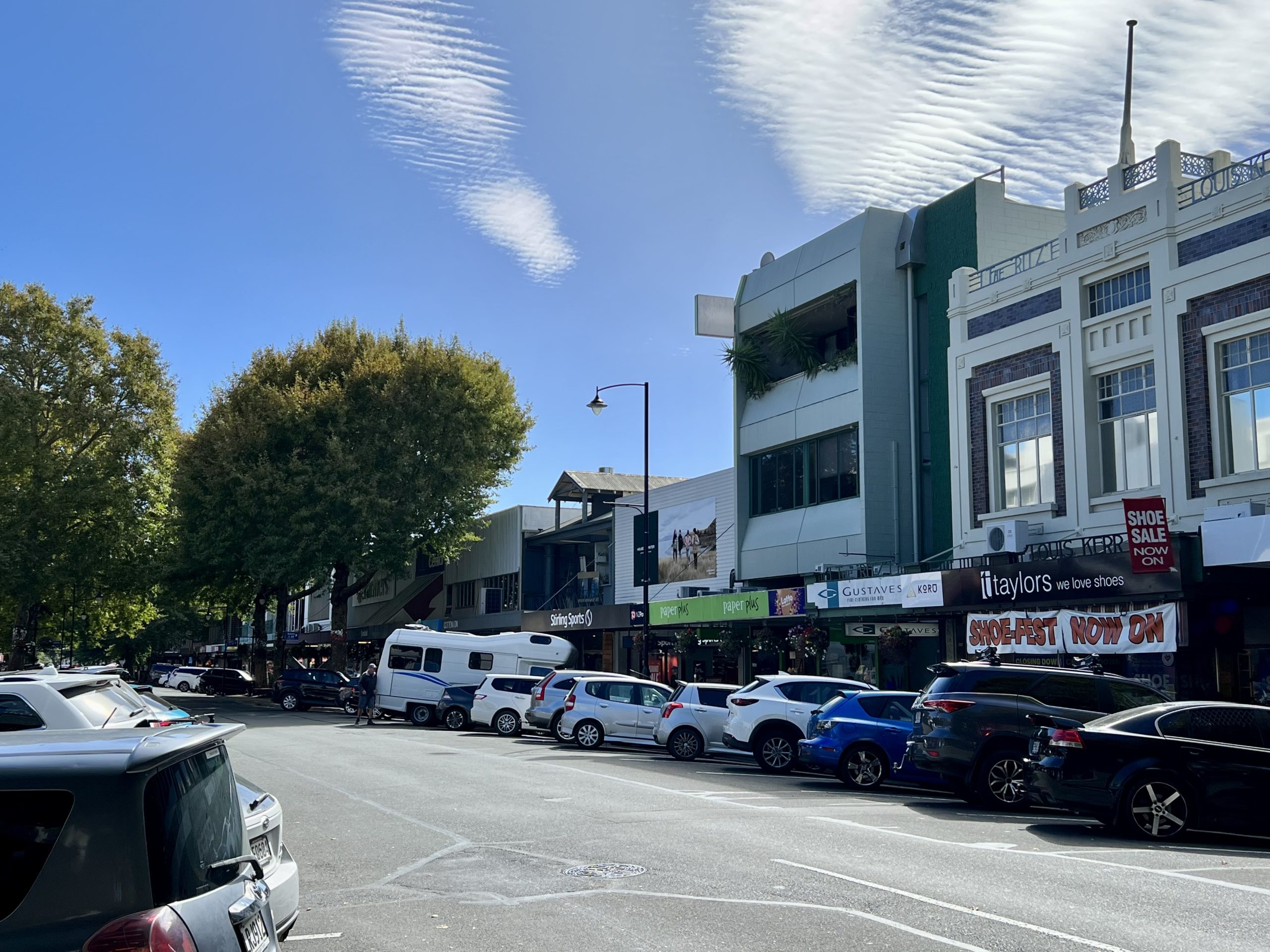
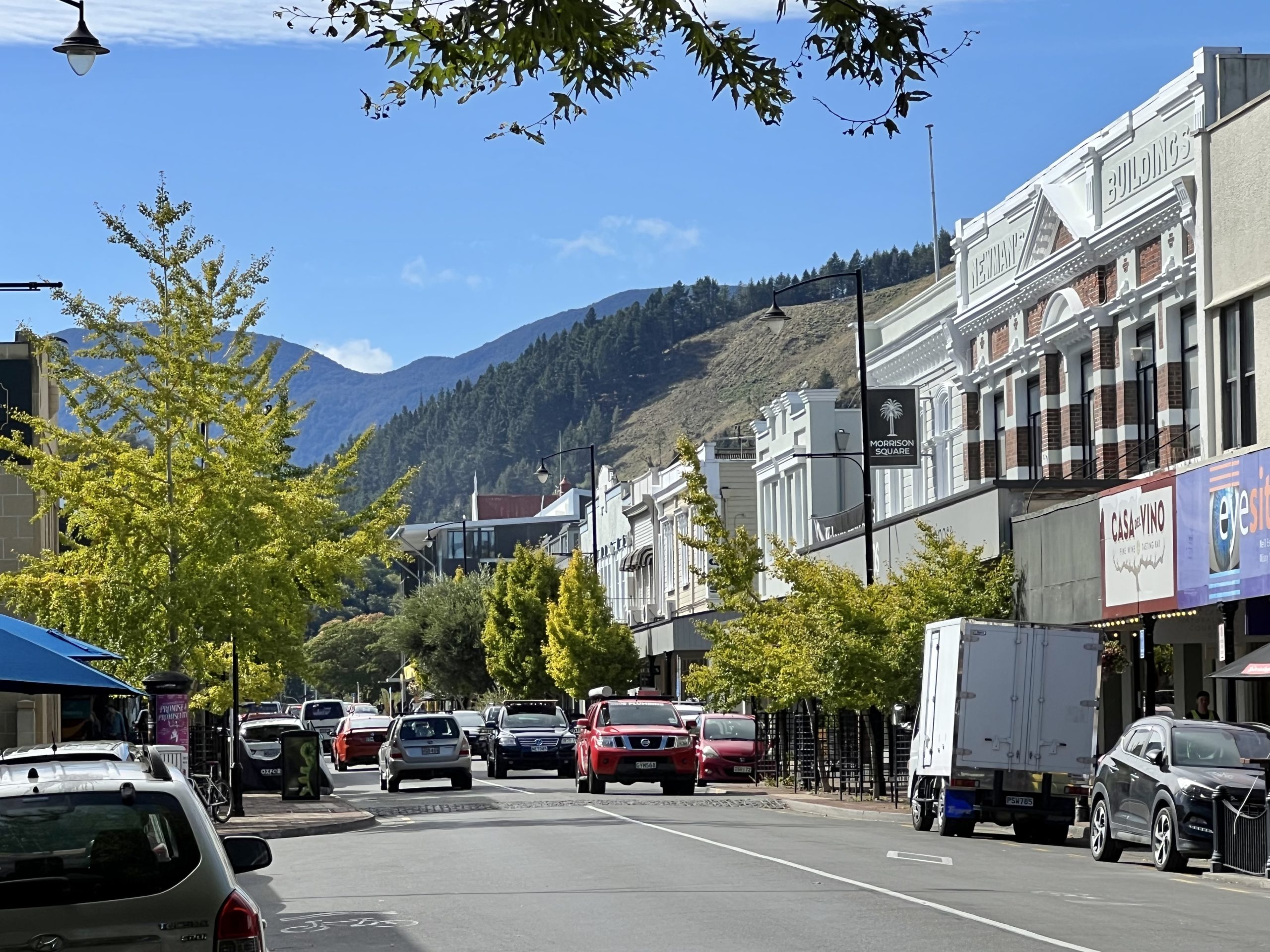
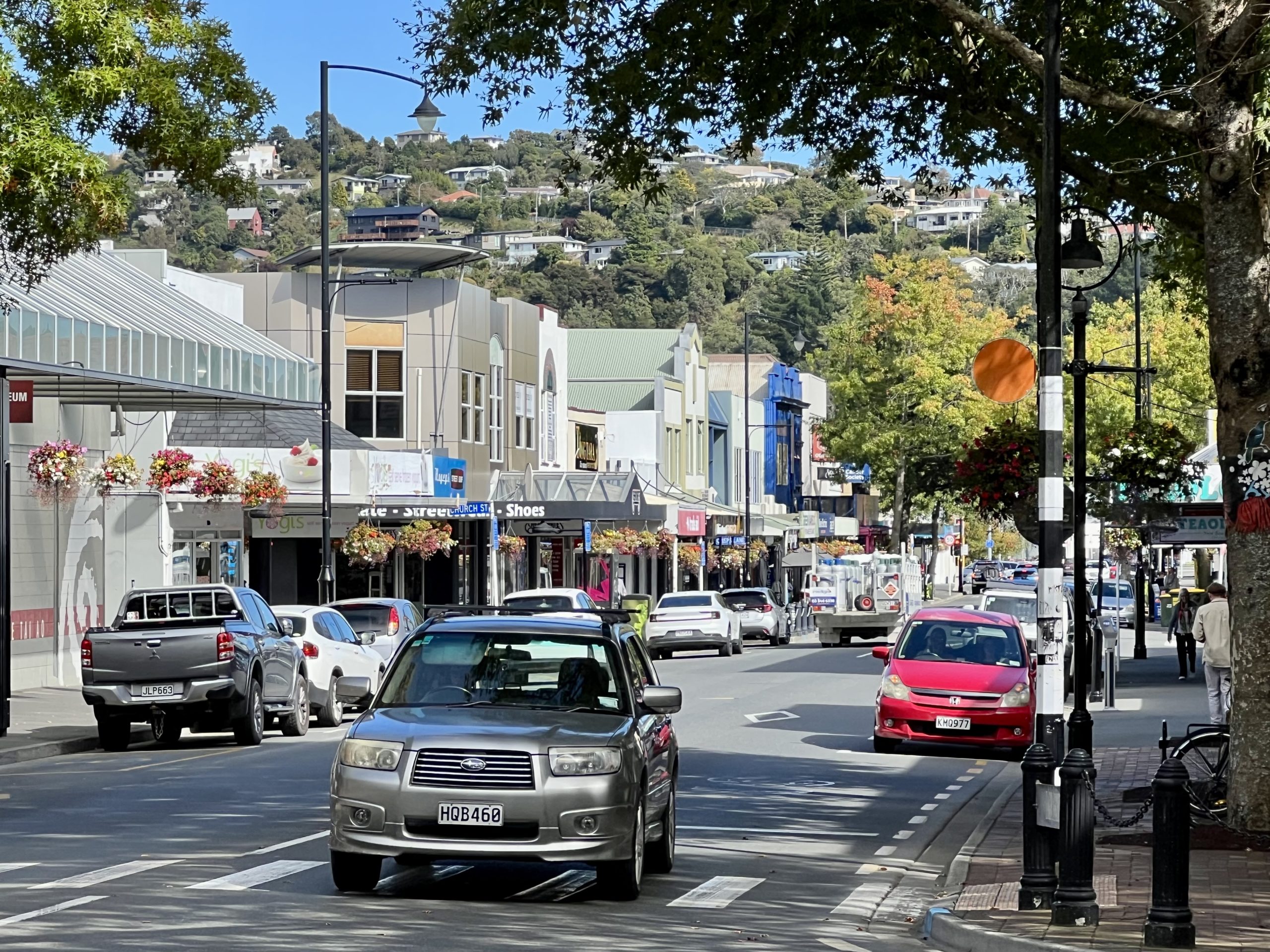
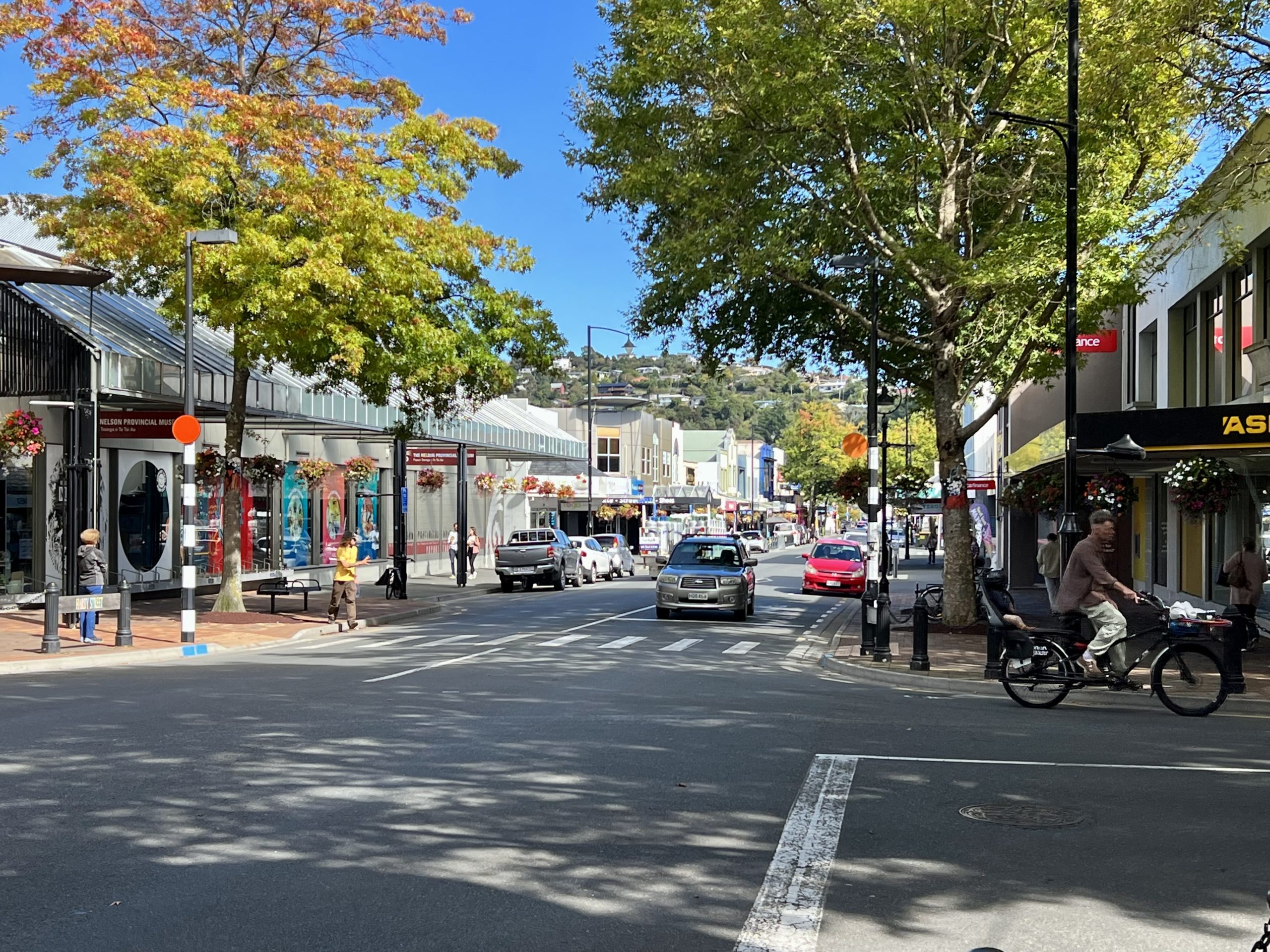
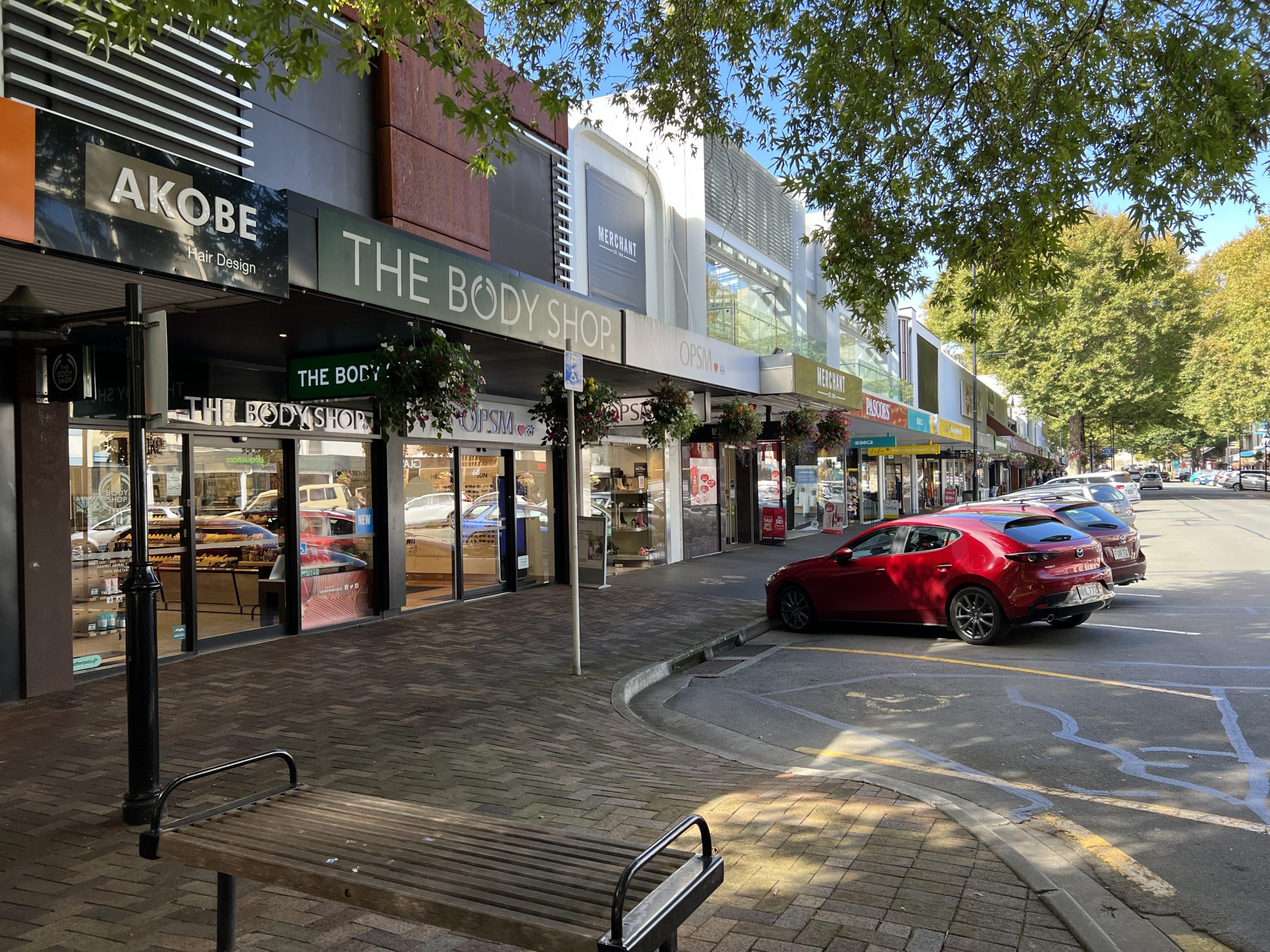
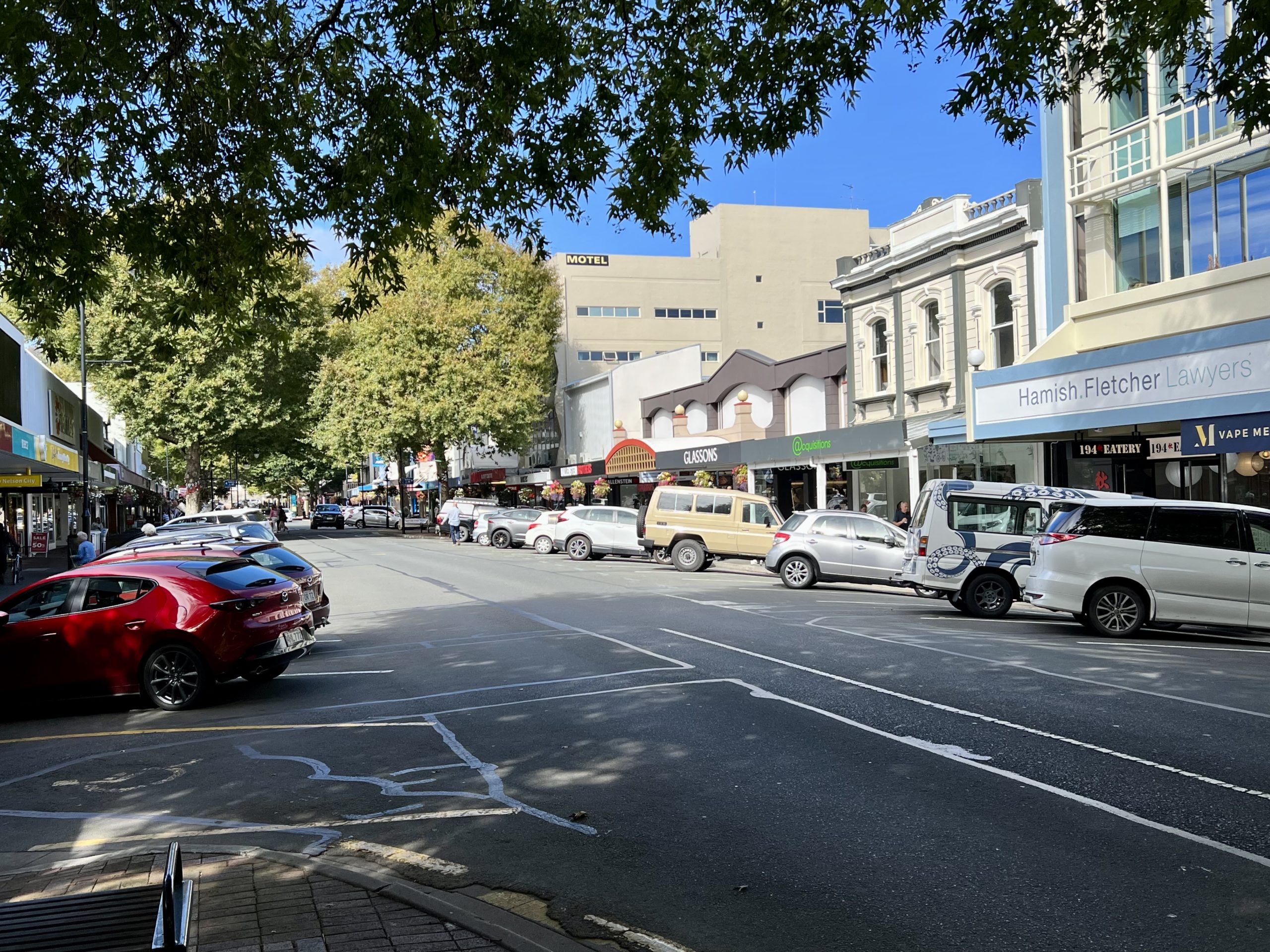
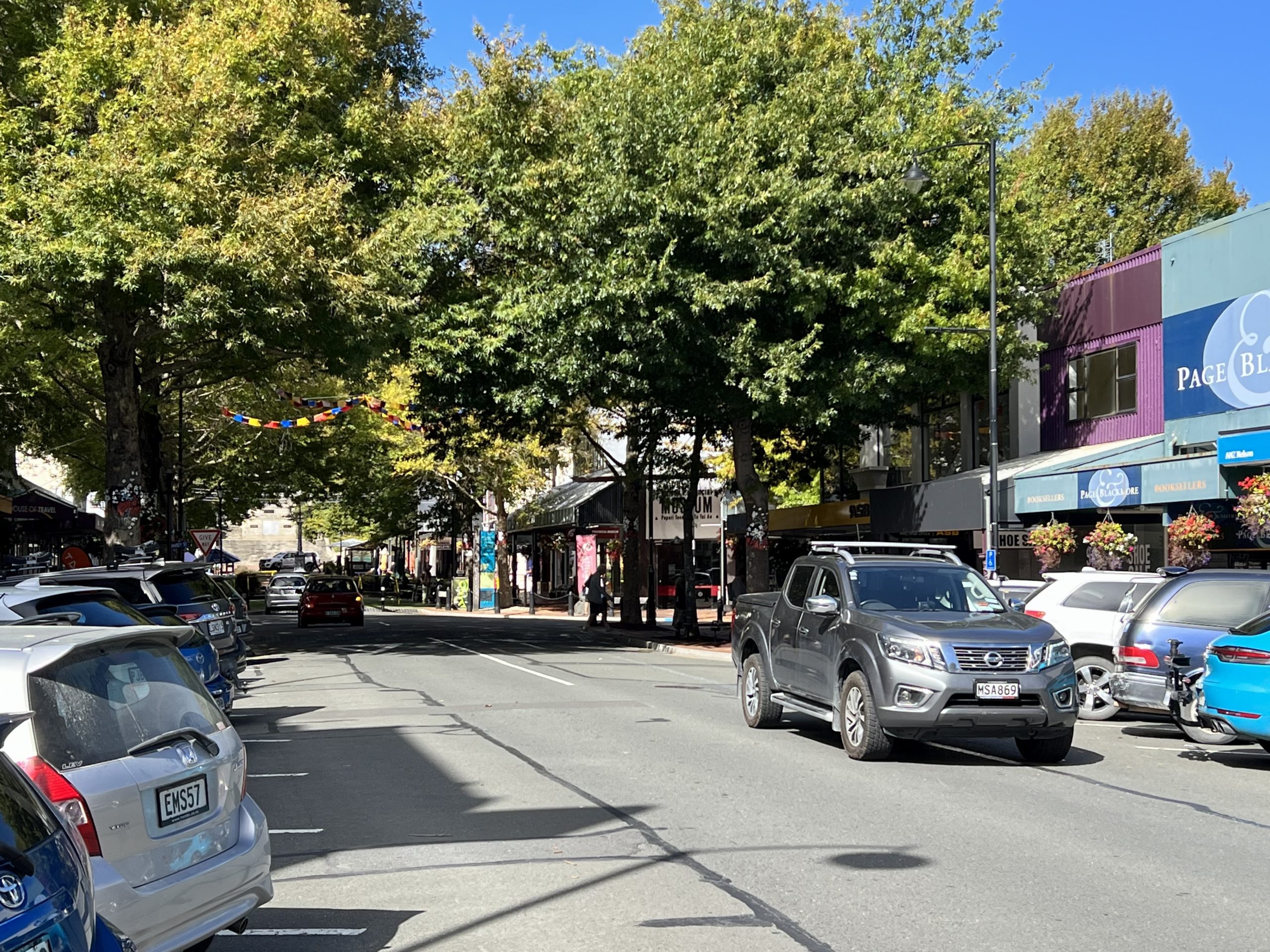
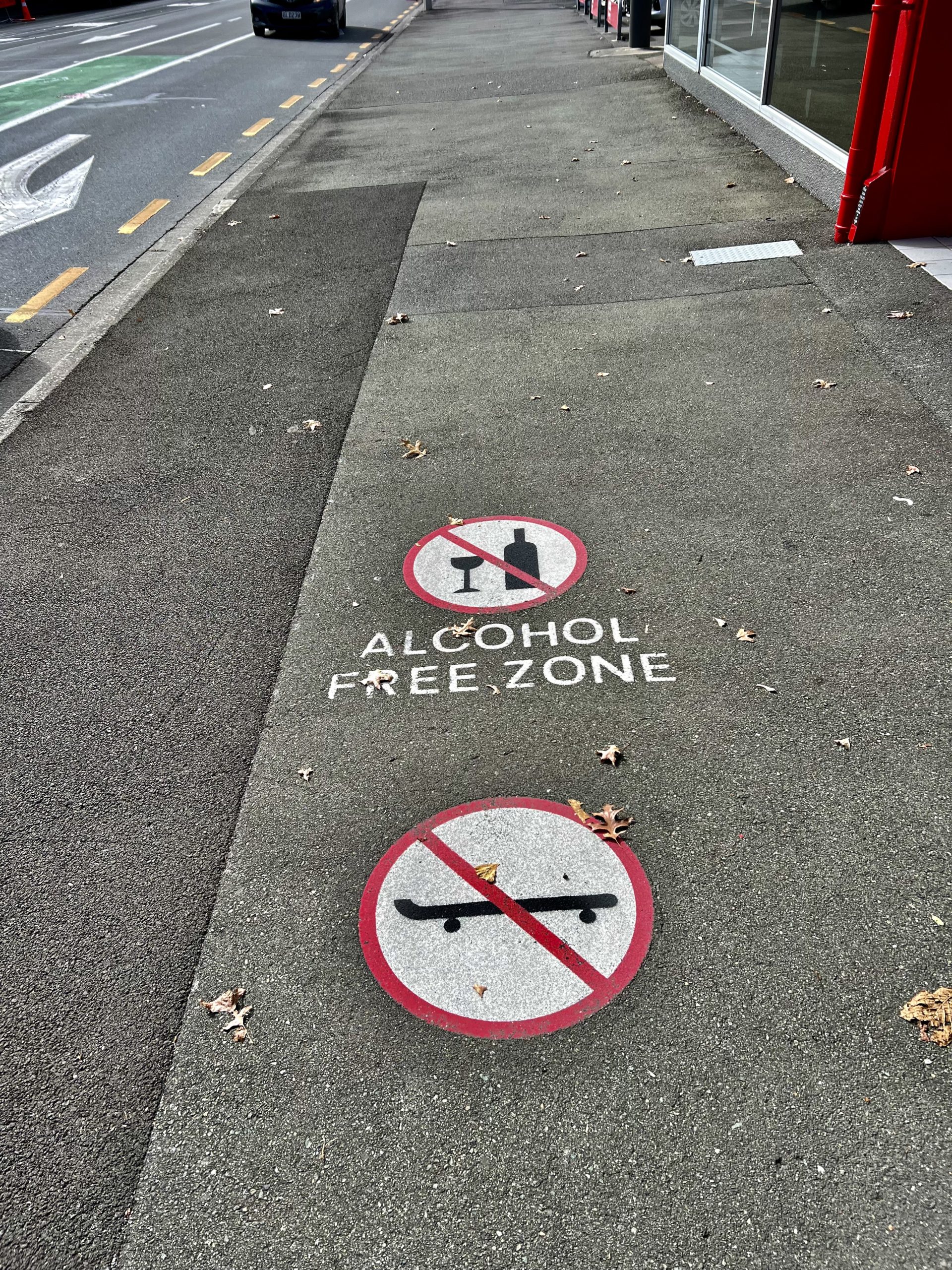
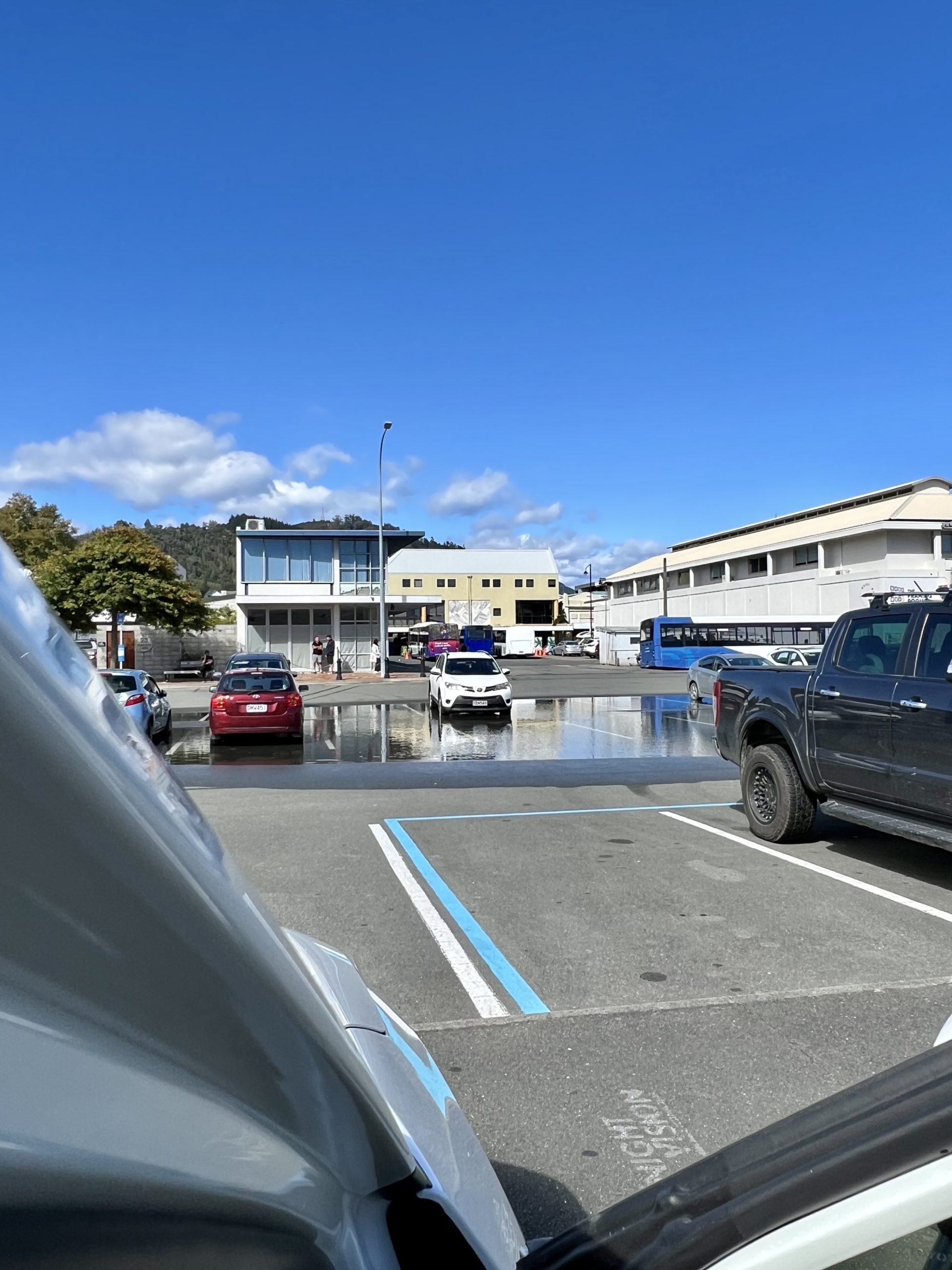
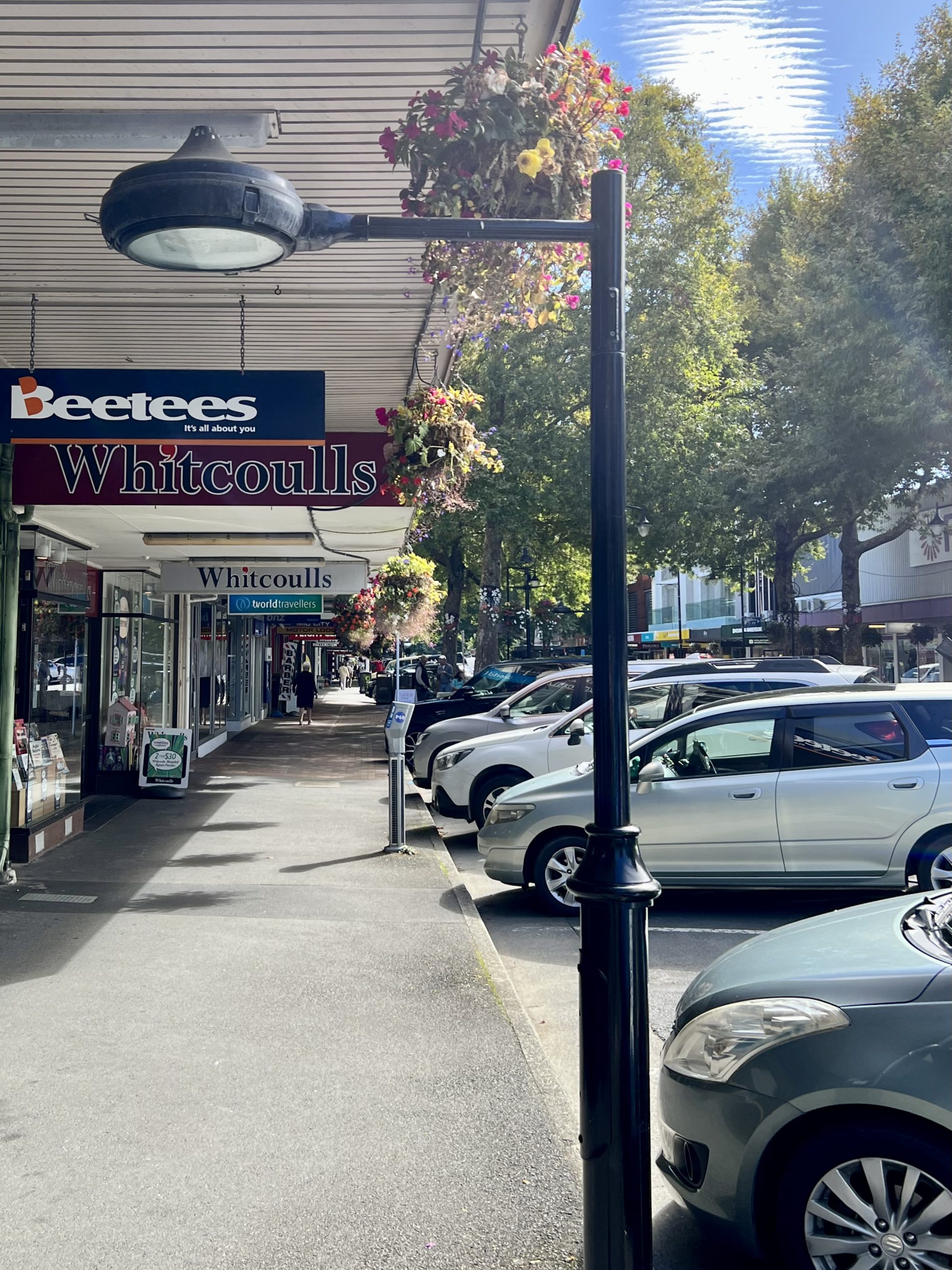
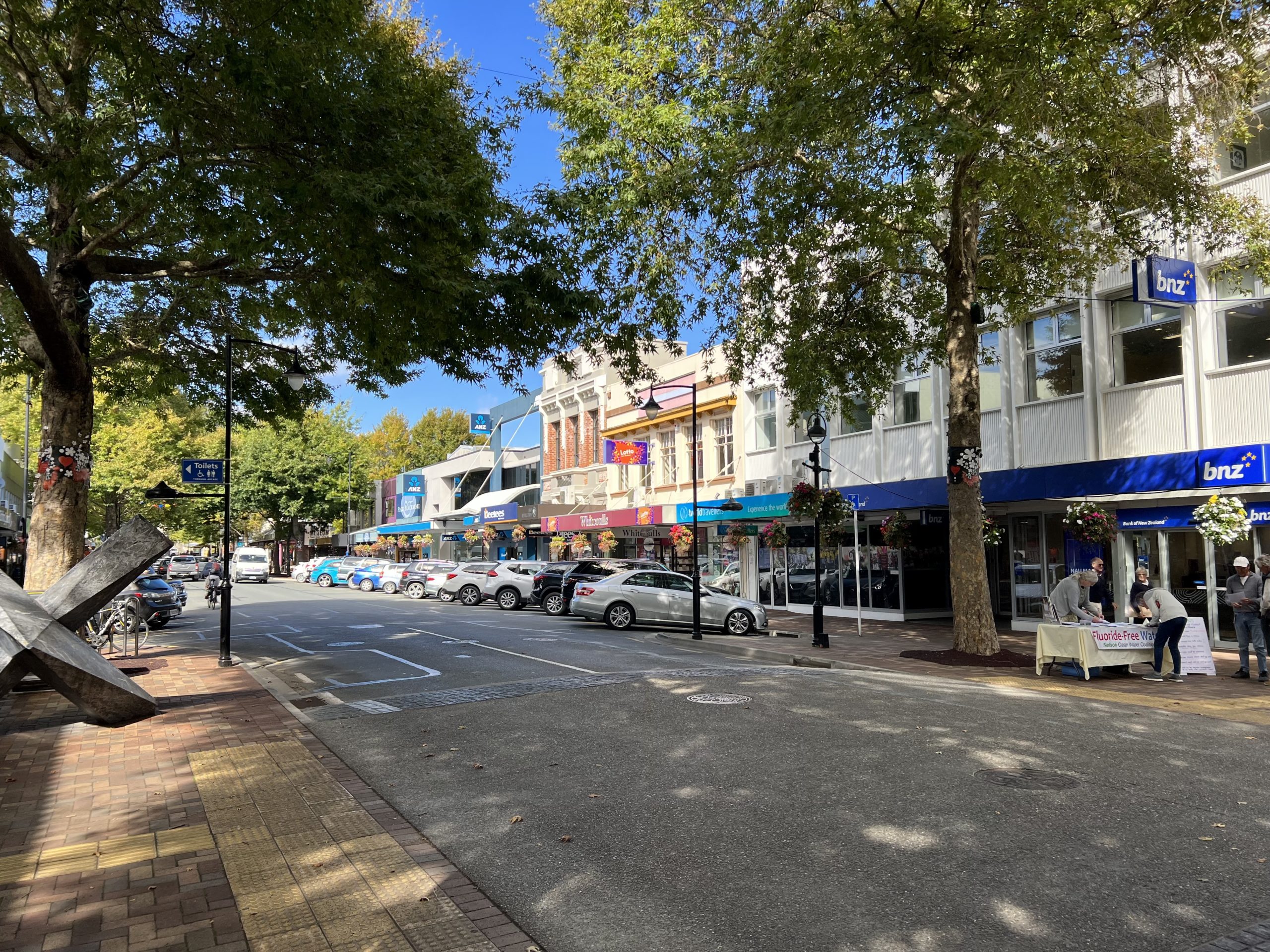
A Drive in the Countryside
We decided that rather than spending a day making the arduous drive east to Marlborough to see the big famous wineries, we would head west to drive the roads along Tasman Bay. We took roughly the route the fly fishing guide used each day with Robert. It was a delightful route with many small places to stop.
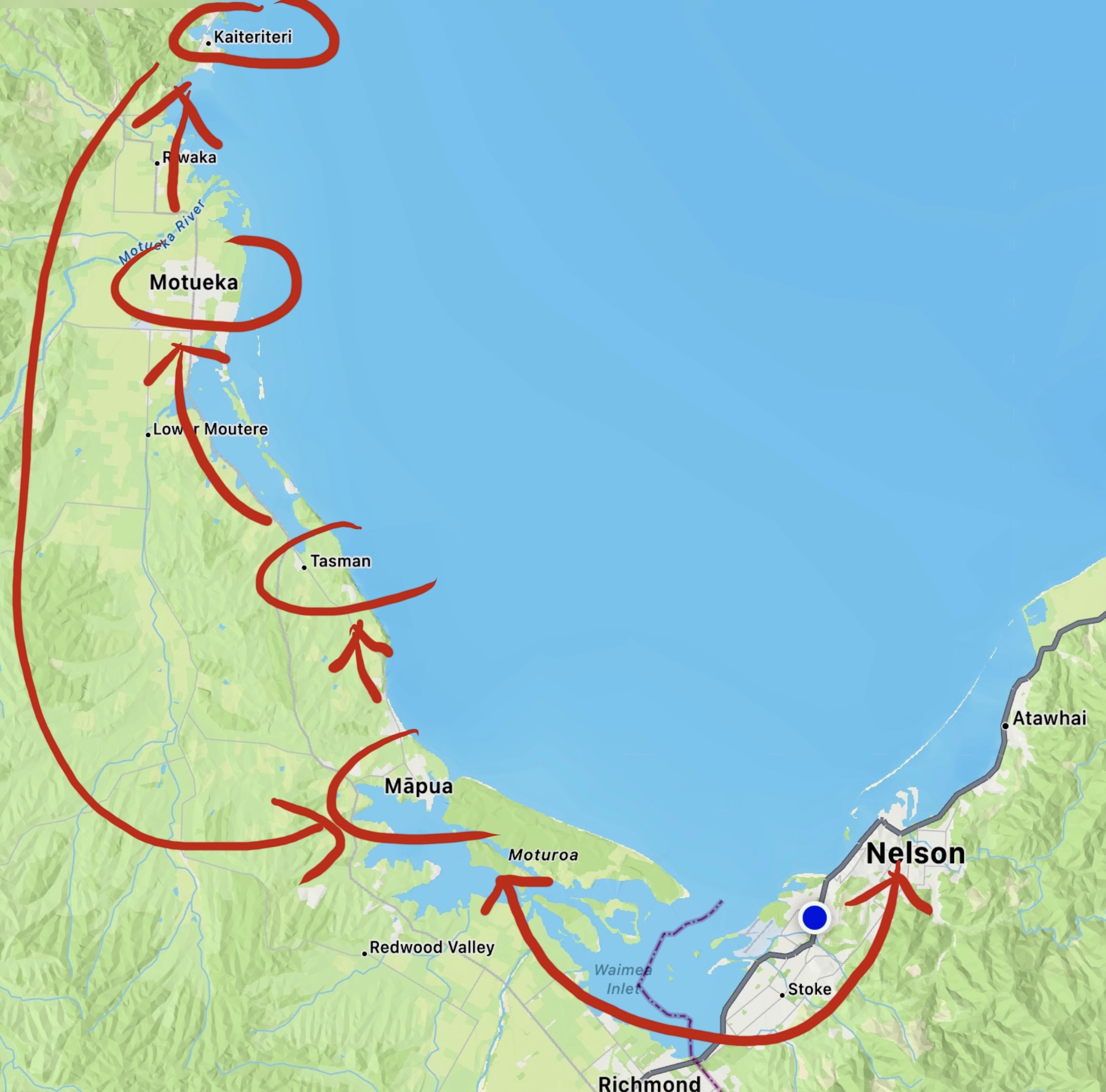
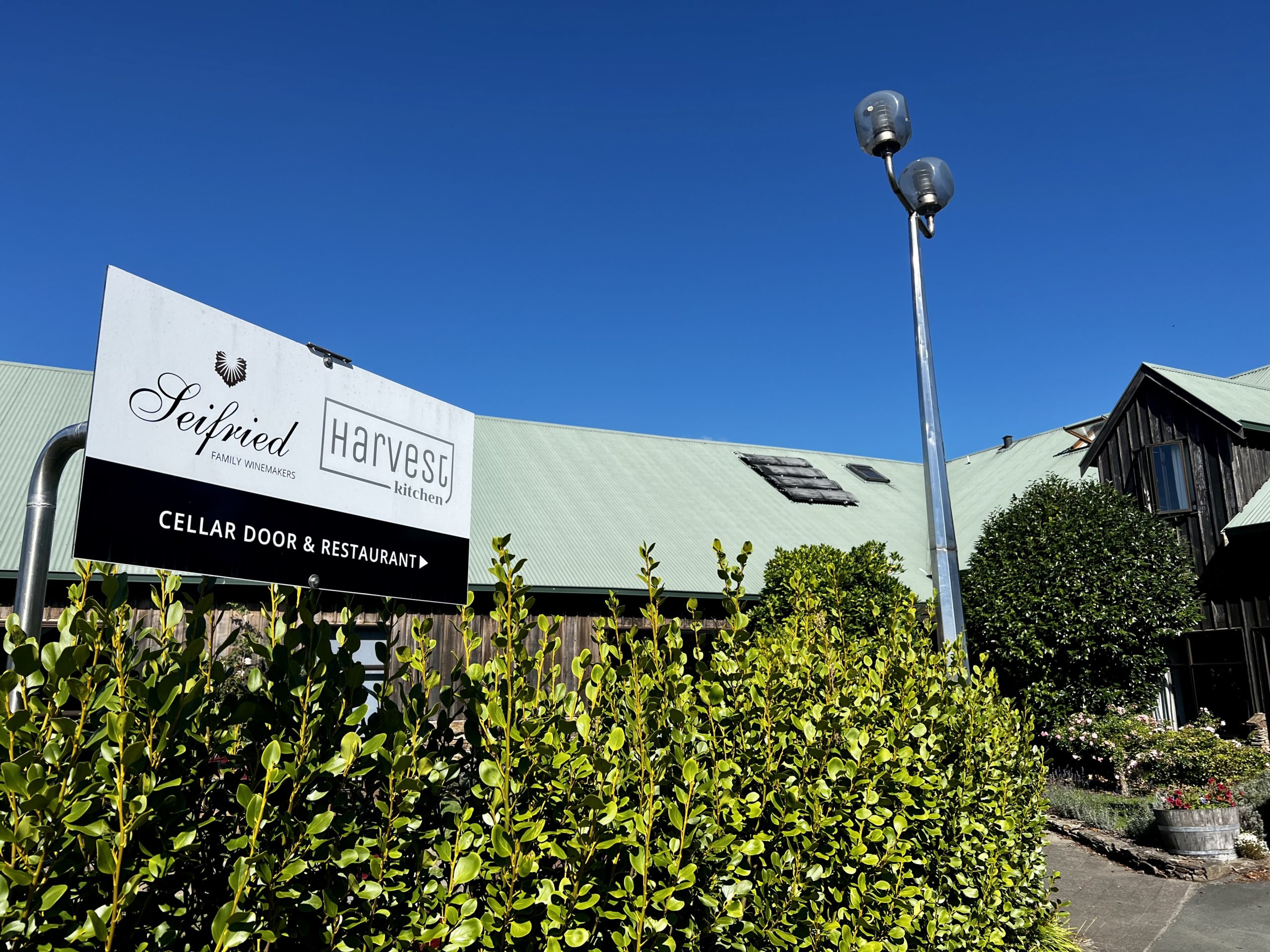

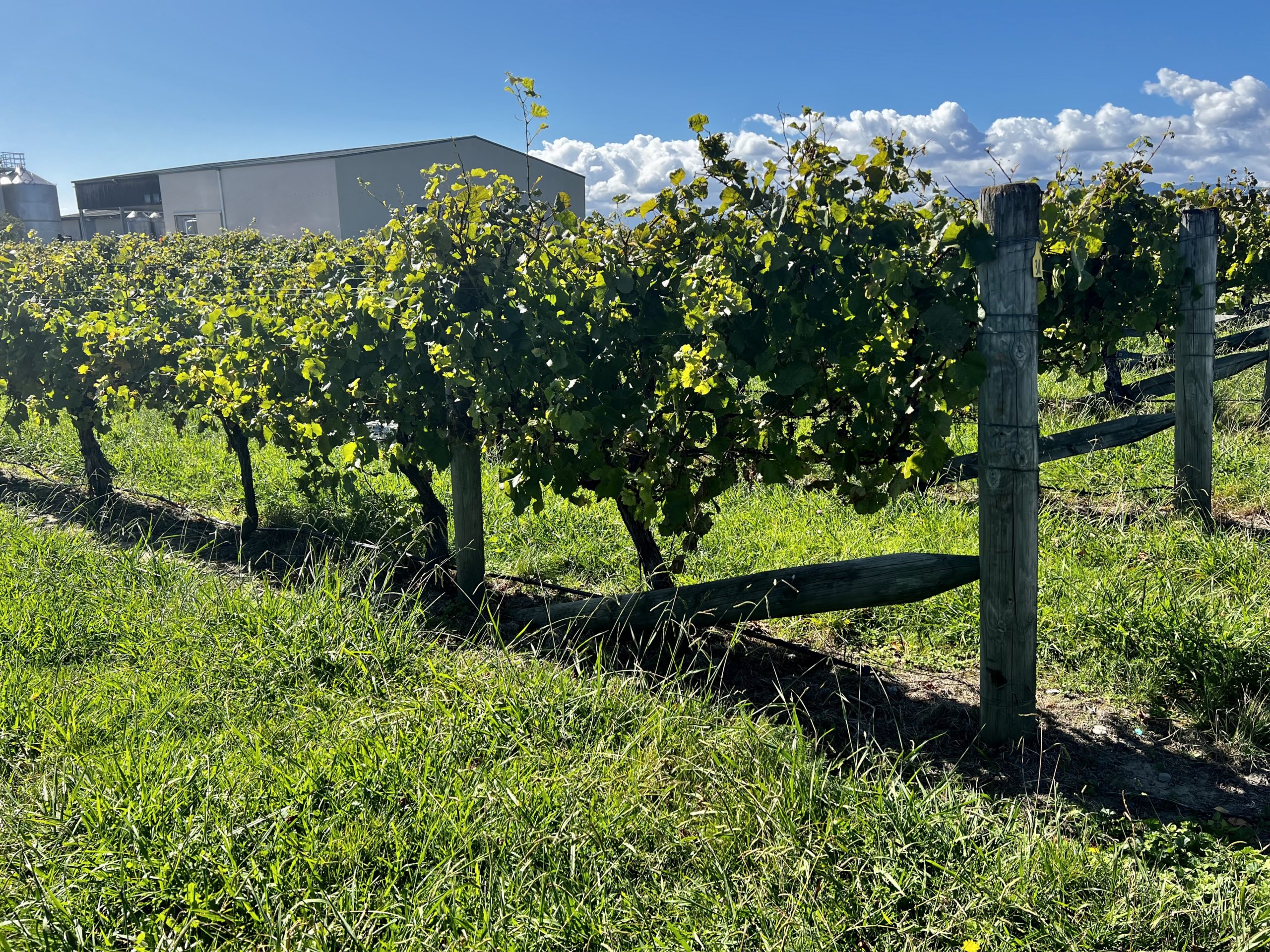
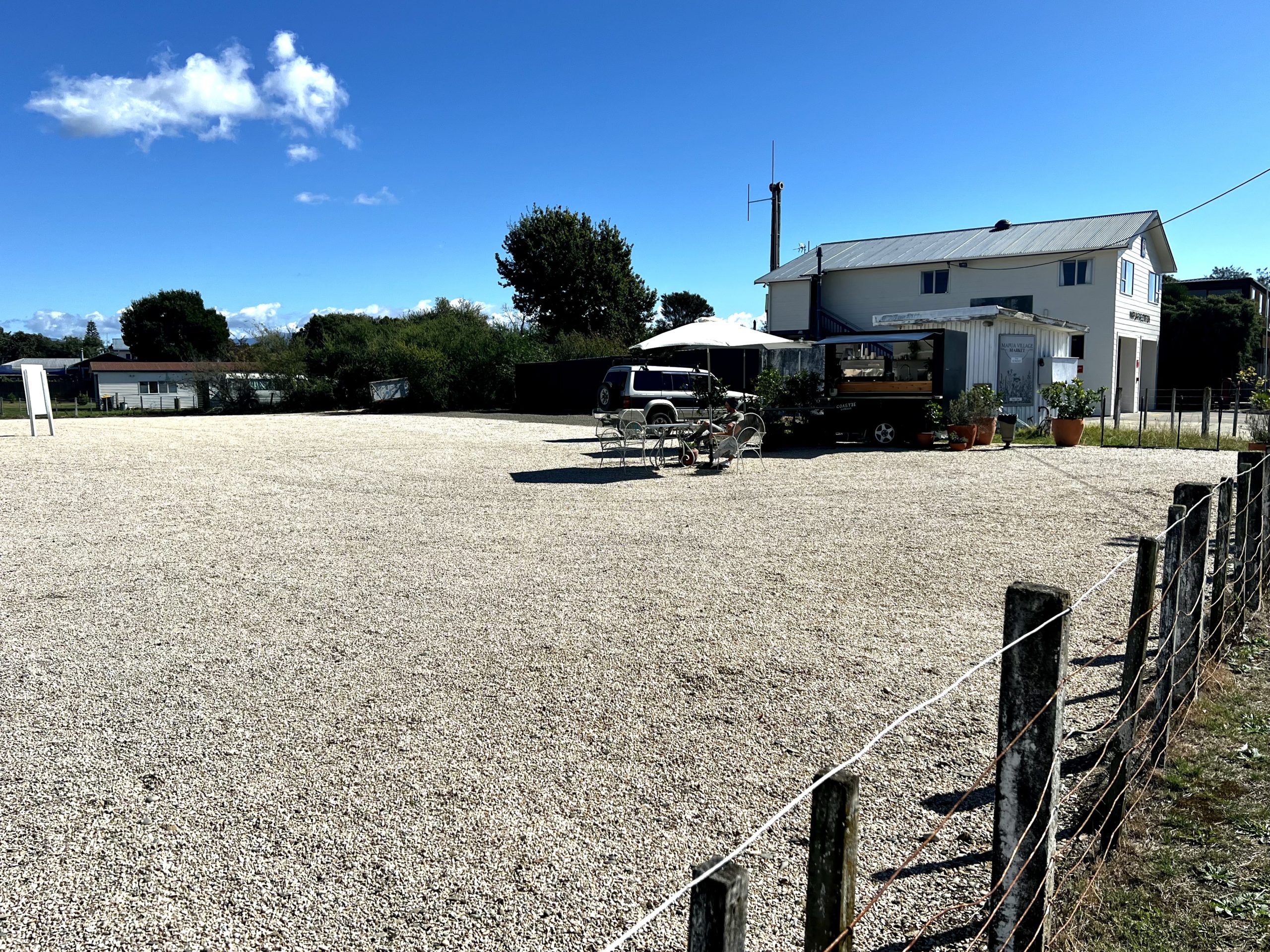
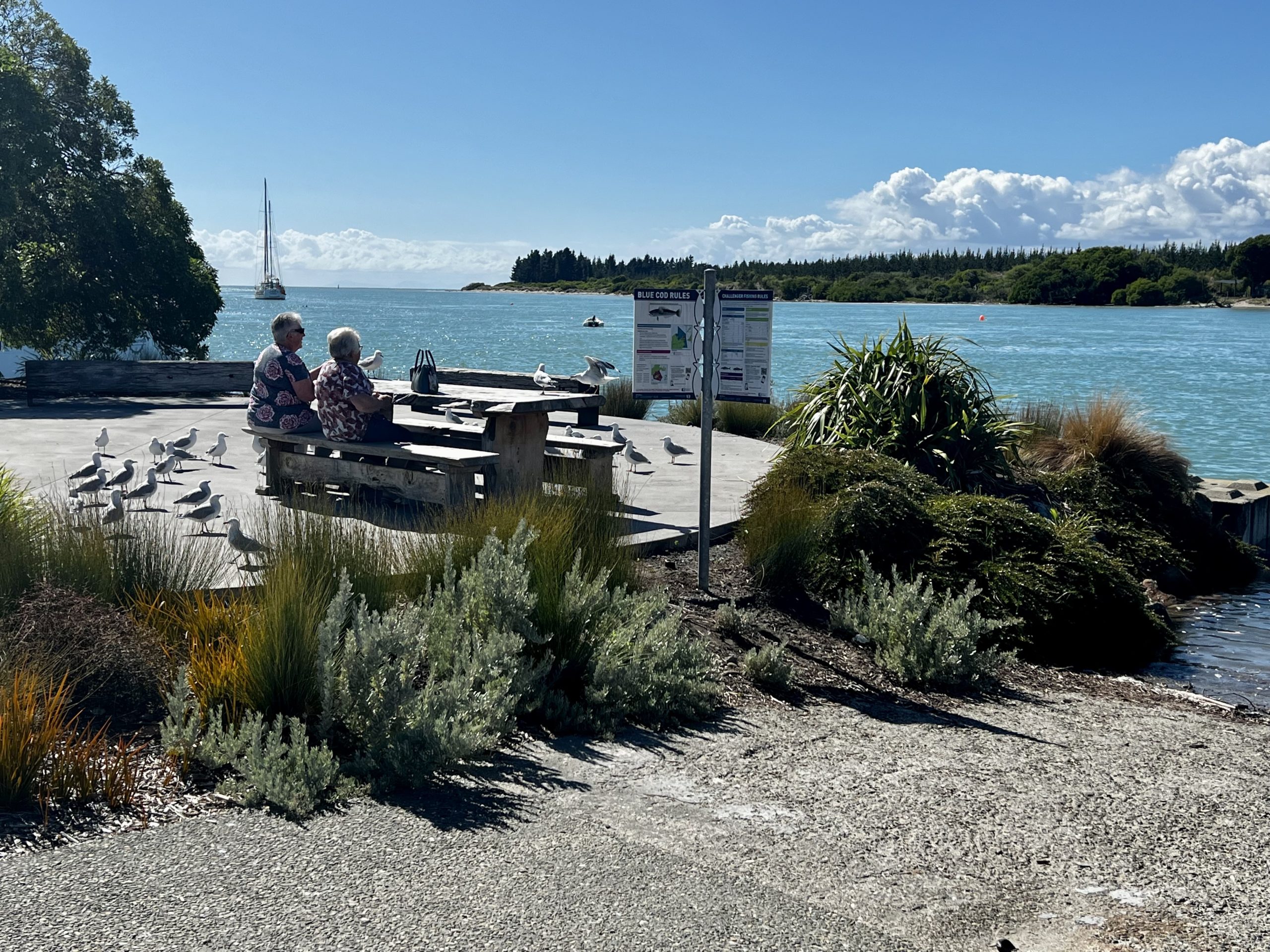
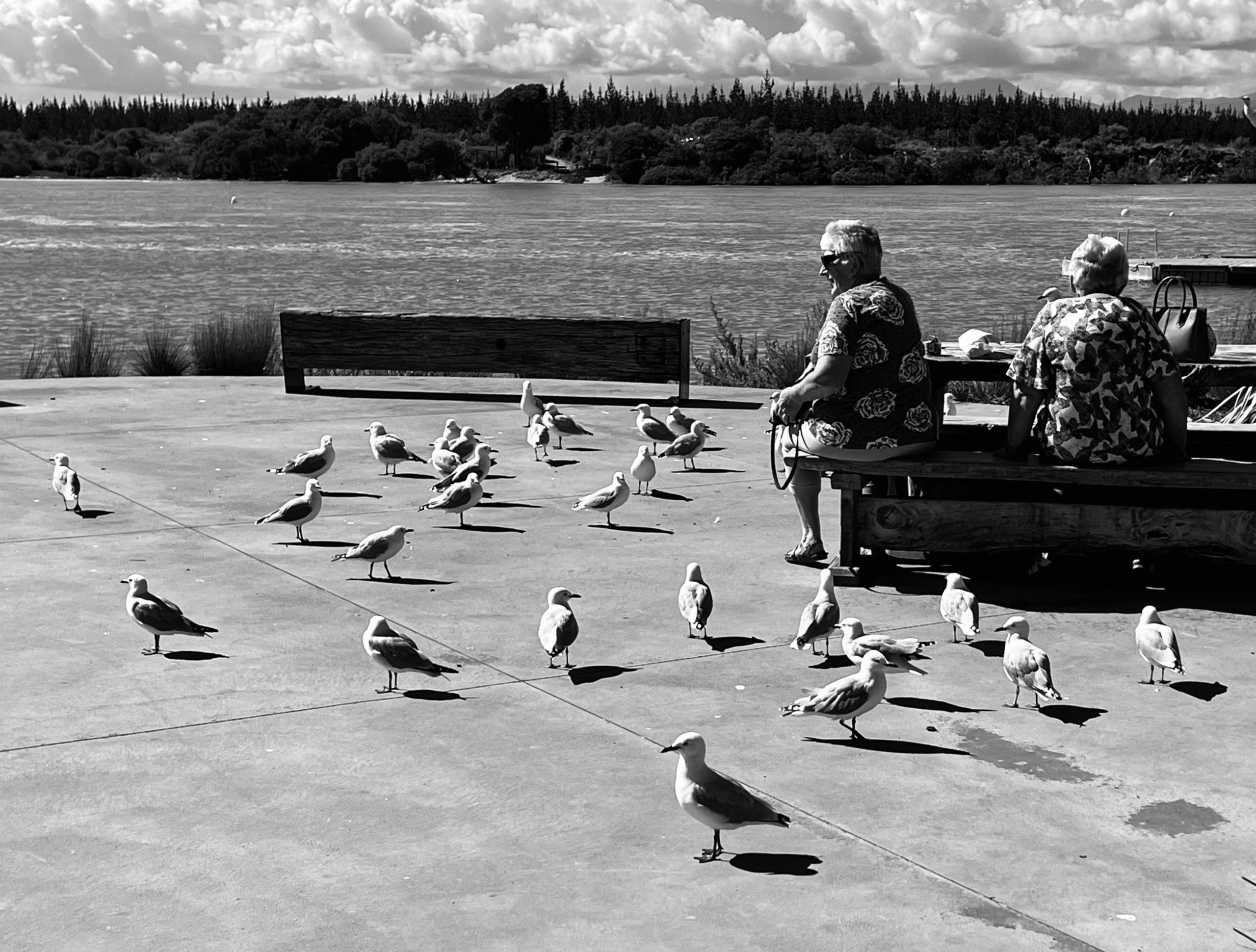

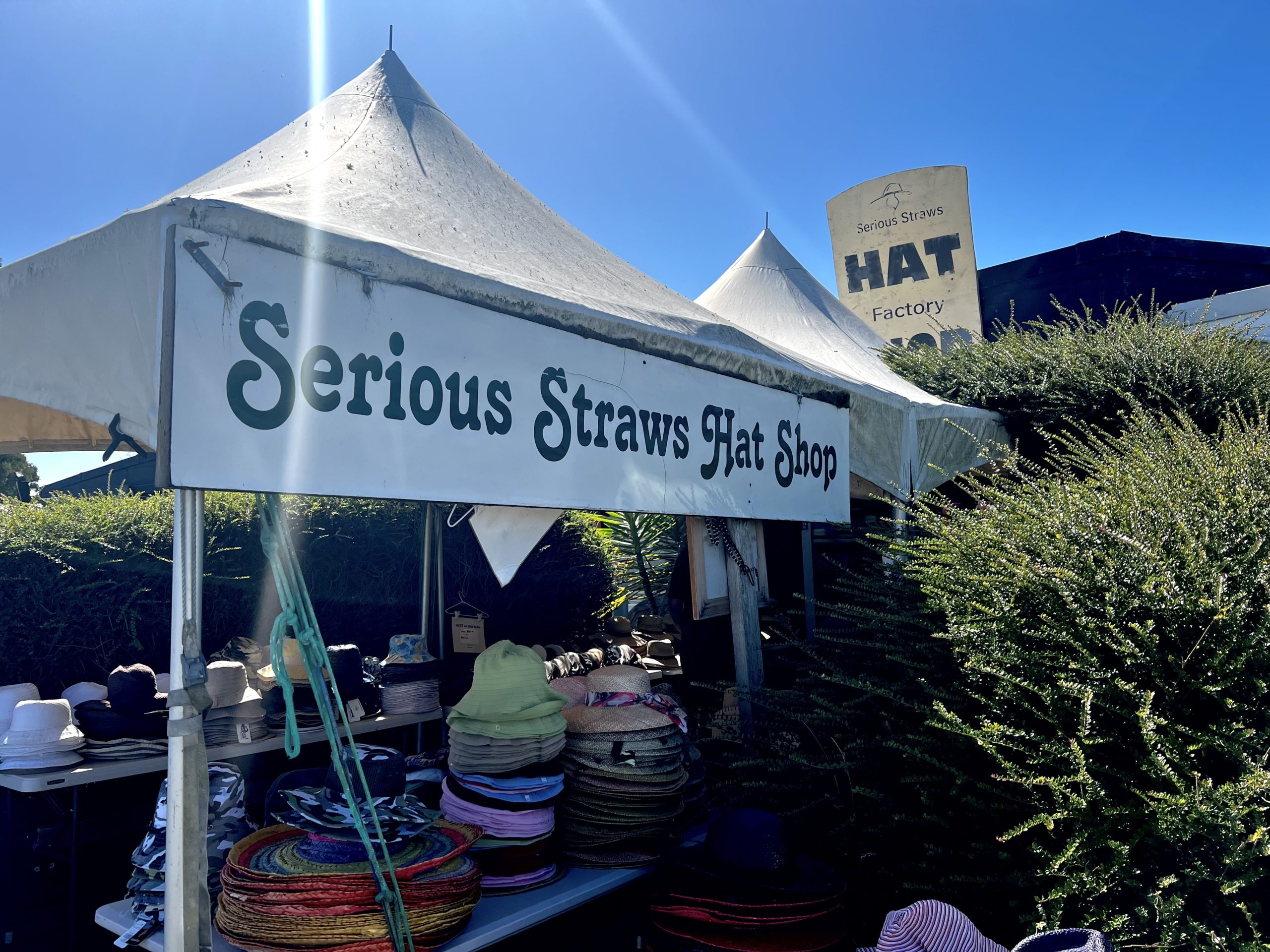
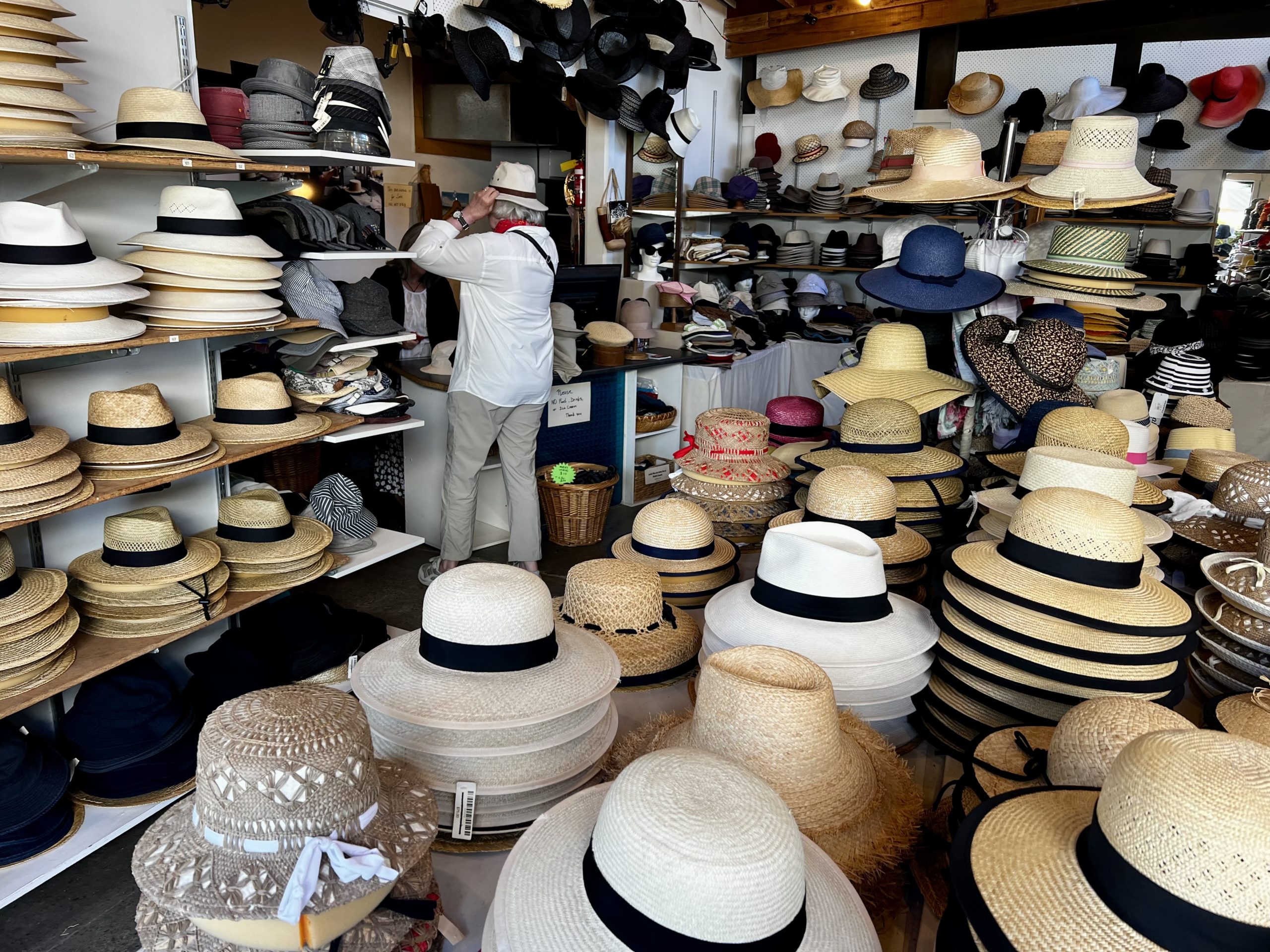

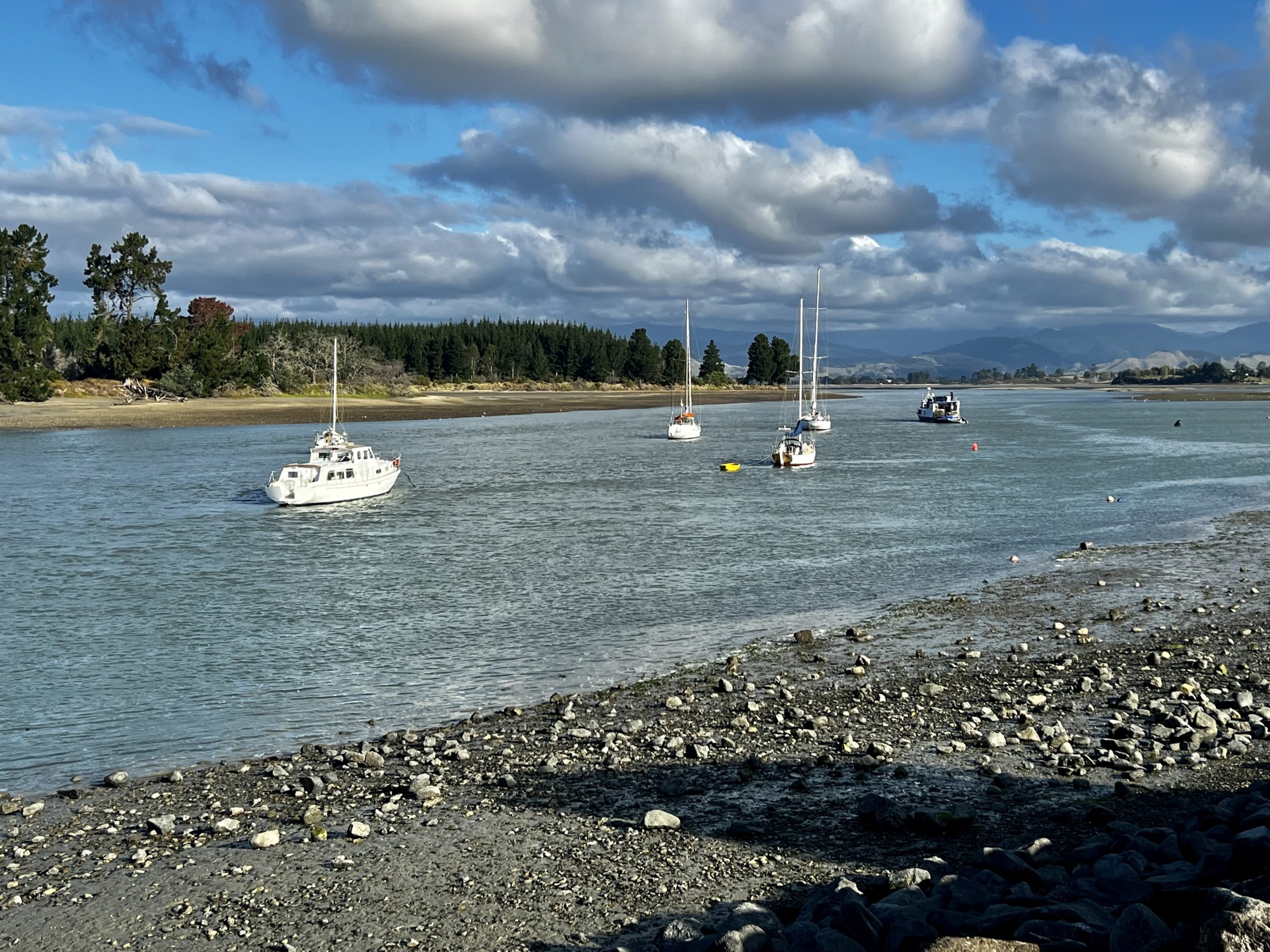
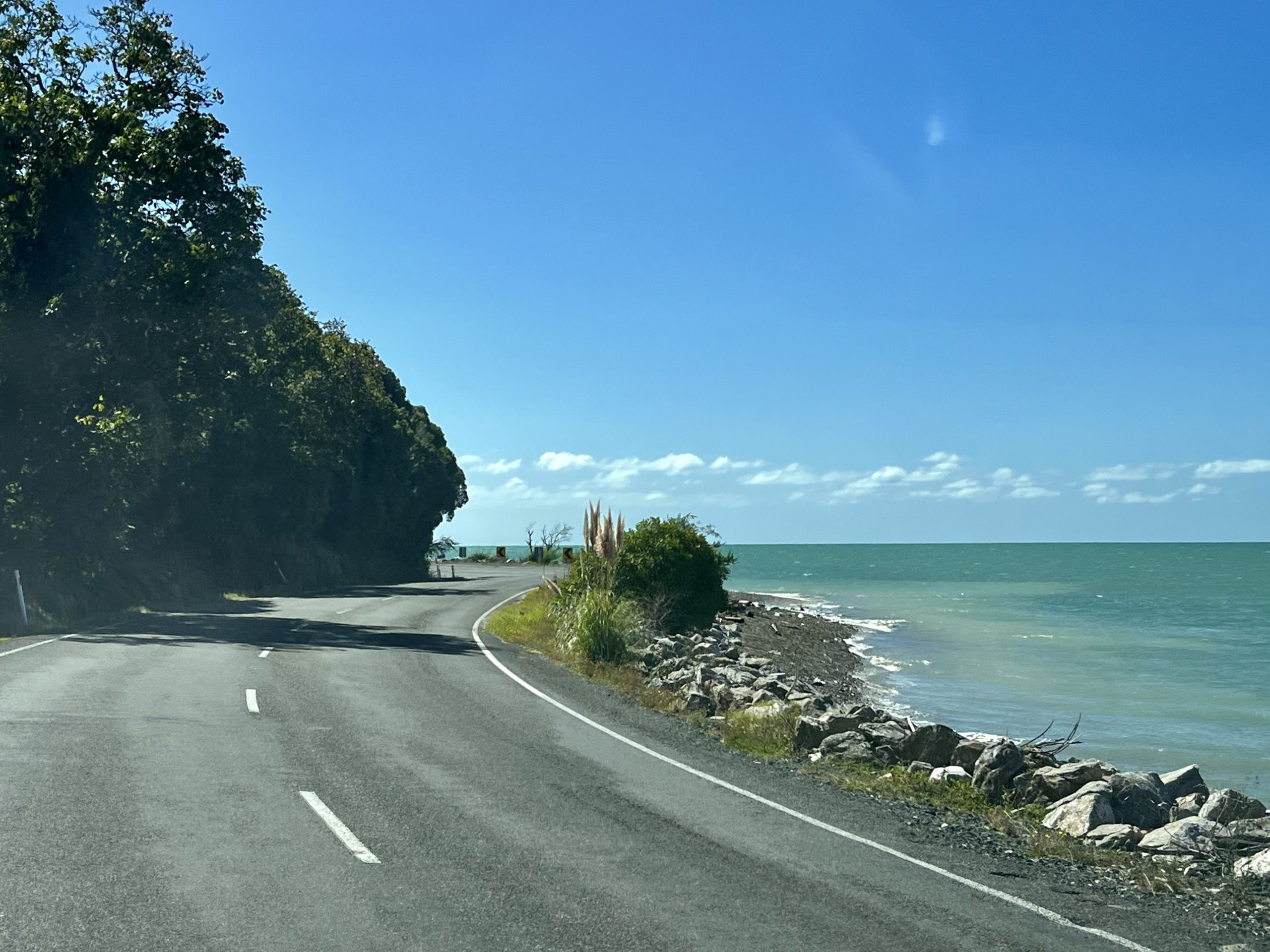
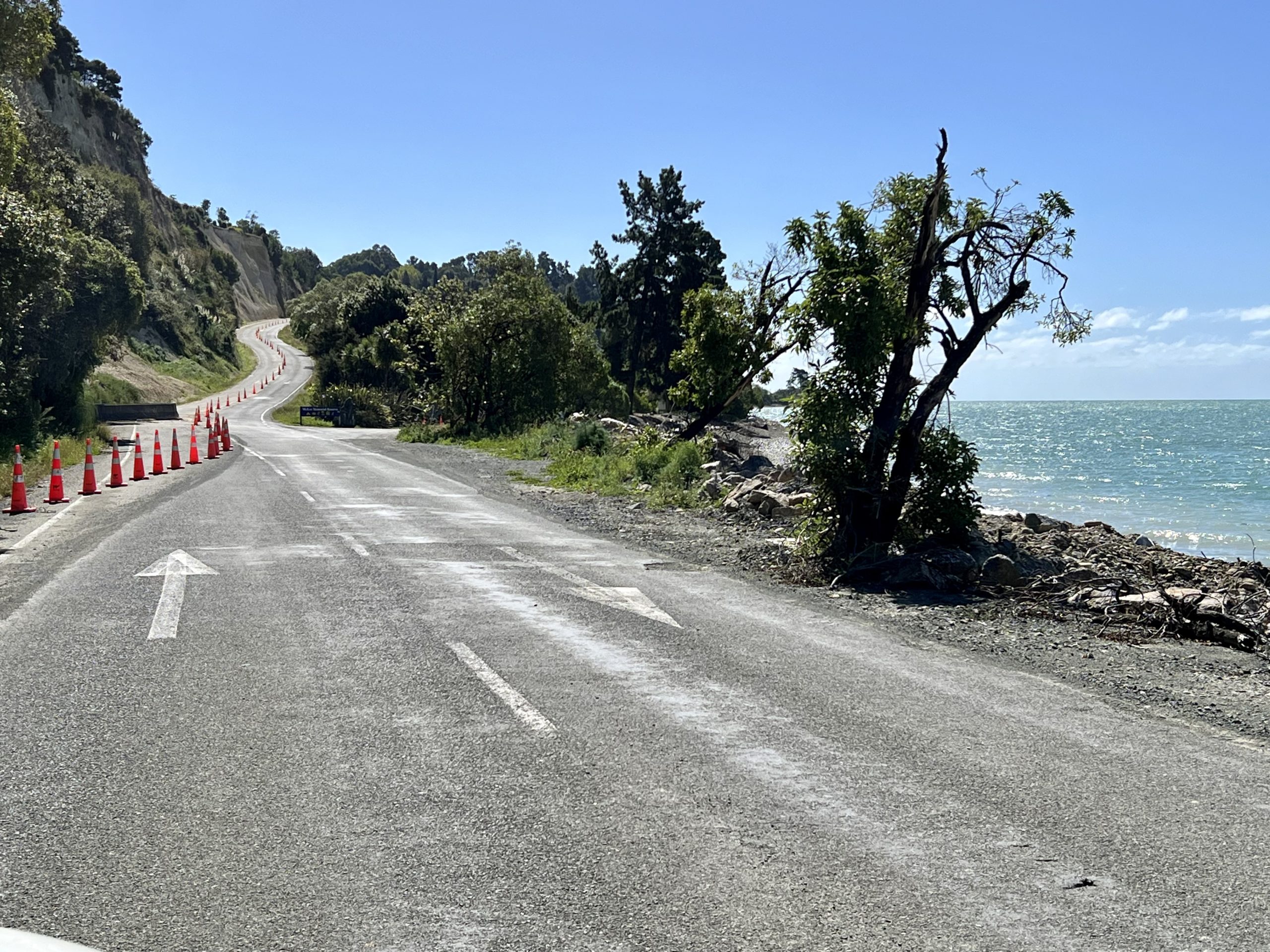
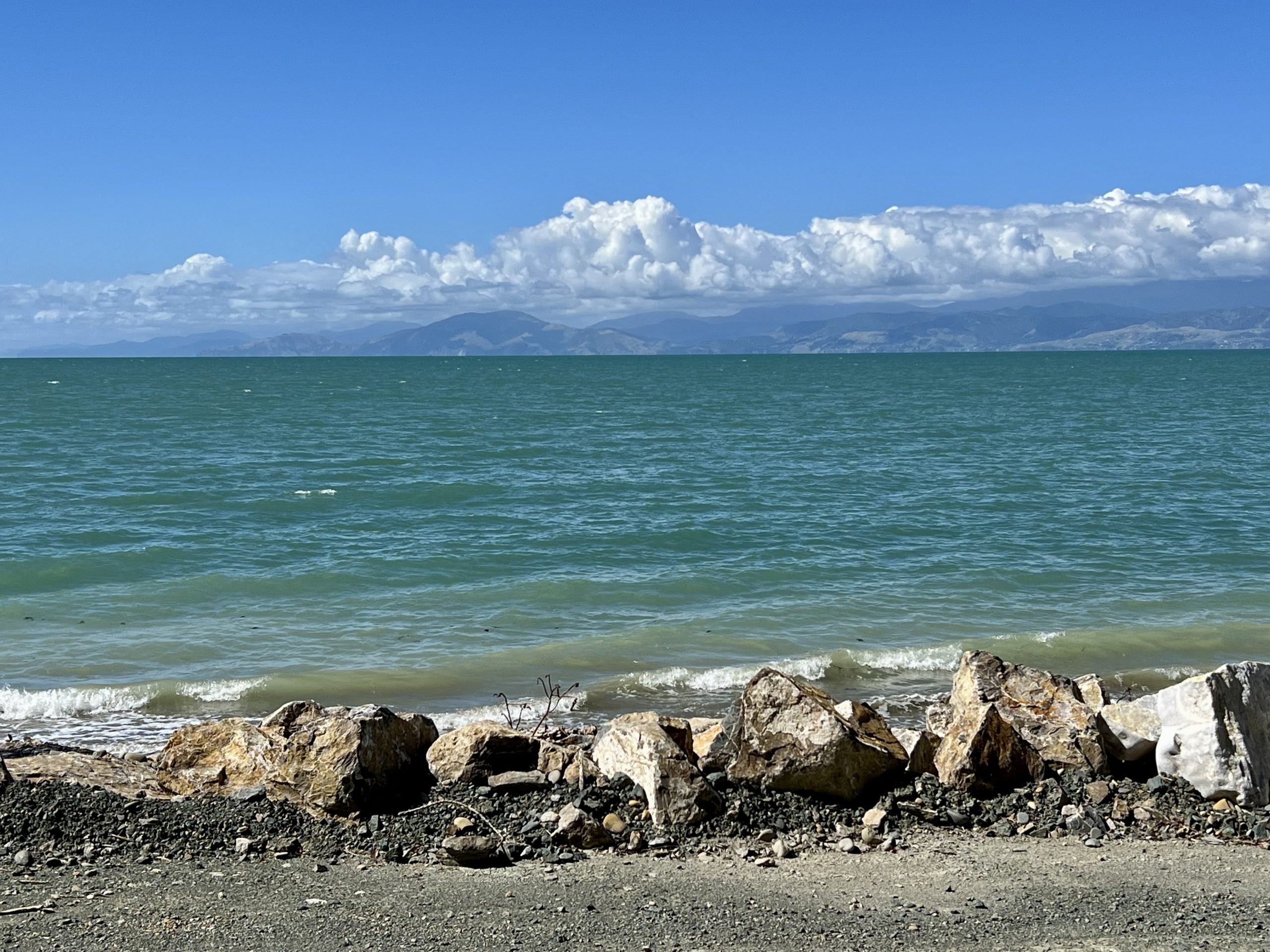
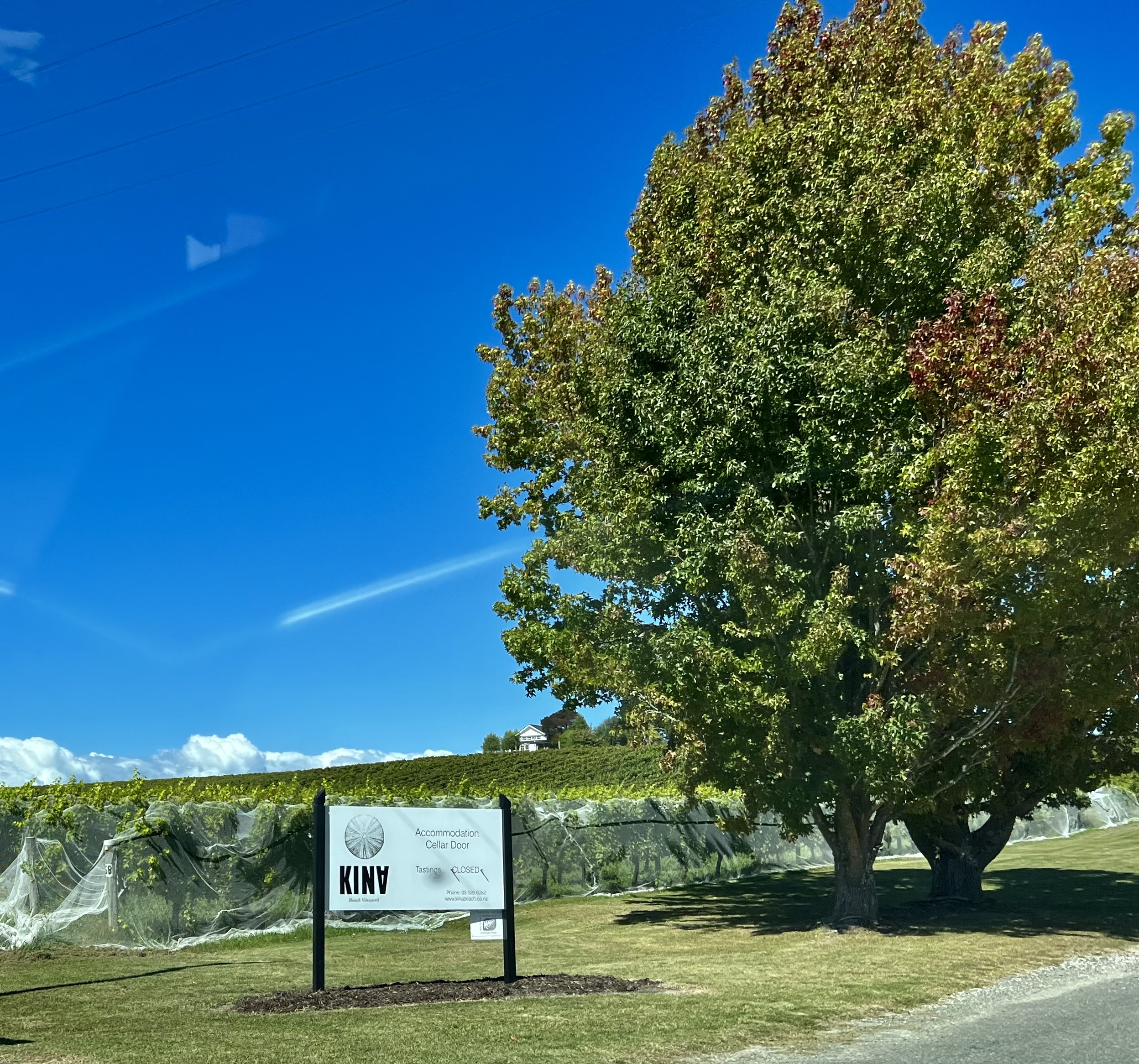
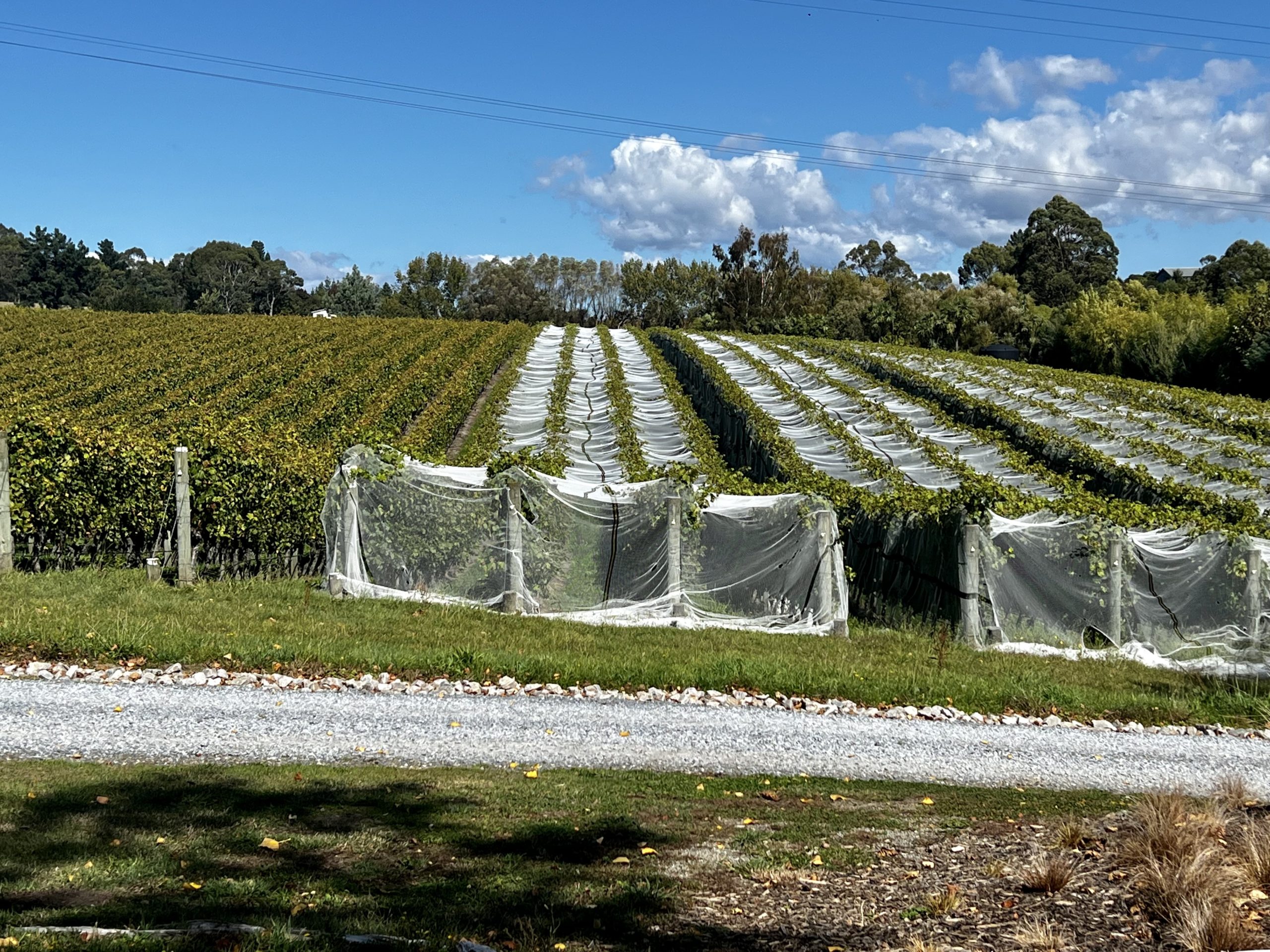
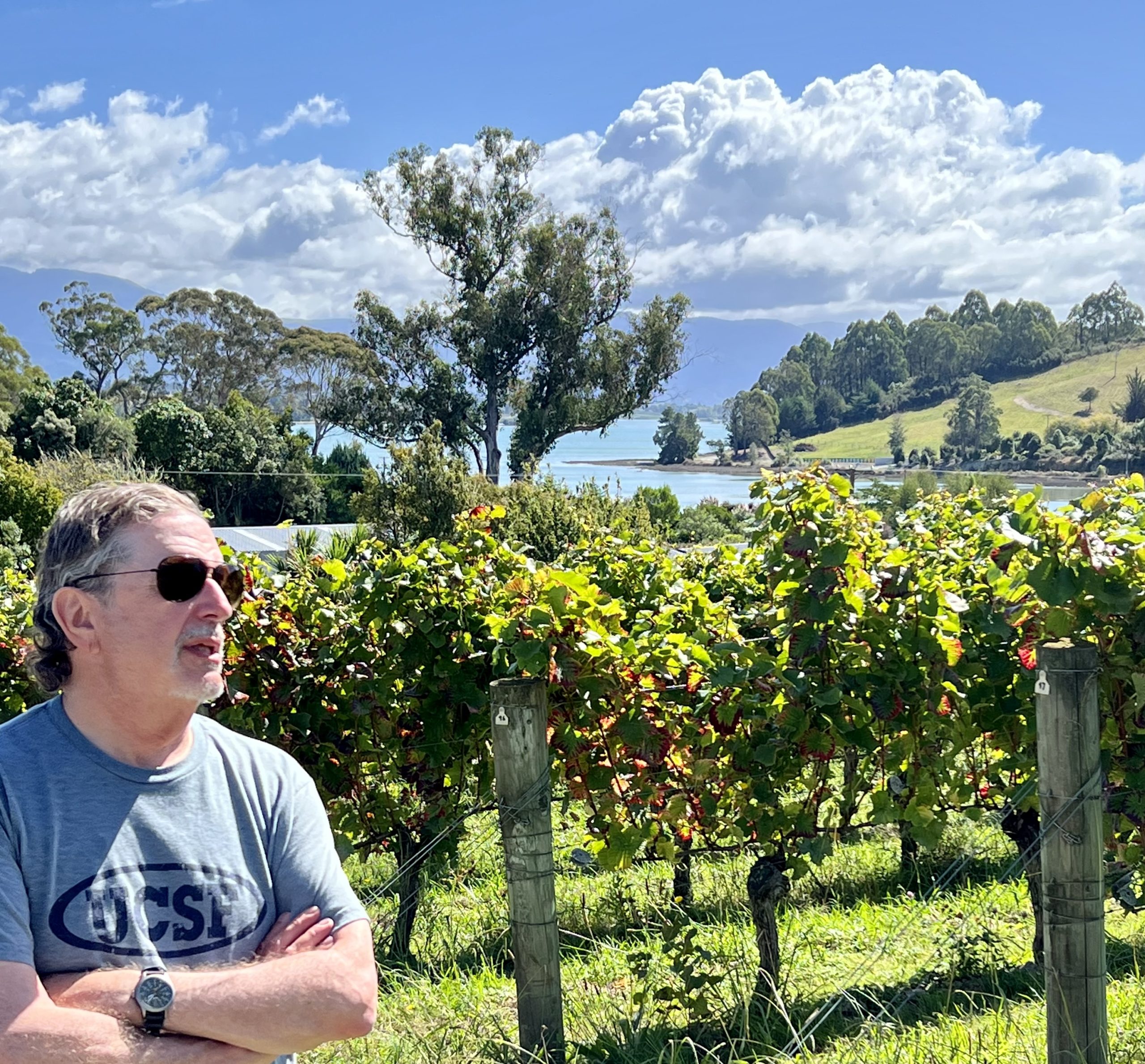
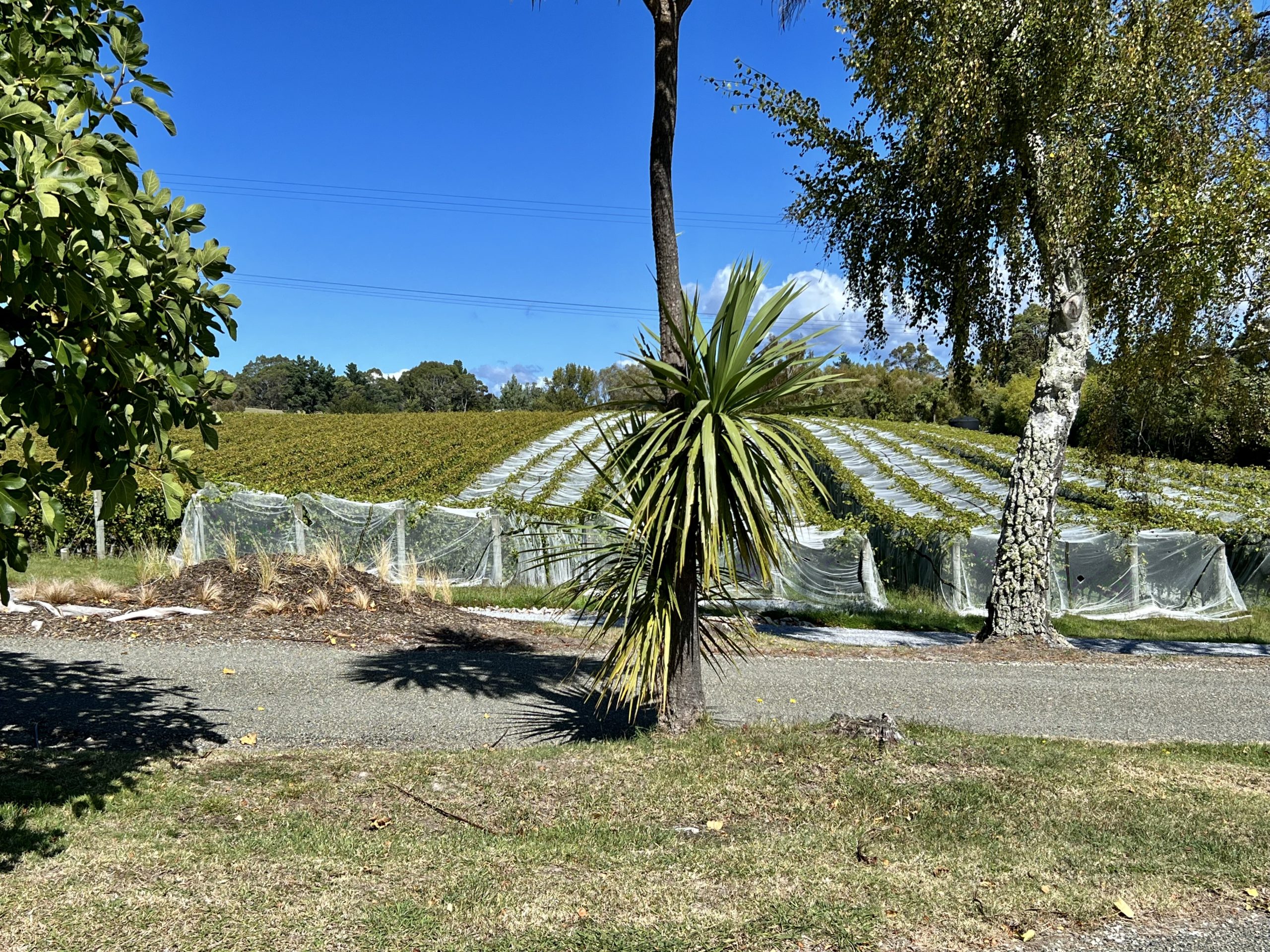
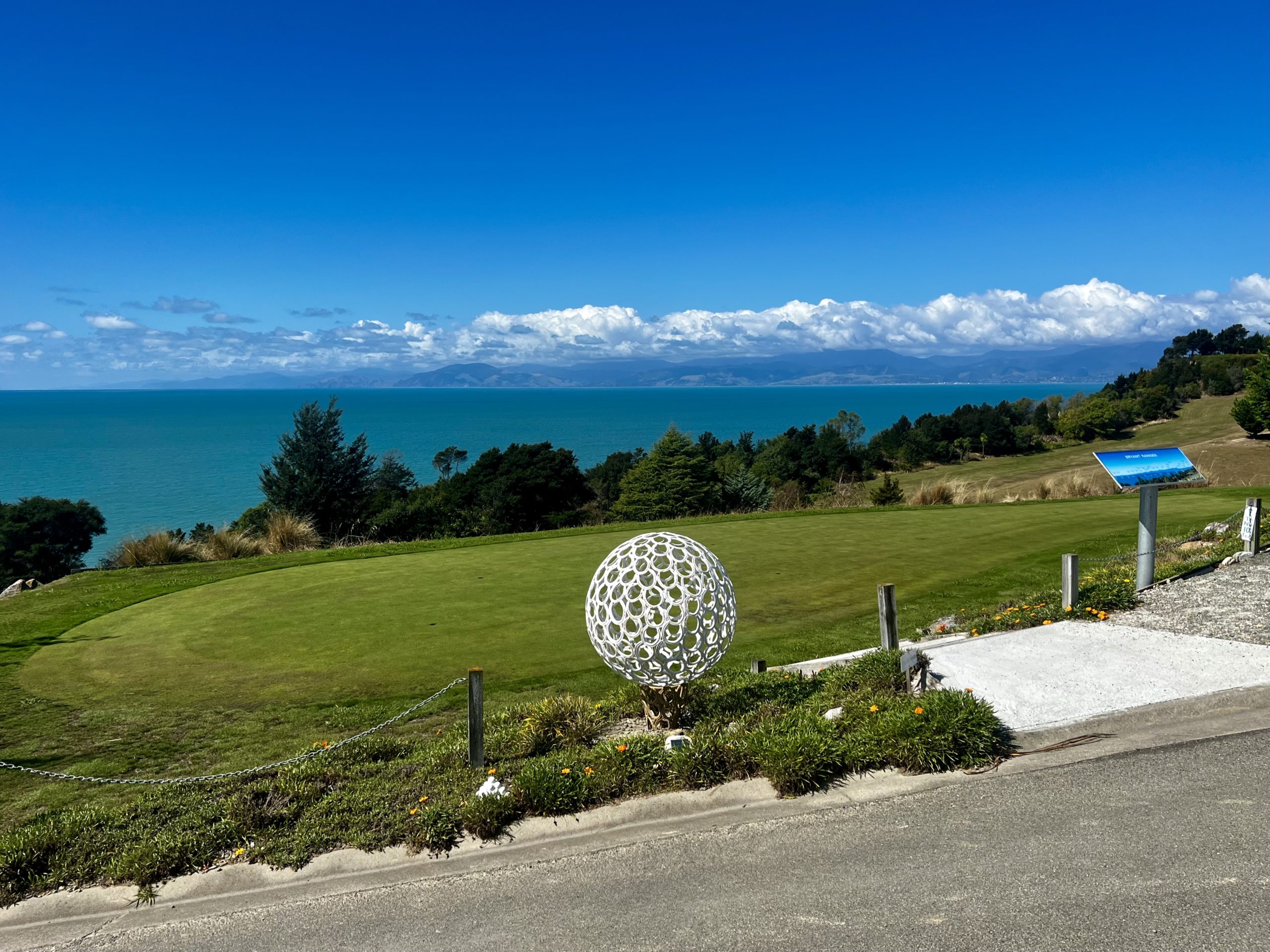
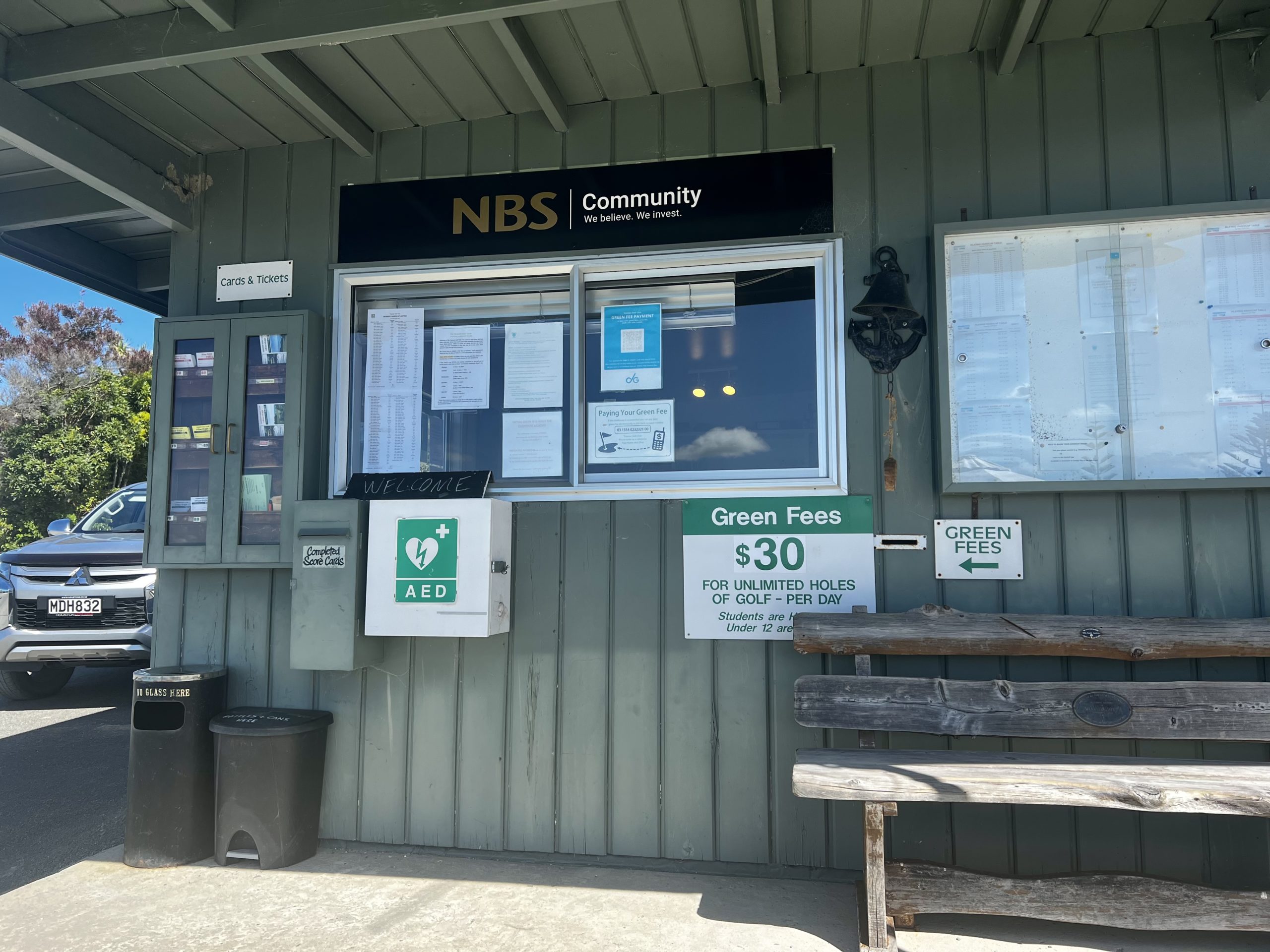
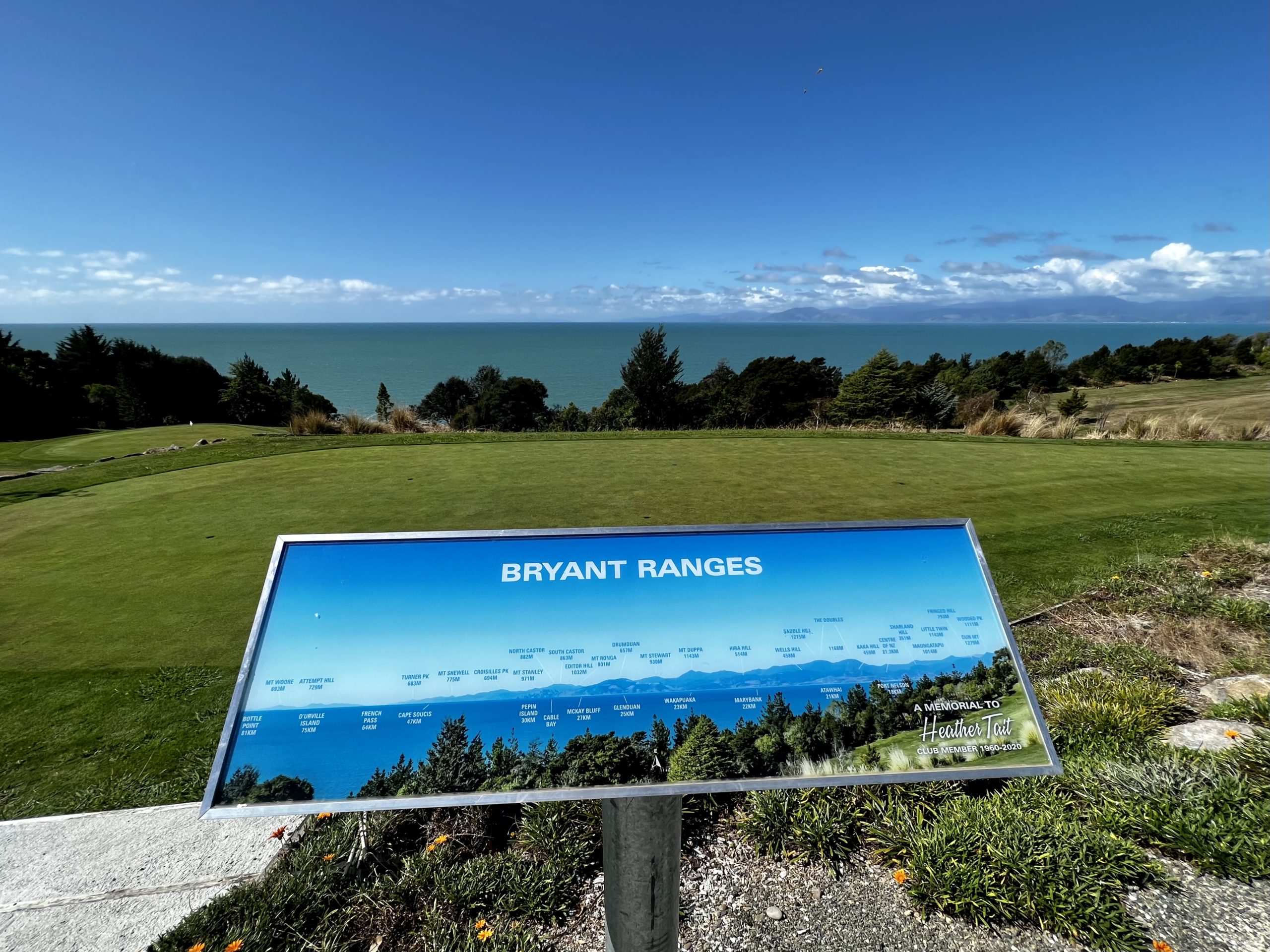
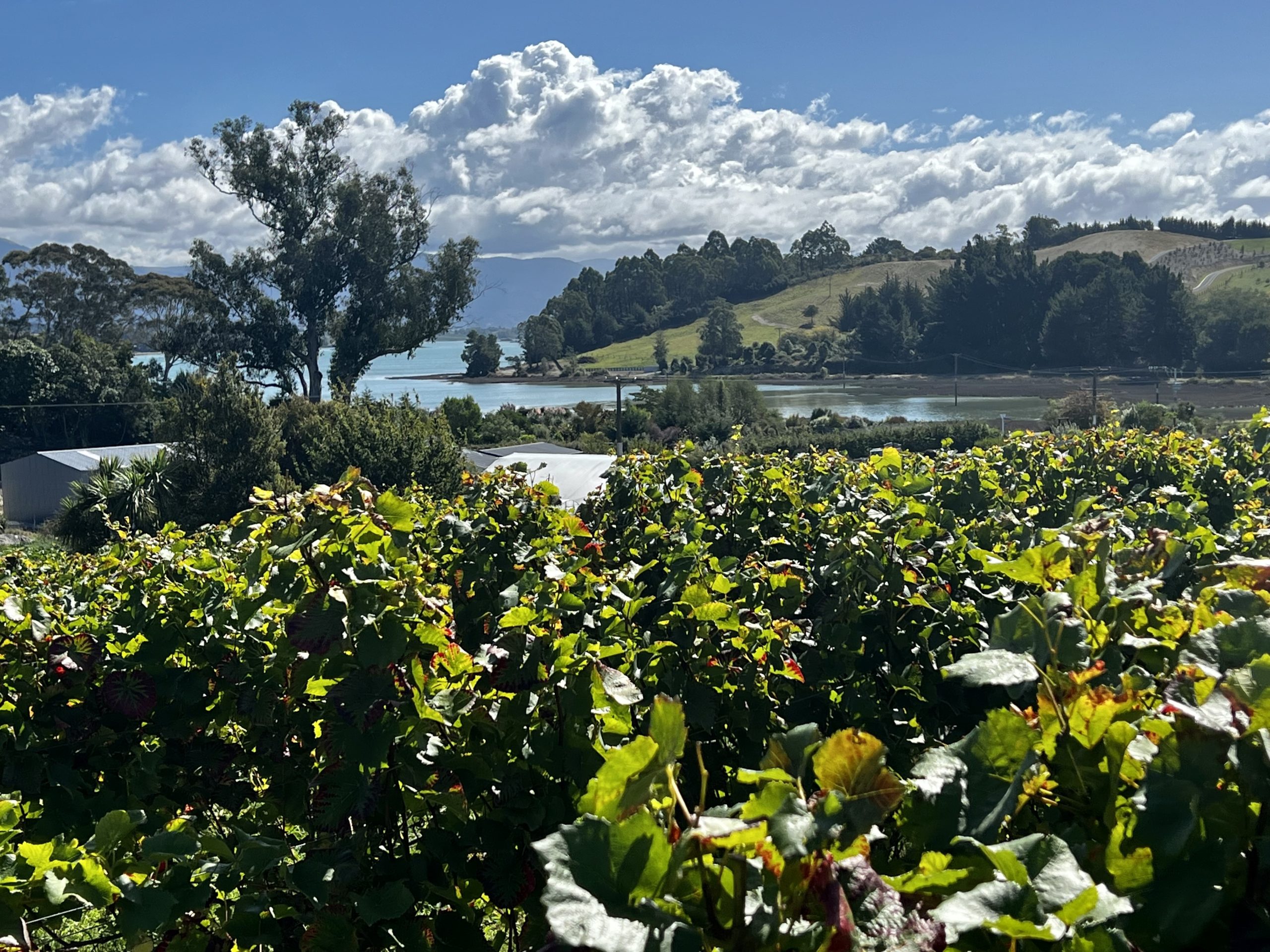
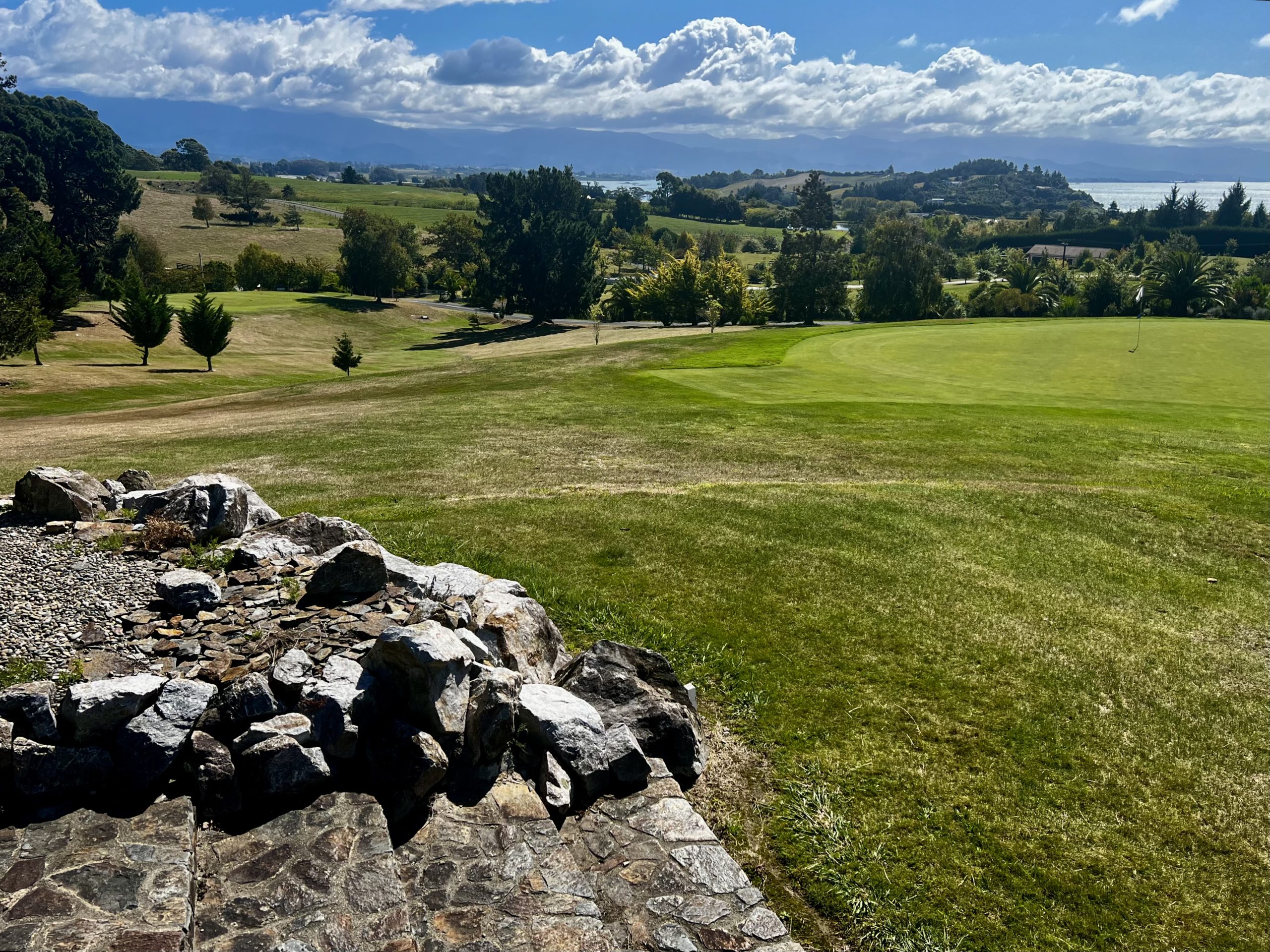



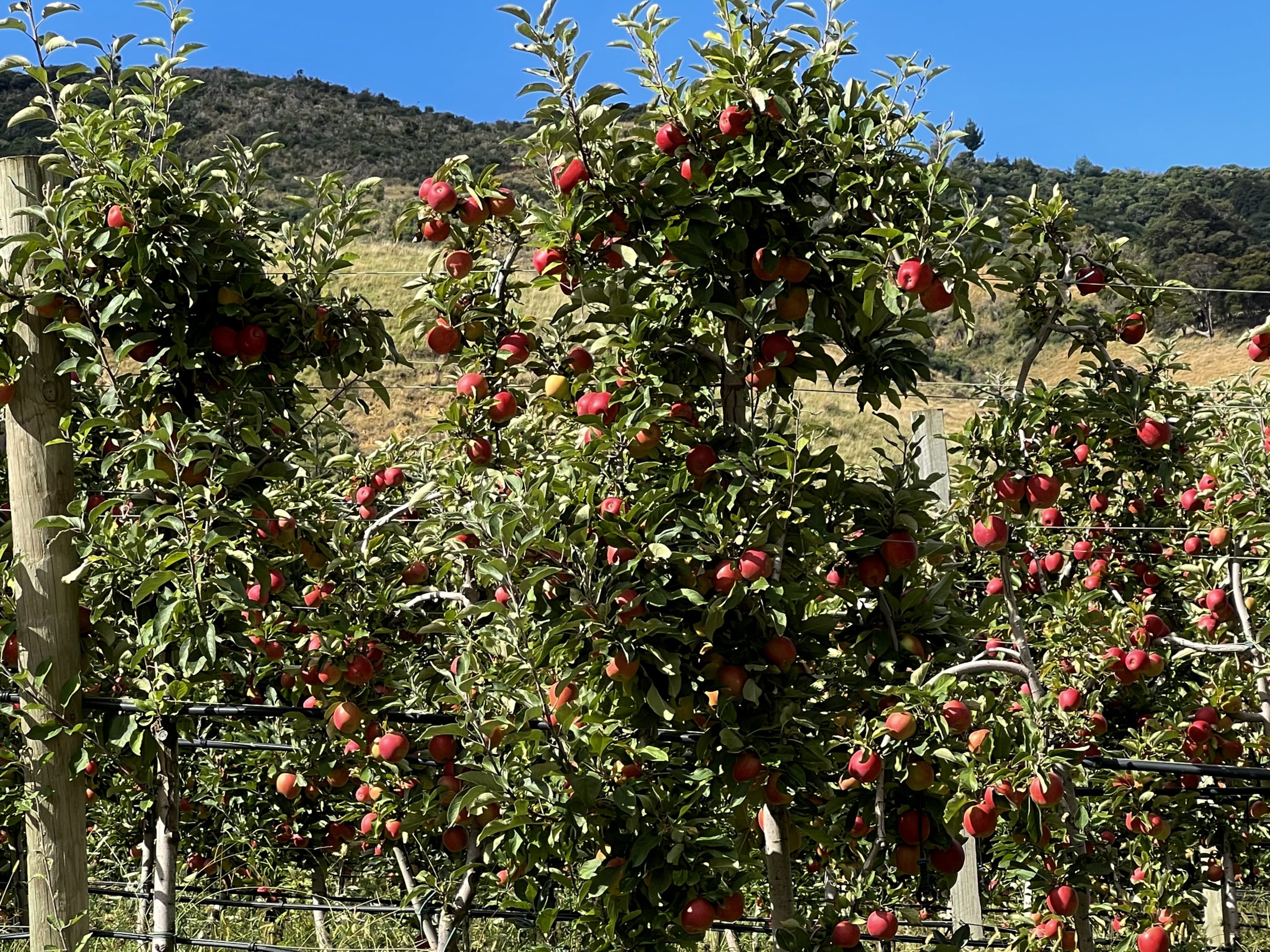

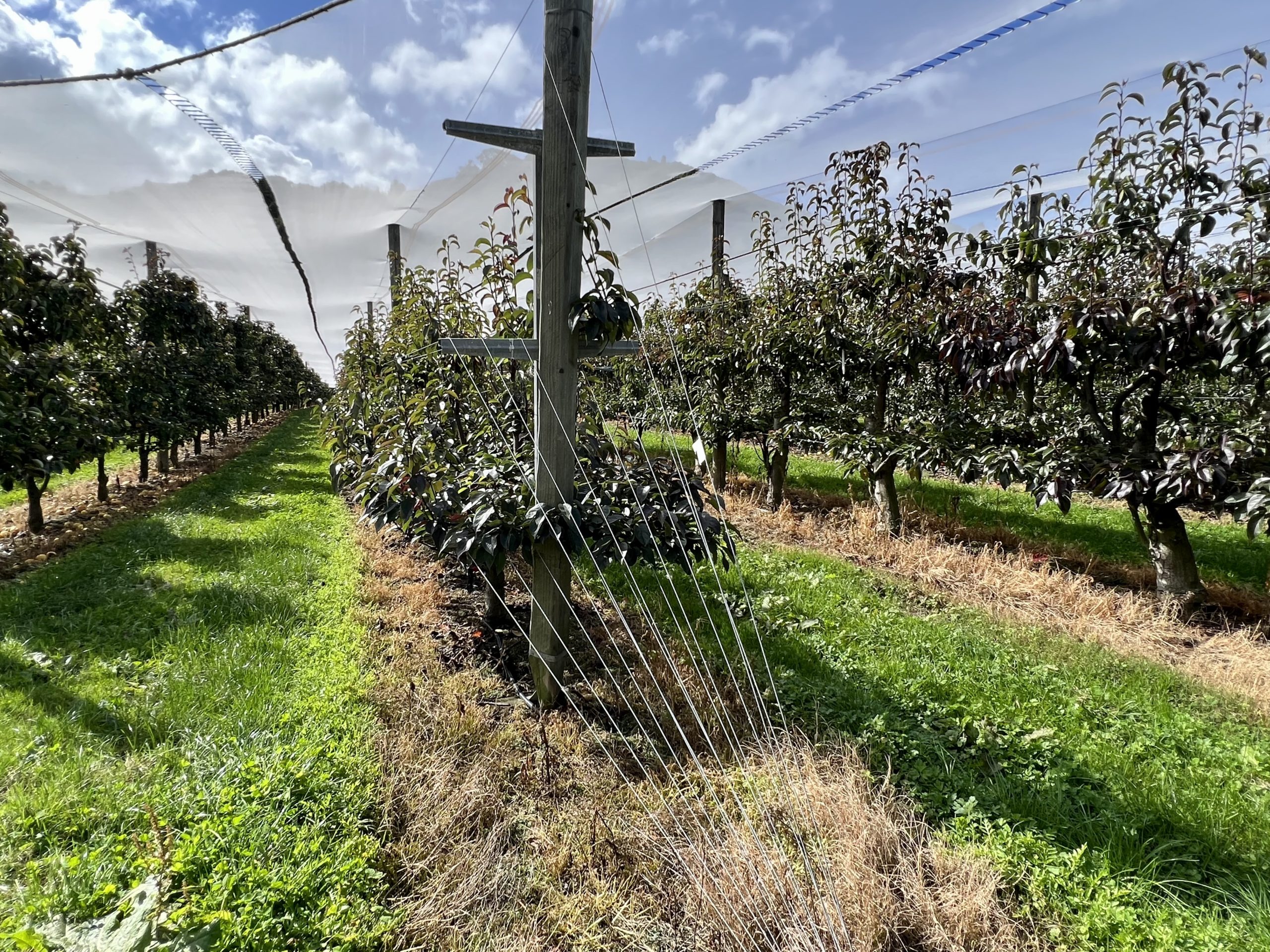
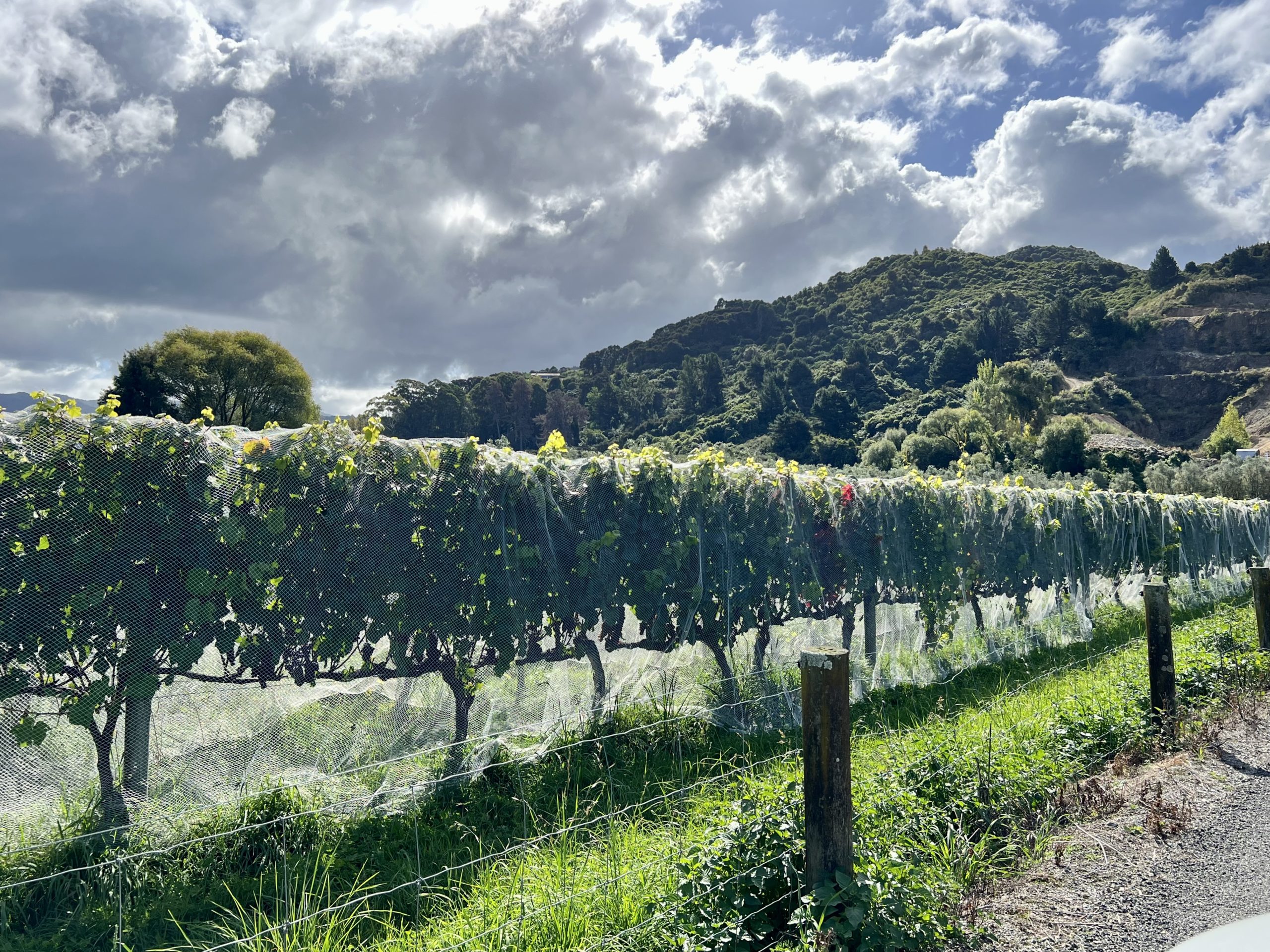


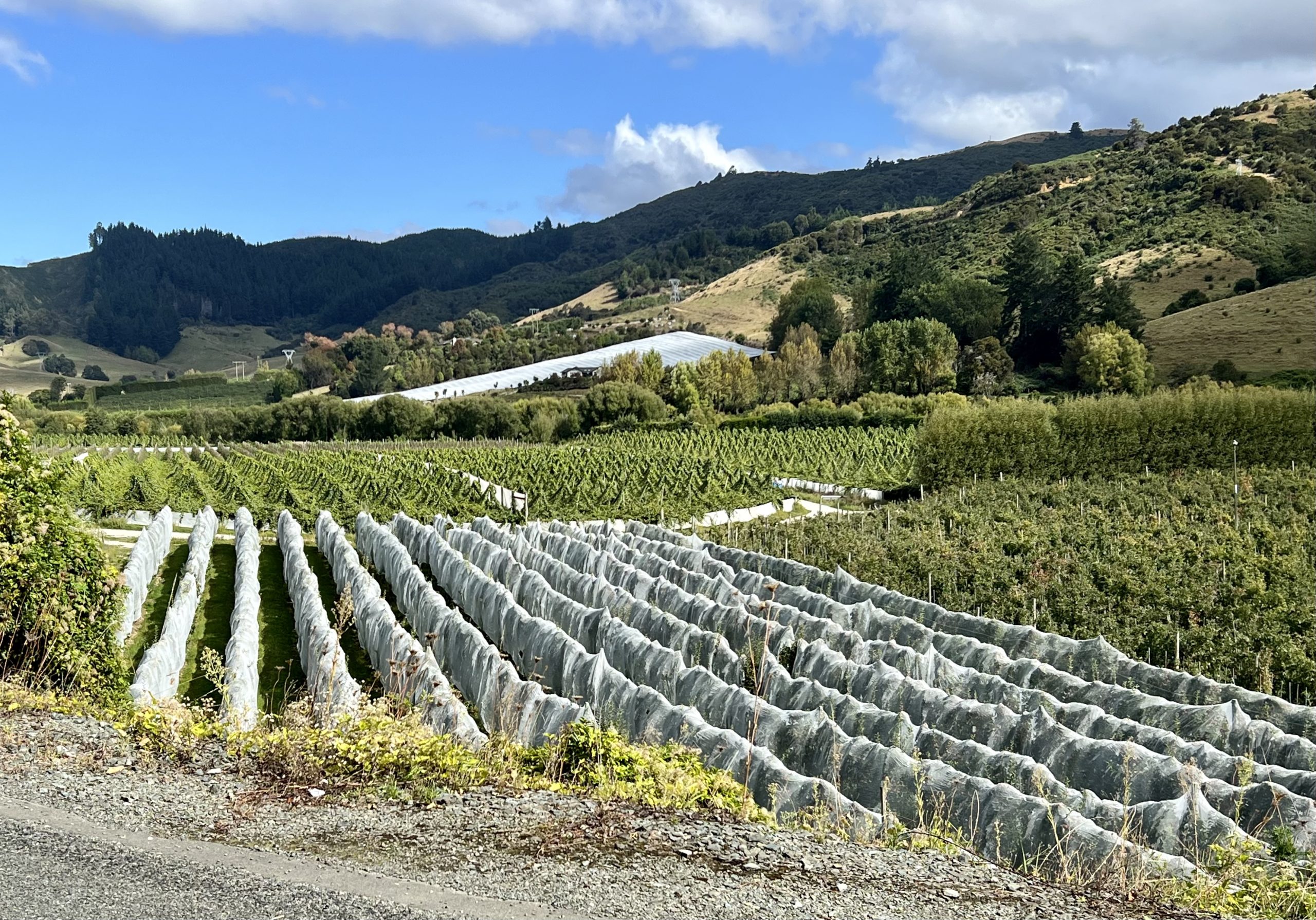

As for Kiwi fruit, when Bonnie was in high school in NZ, the idea making this fruit a major export was just being explored. At the time the fruit was called Chinese gooseberry. Hmm. Not appealing. So there was a nationwide call for a new name. Thus it became a Kiwi fruit.
Forestry Harvesting
New Zealand treats its forests like we treat a field of lettuce in Salinas, California. Lots of turnover. Except their crop rotation is longer. They plant California Monterey pines by the thousands and wait twenty-five to thirty years to clear cut them. Then replant. We saw a lot of clear cutting on steep hillsides around Nelson, which was disturbing. We also saw a lot of semis loaded with timber going to nearby mills or to be shipped to other nations unmilled.
The hillsides are very steep. Kiwis apparently use some type of machine attached to cables to cut and haul the wood on the slopes. The most significant issue is controlling the slash—the leftovers. Without some type of barrier between the clear-cut area and the streams and rivers, the slash can move into the waterways during heavy storms, causing pile ups and damage to the stream beds and bridges. There is also erosion on the bare hillsides.
Robert remembers that one of his professors—Ed Stone— at UC Berkeley in the late 1960s was consulting then in New Zealand on how to best grow these pines. He had set up growing labs in the Bay Area to test different seed sources under different environmental conditions.
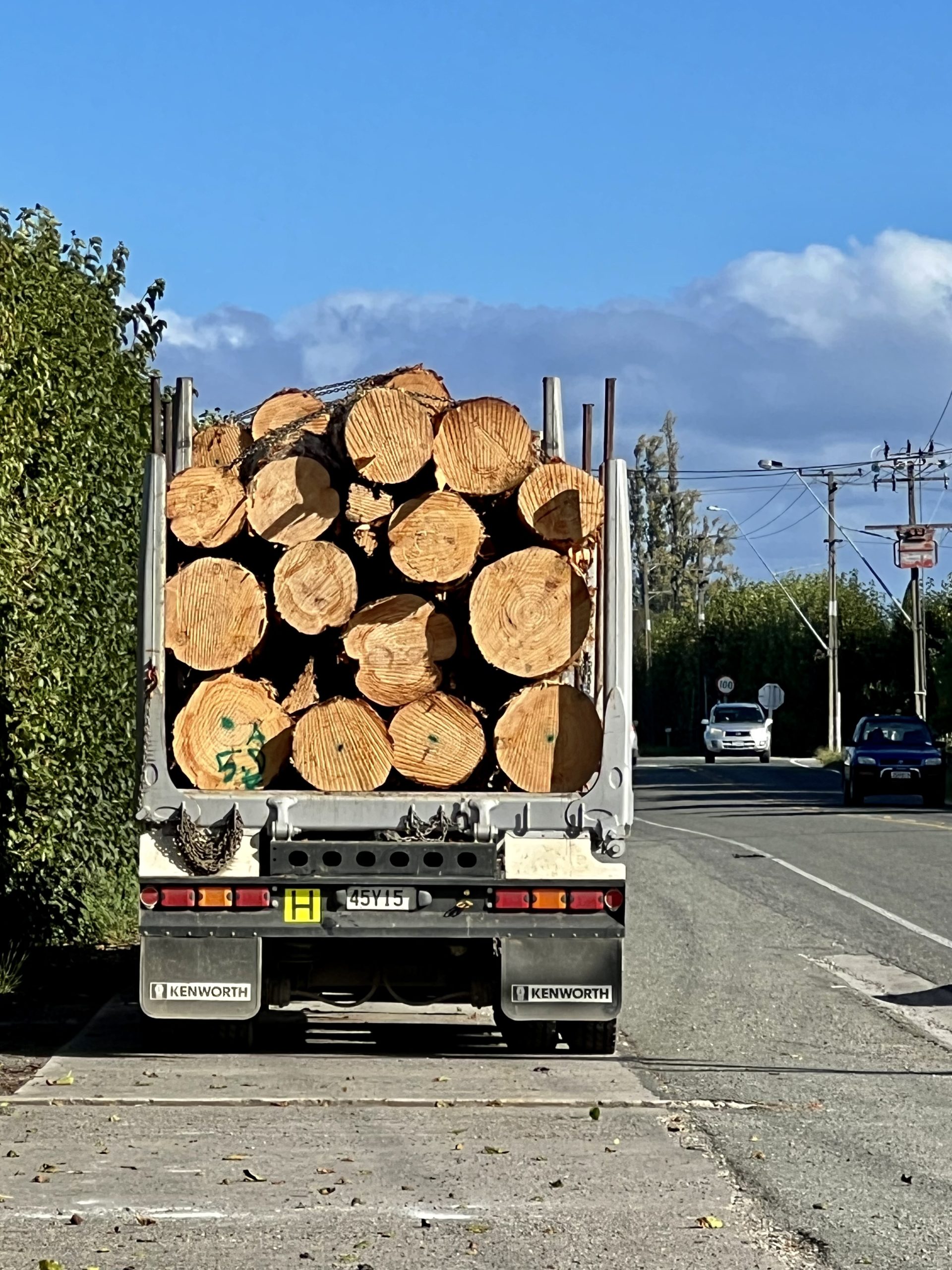
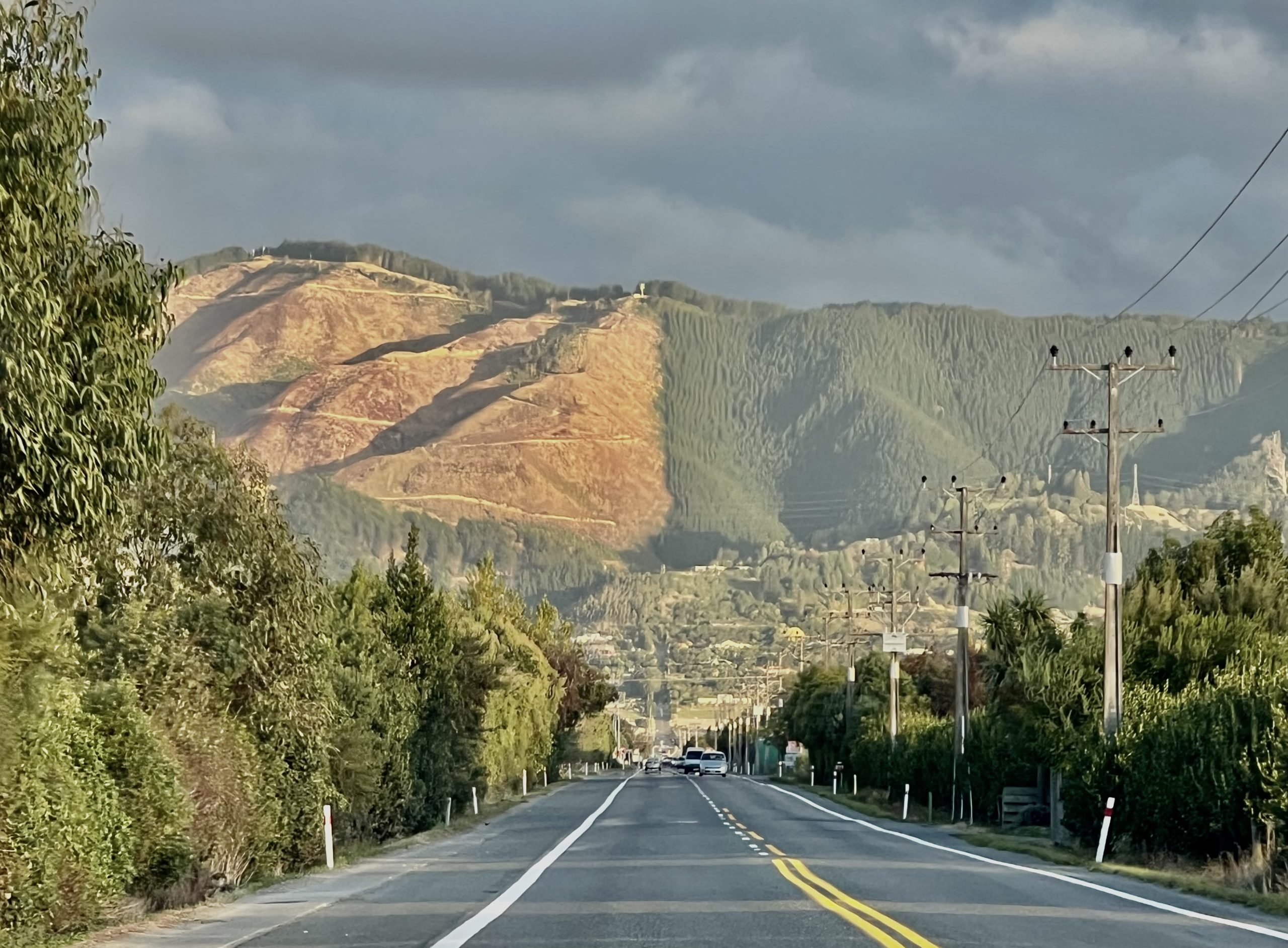
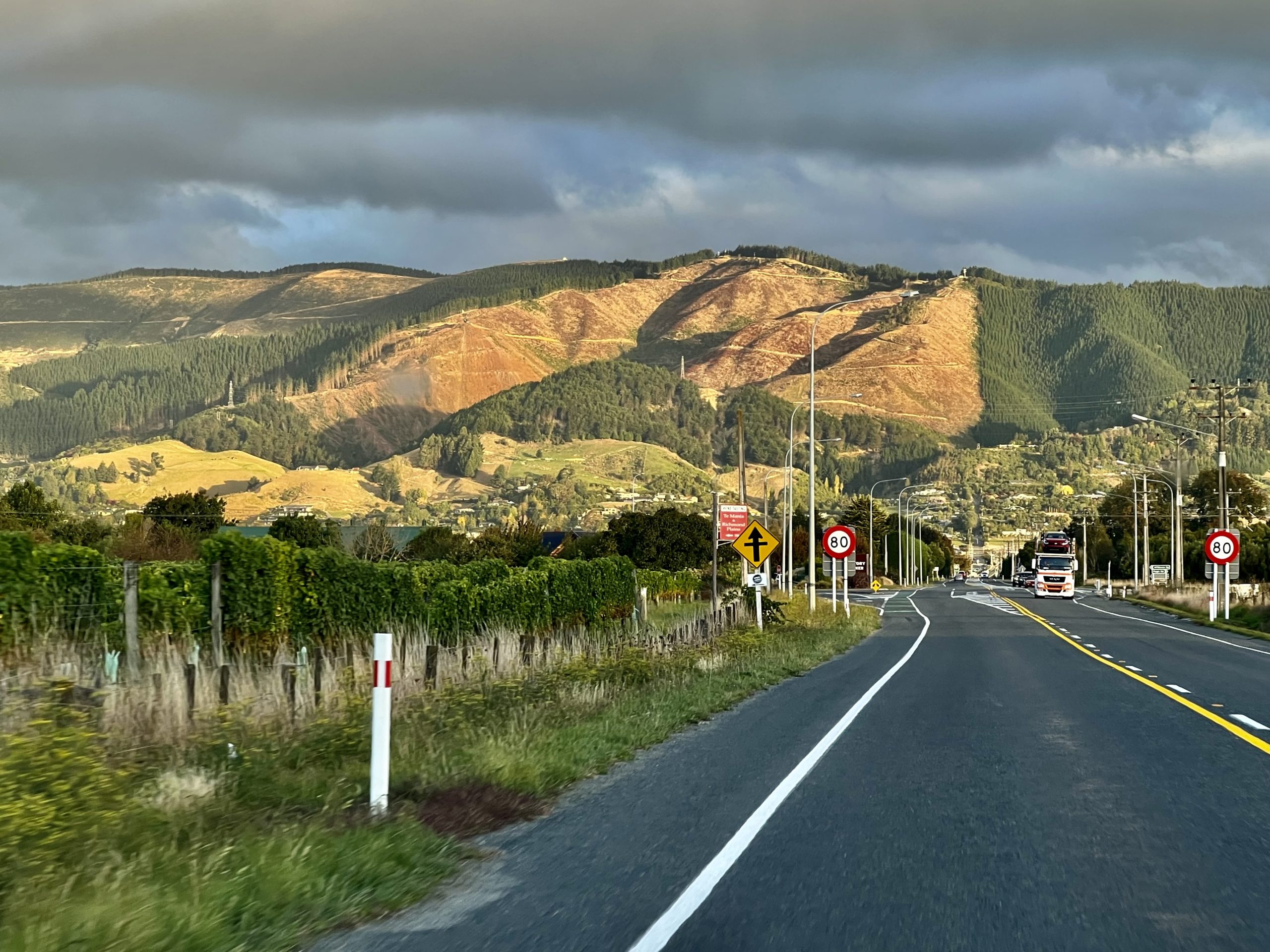
Food and Wine on our Day Trip


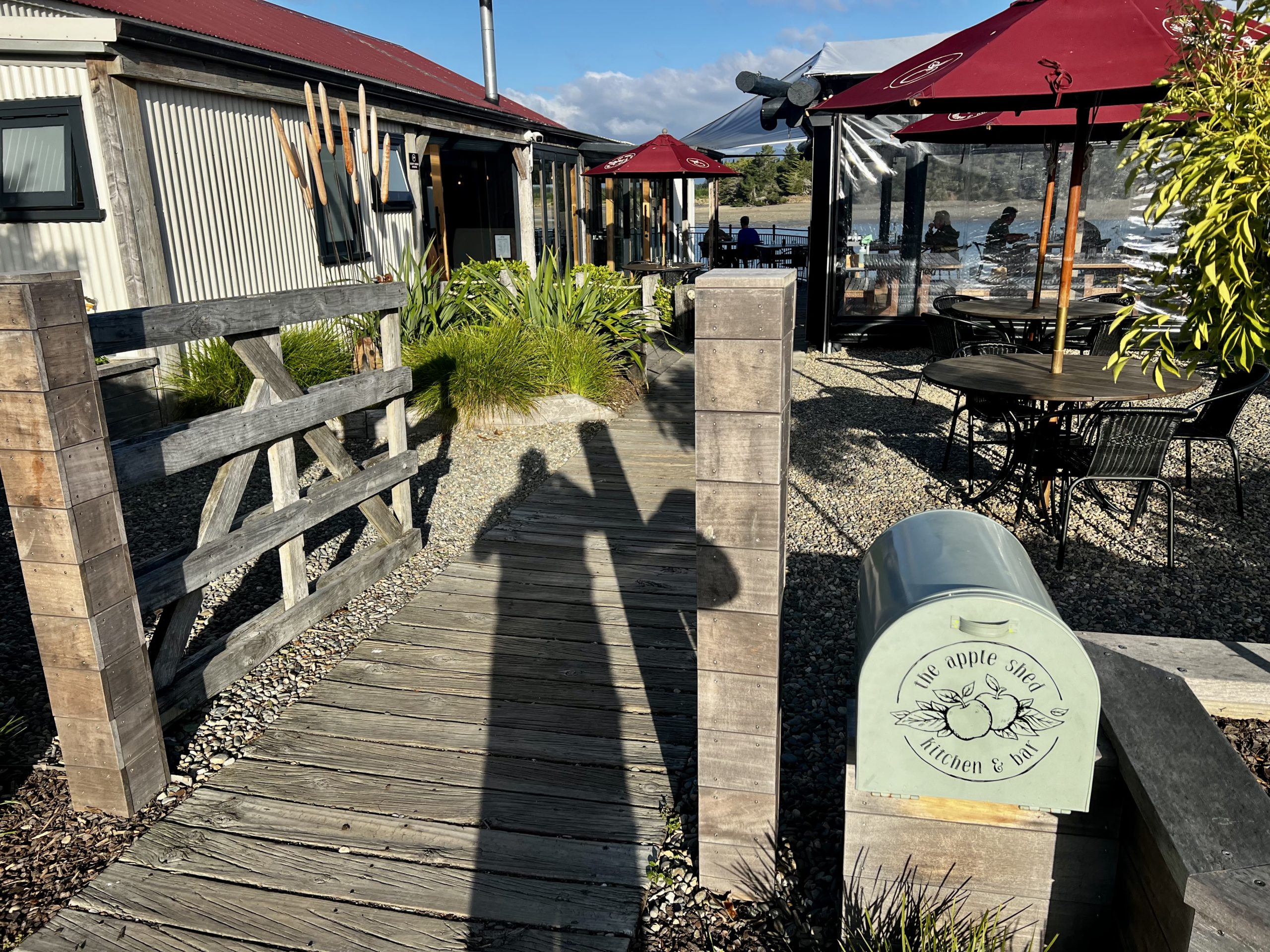
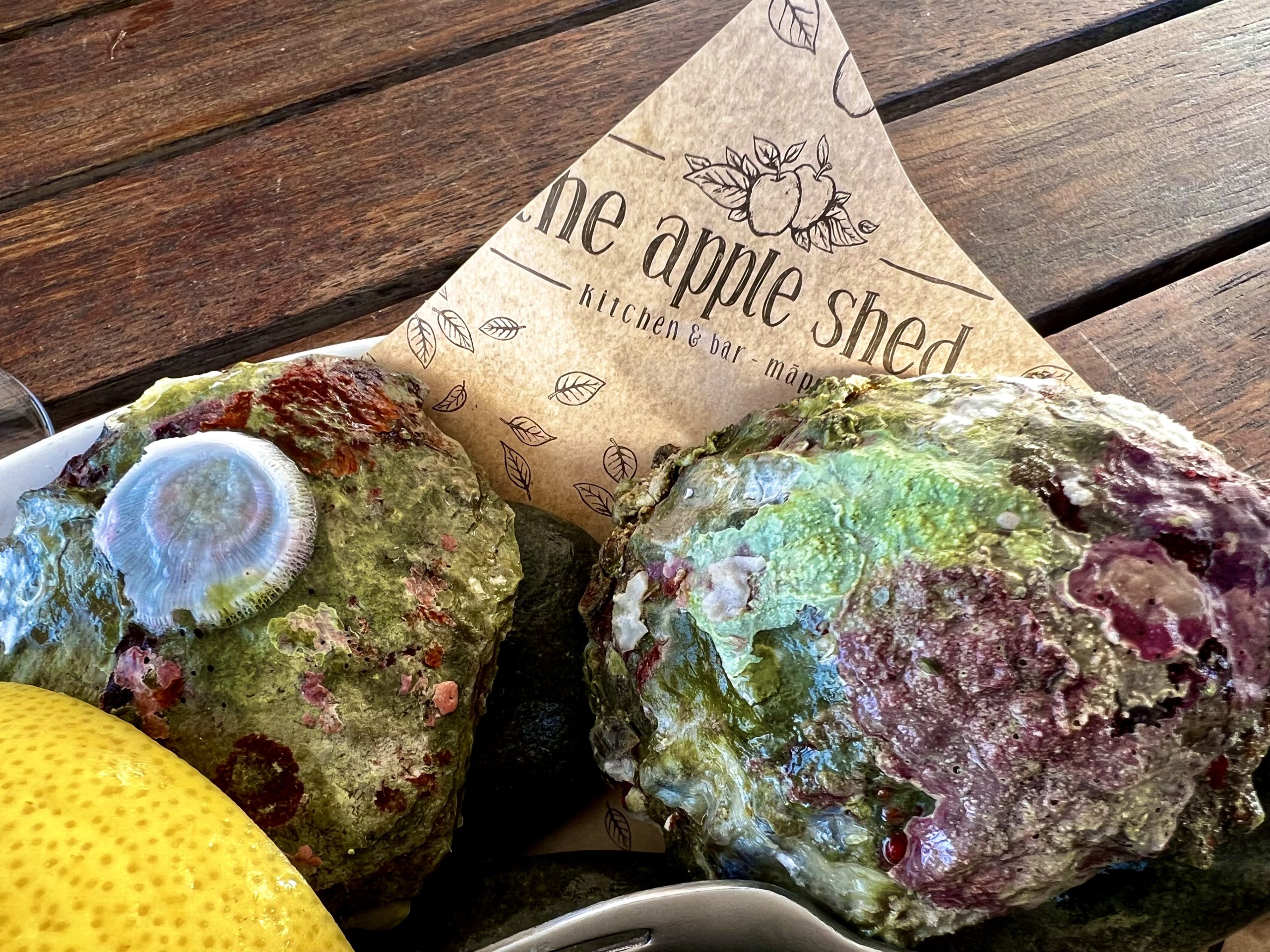
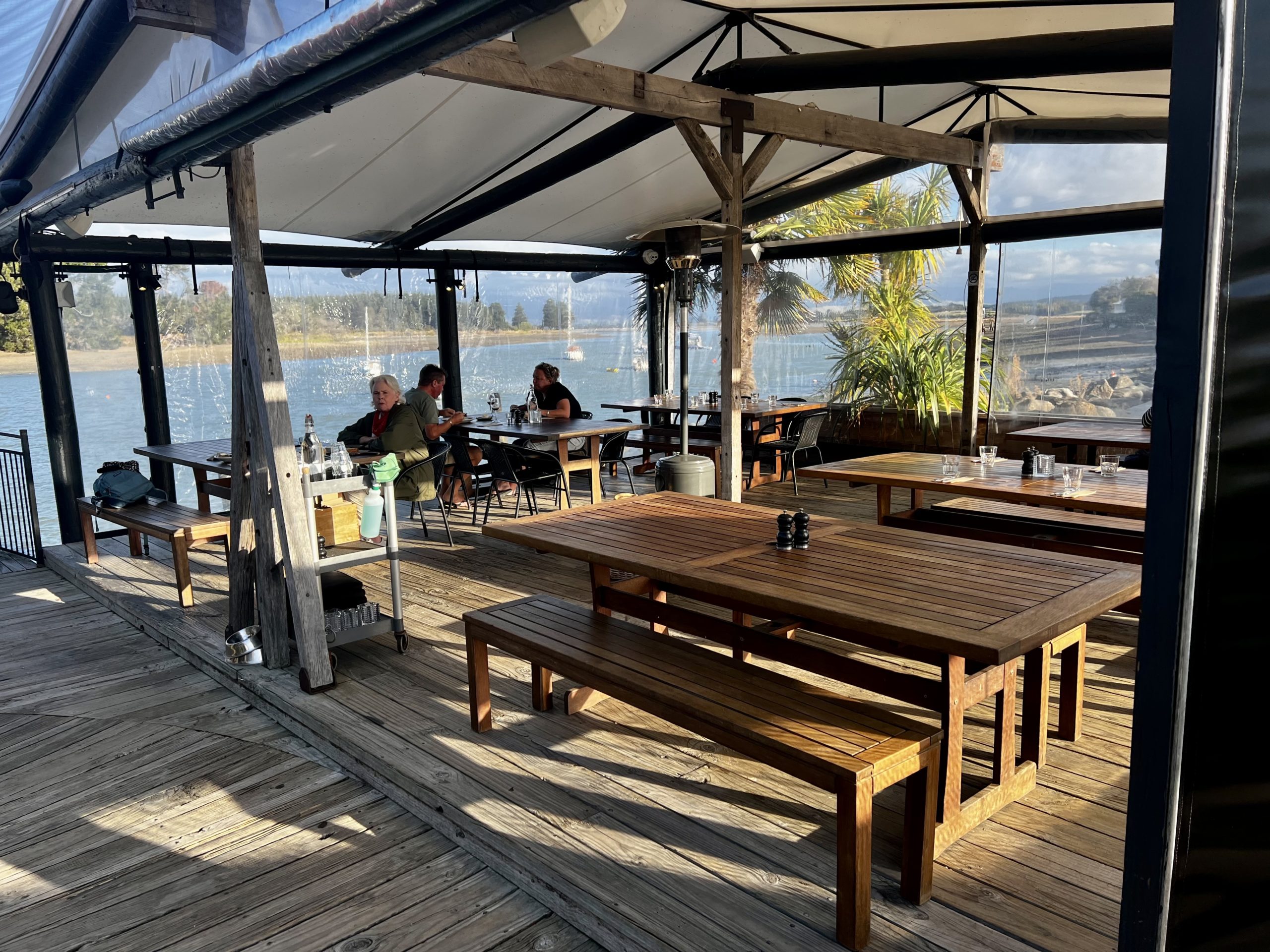
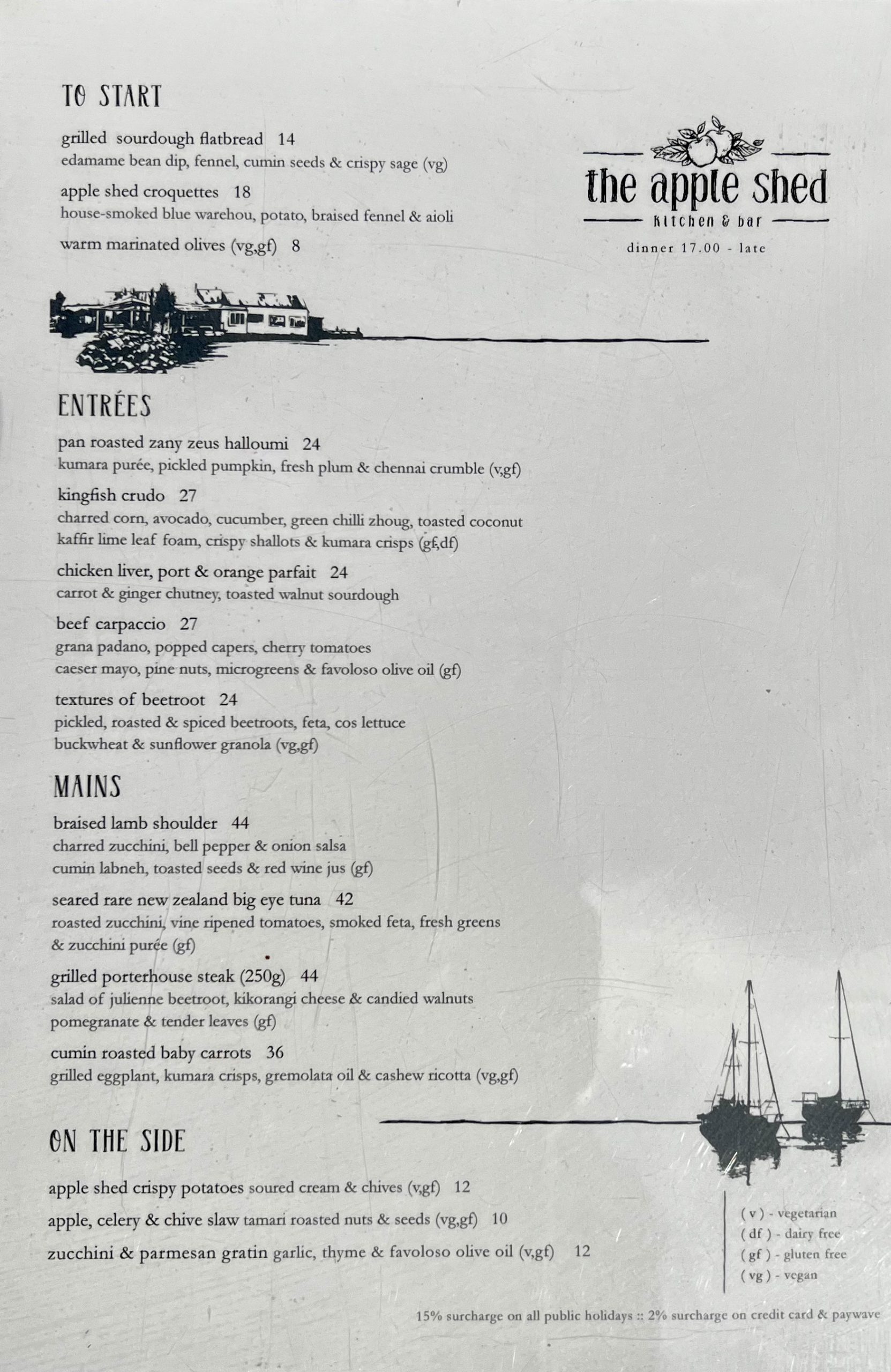
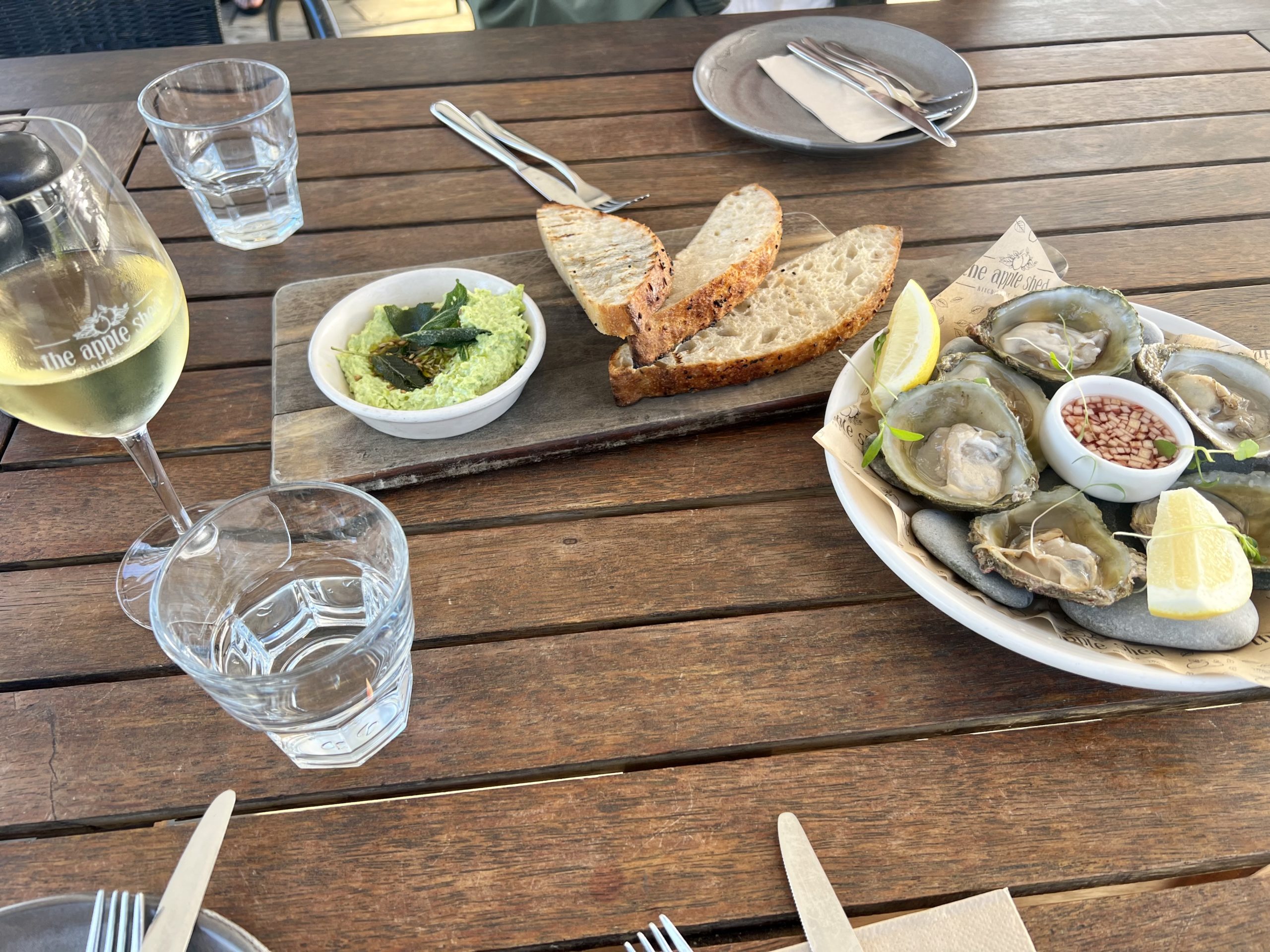
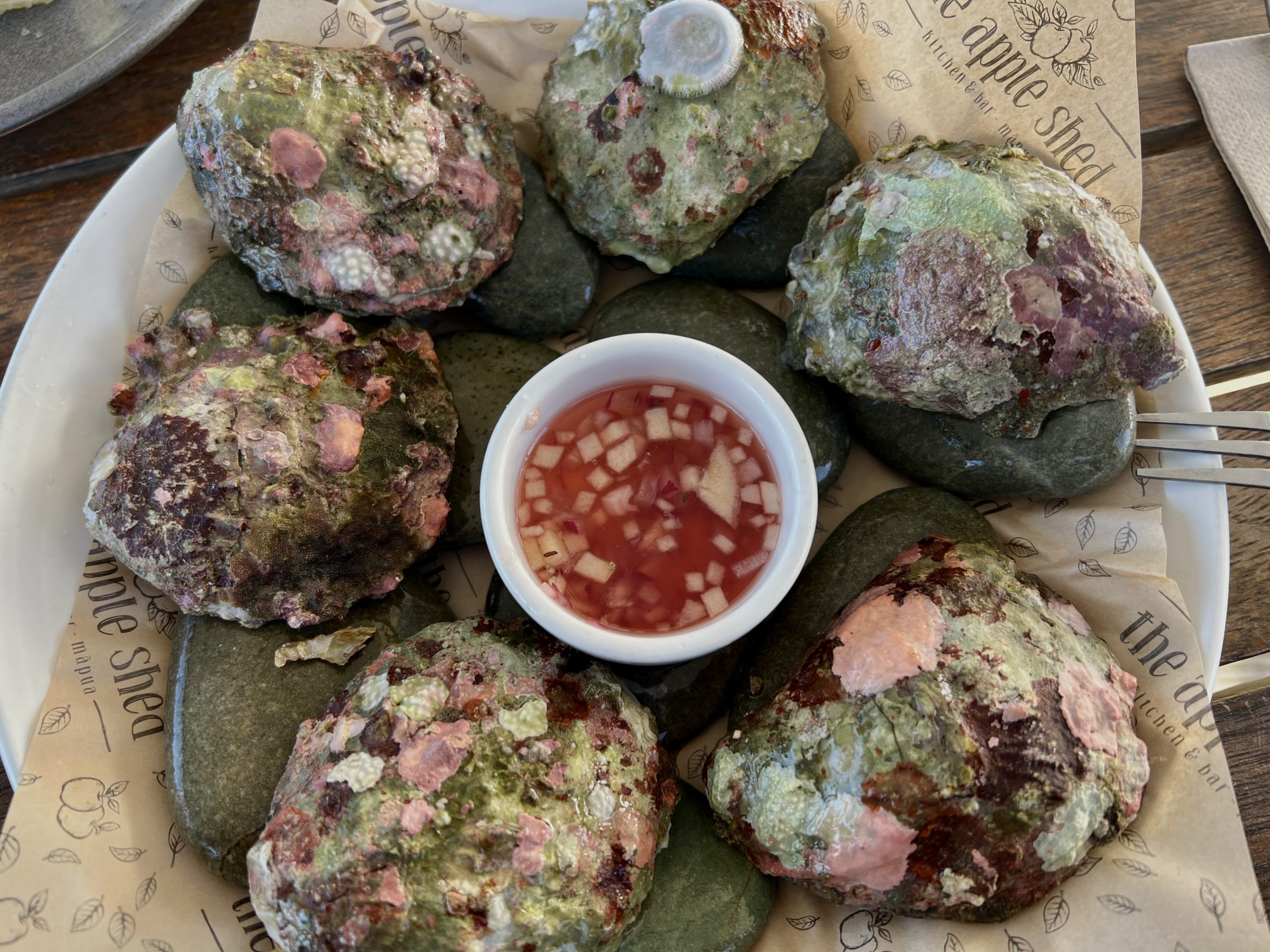
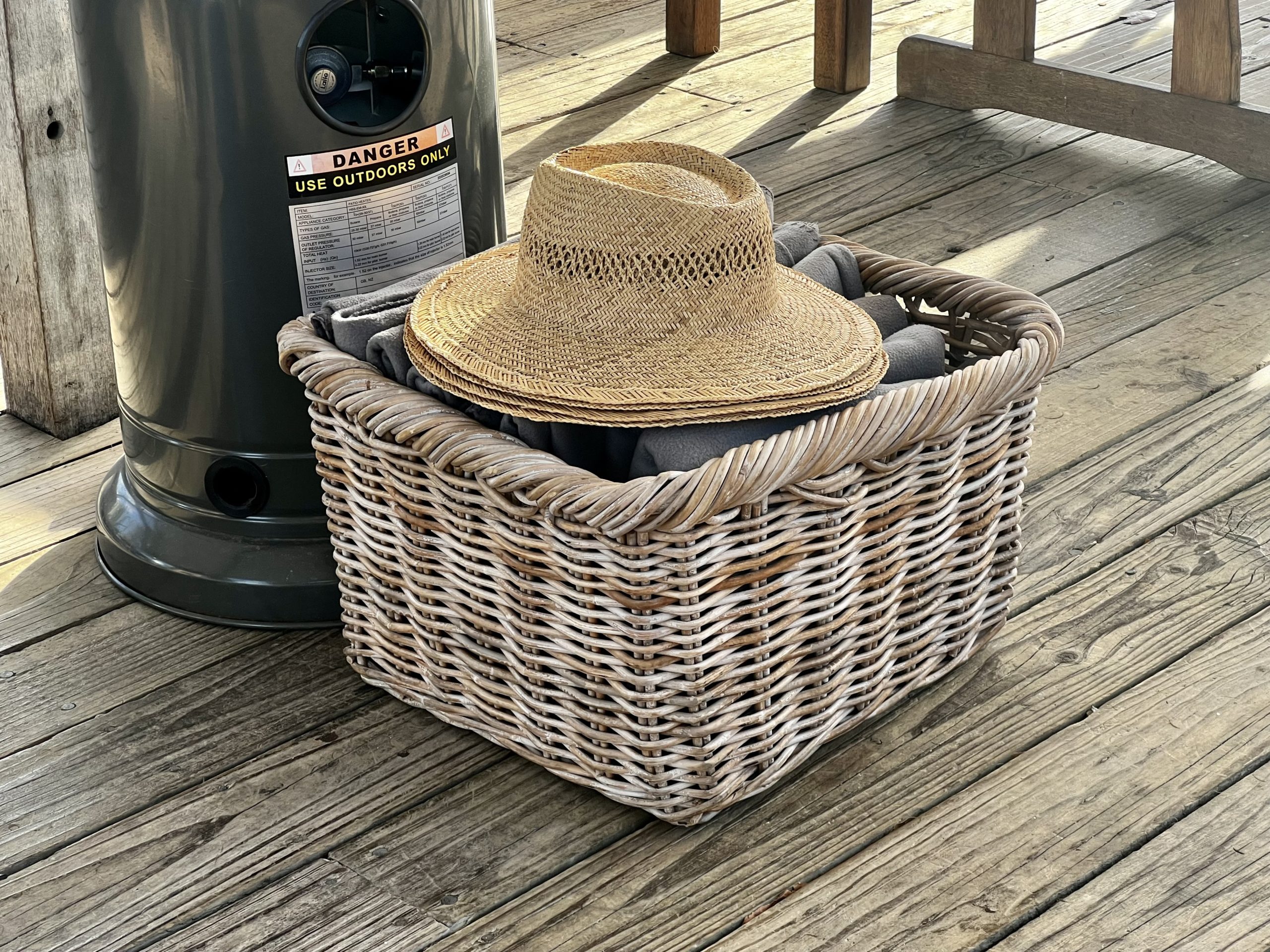
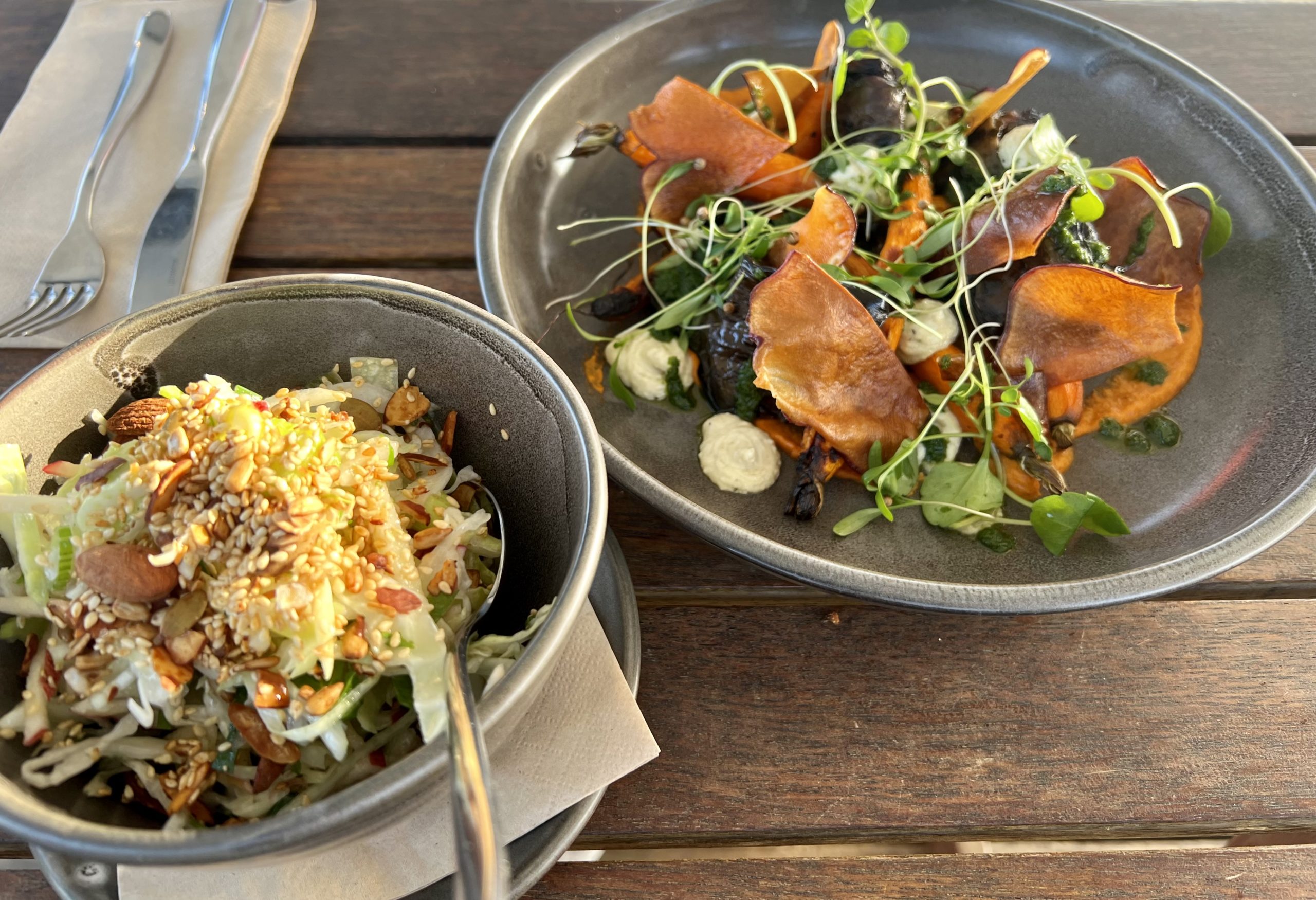
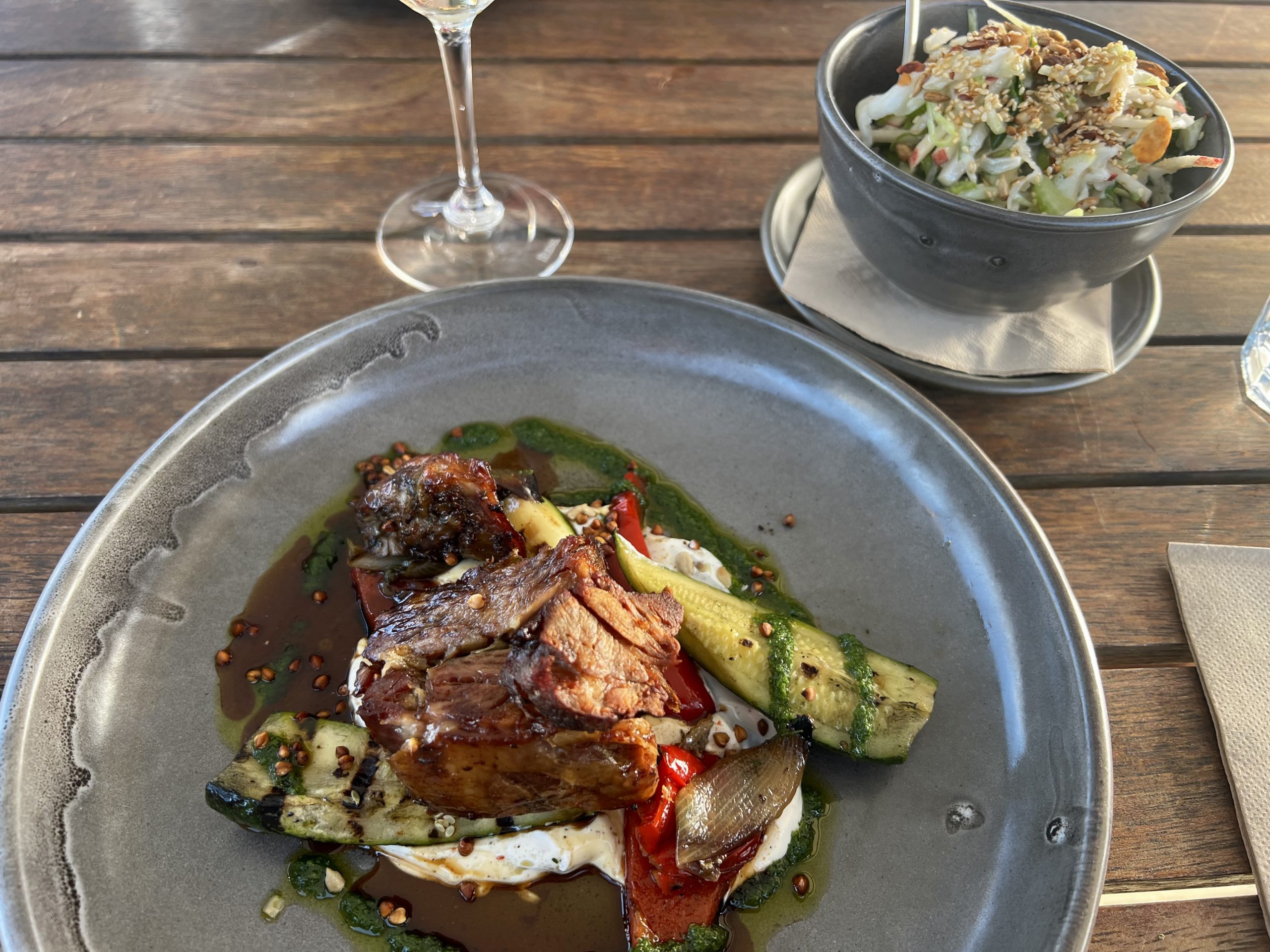
Food and Wine in Nelson
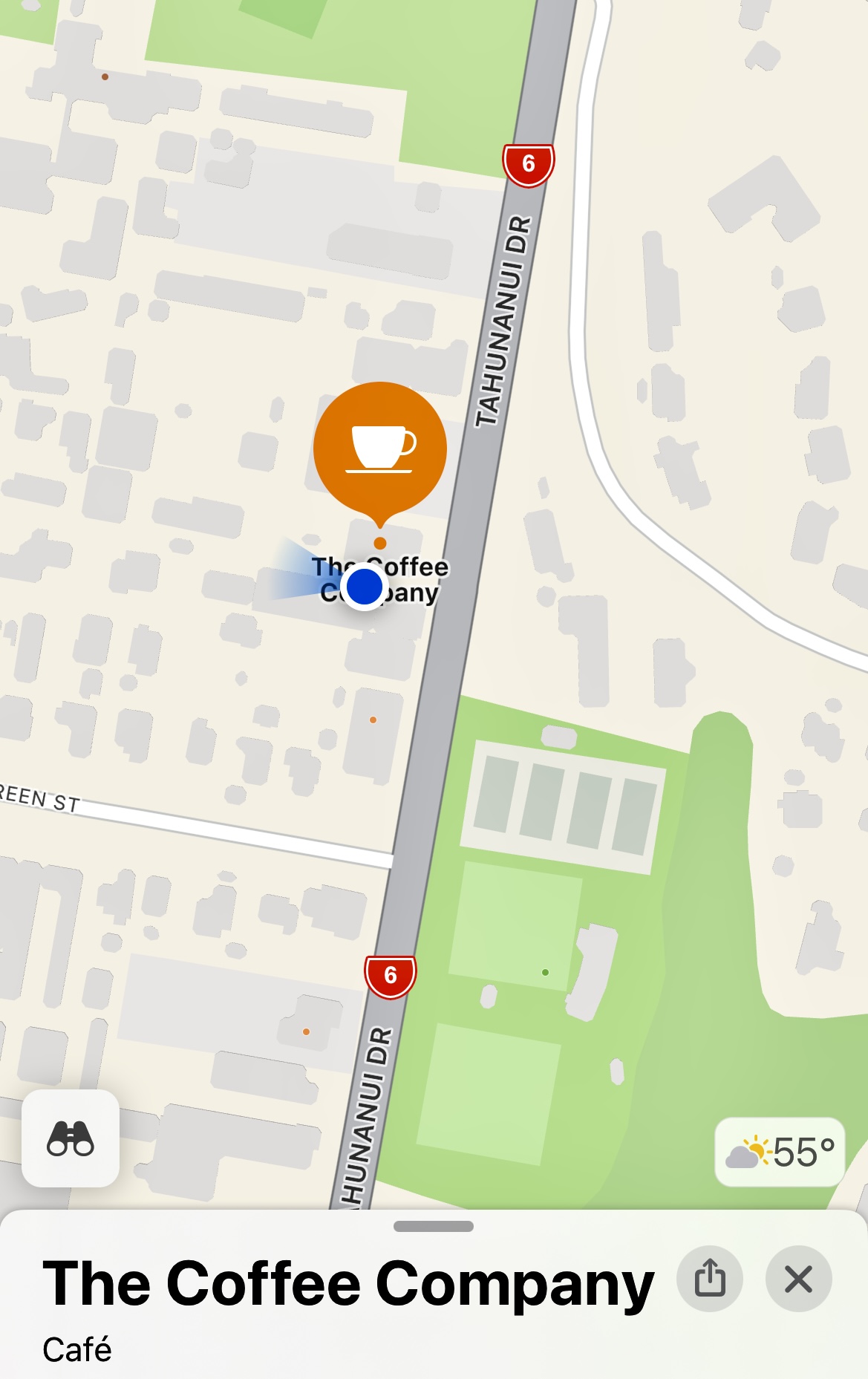
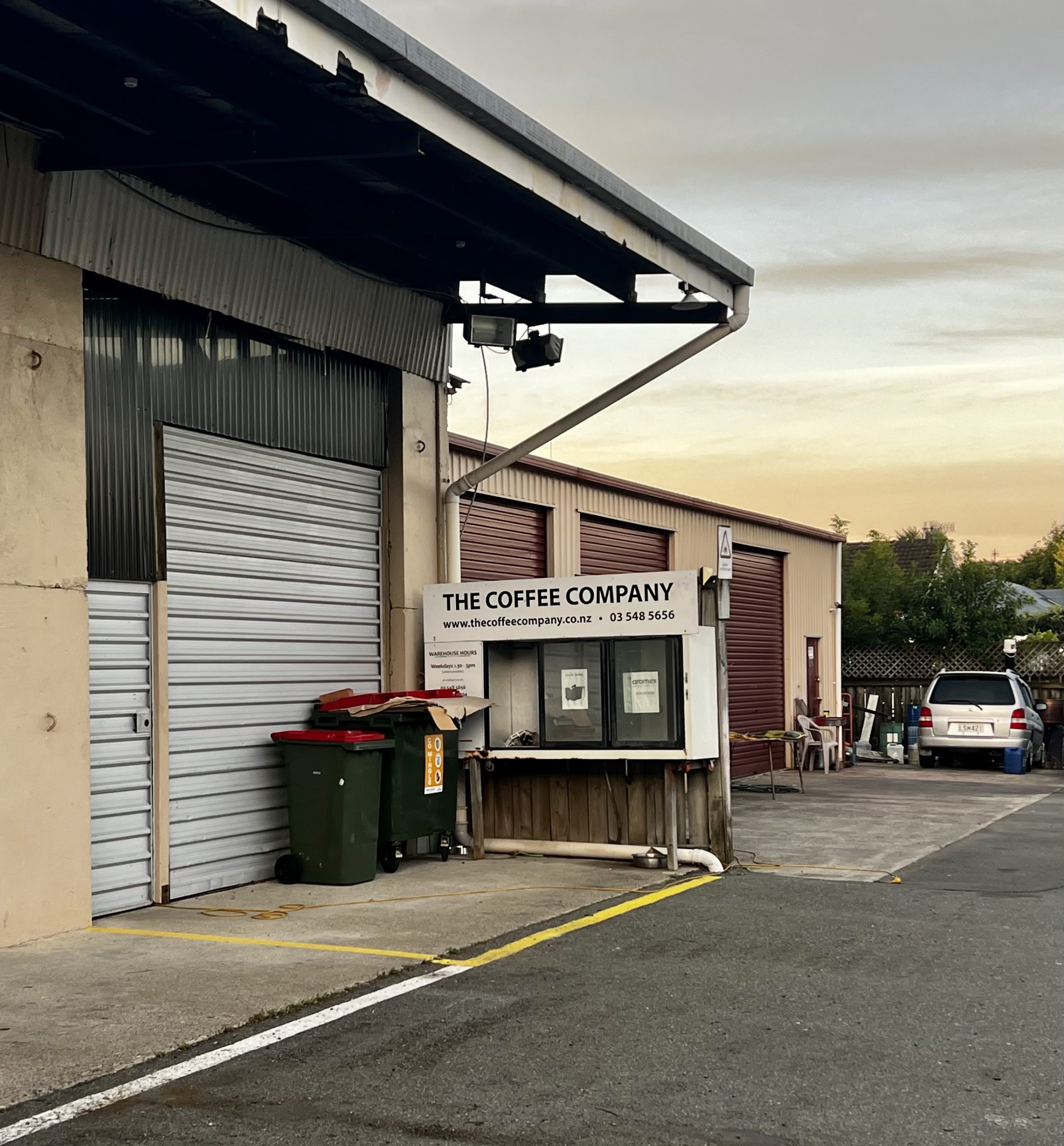
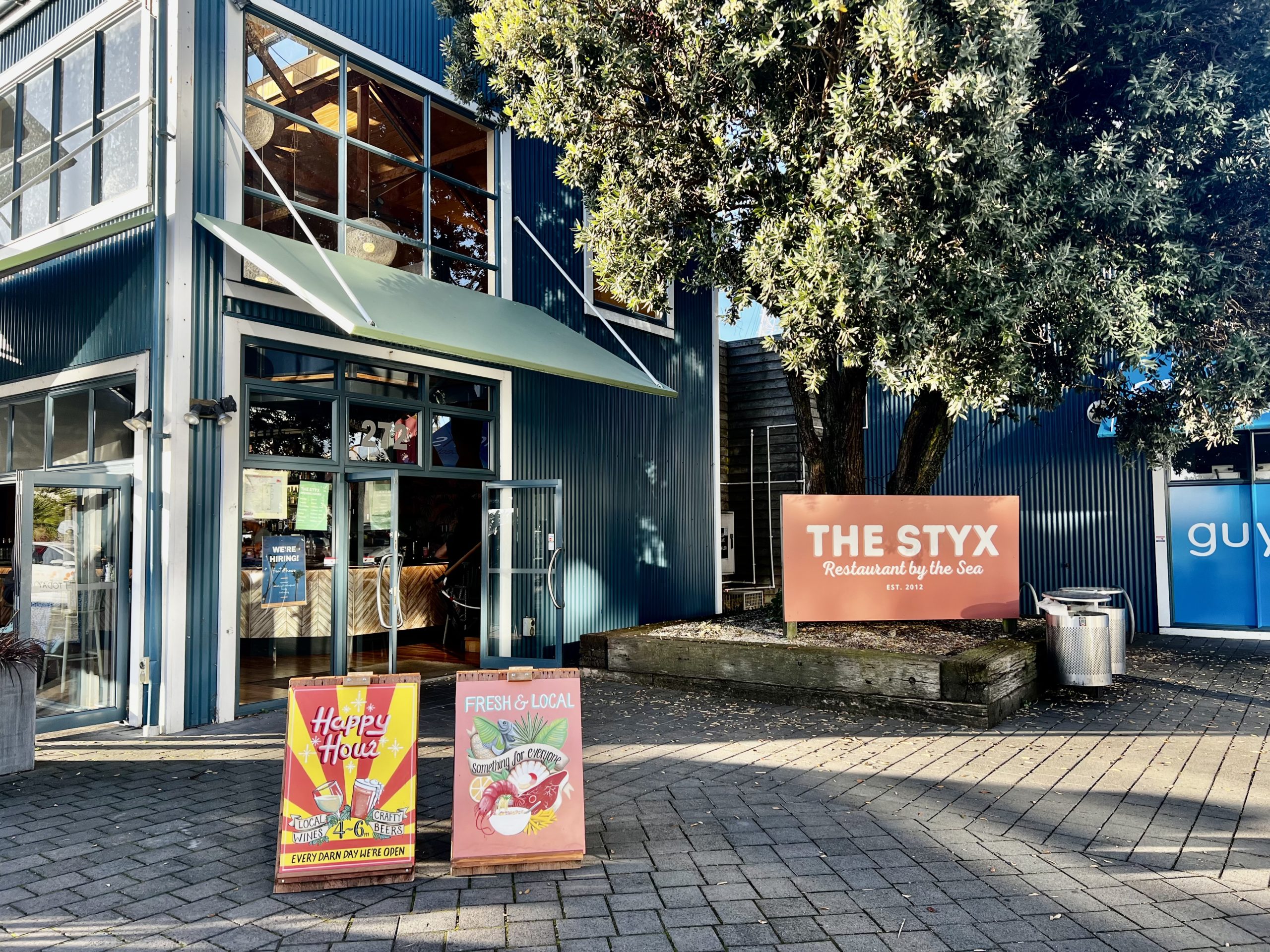
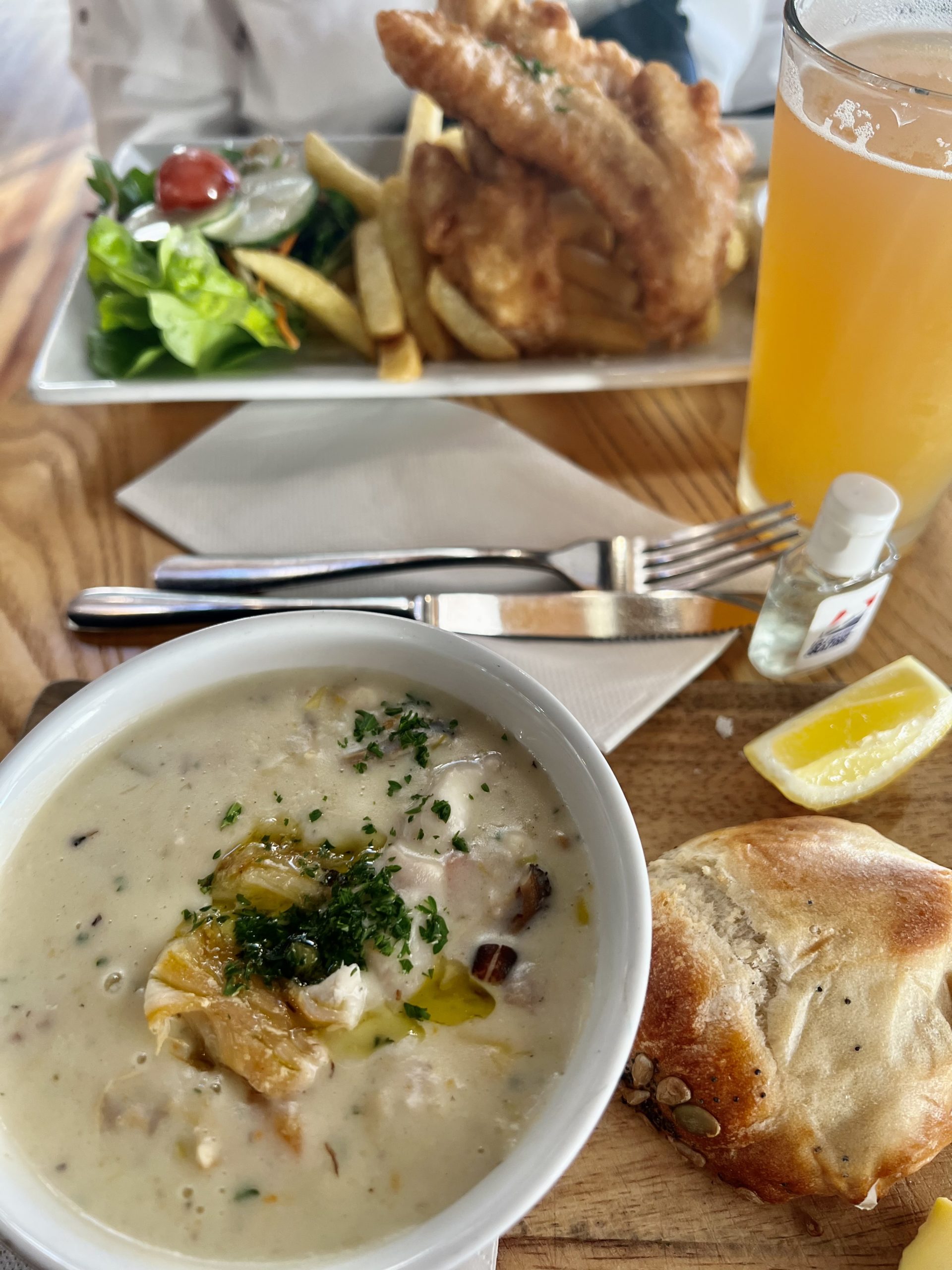
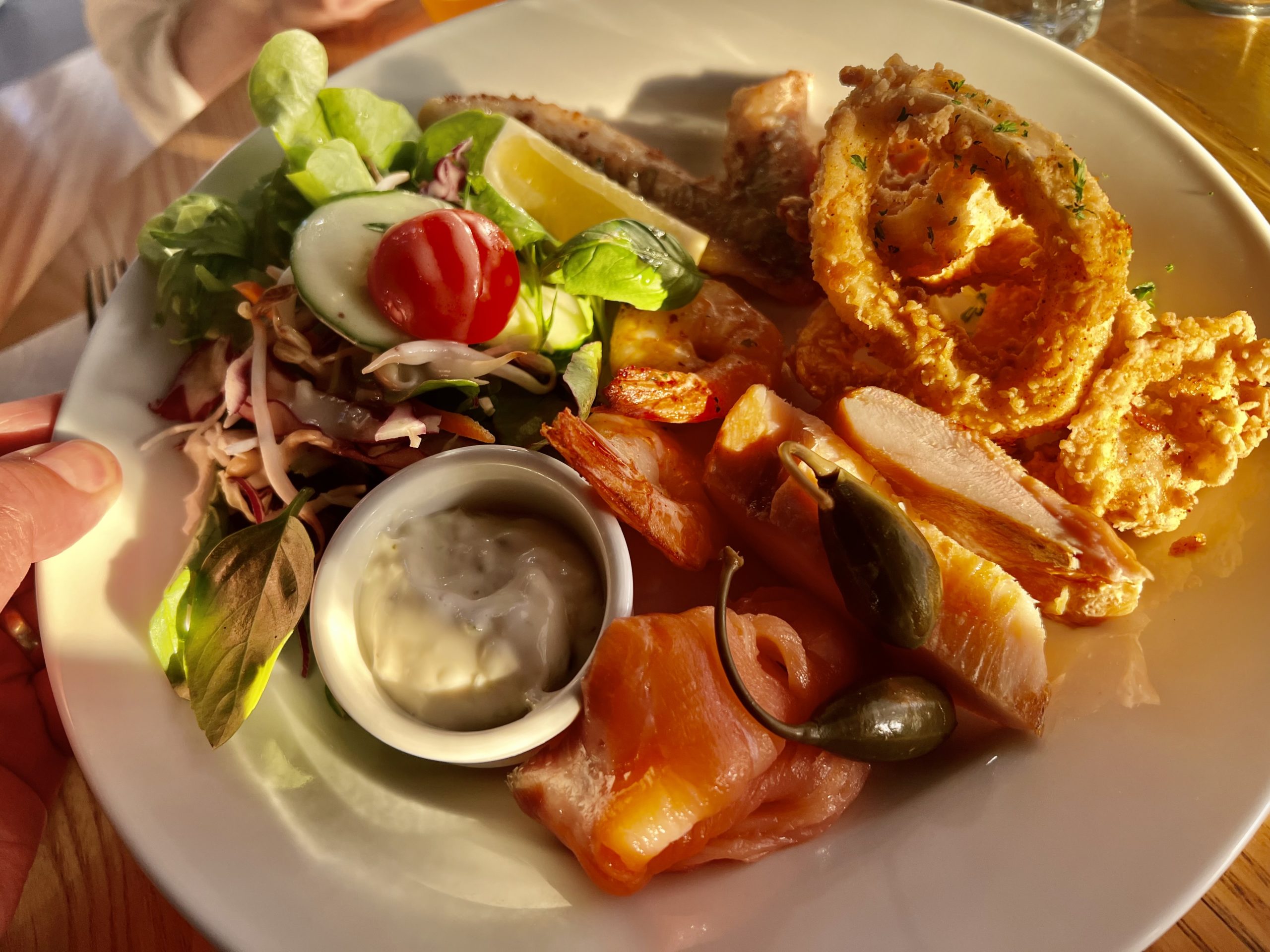
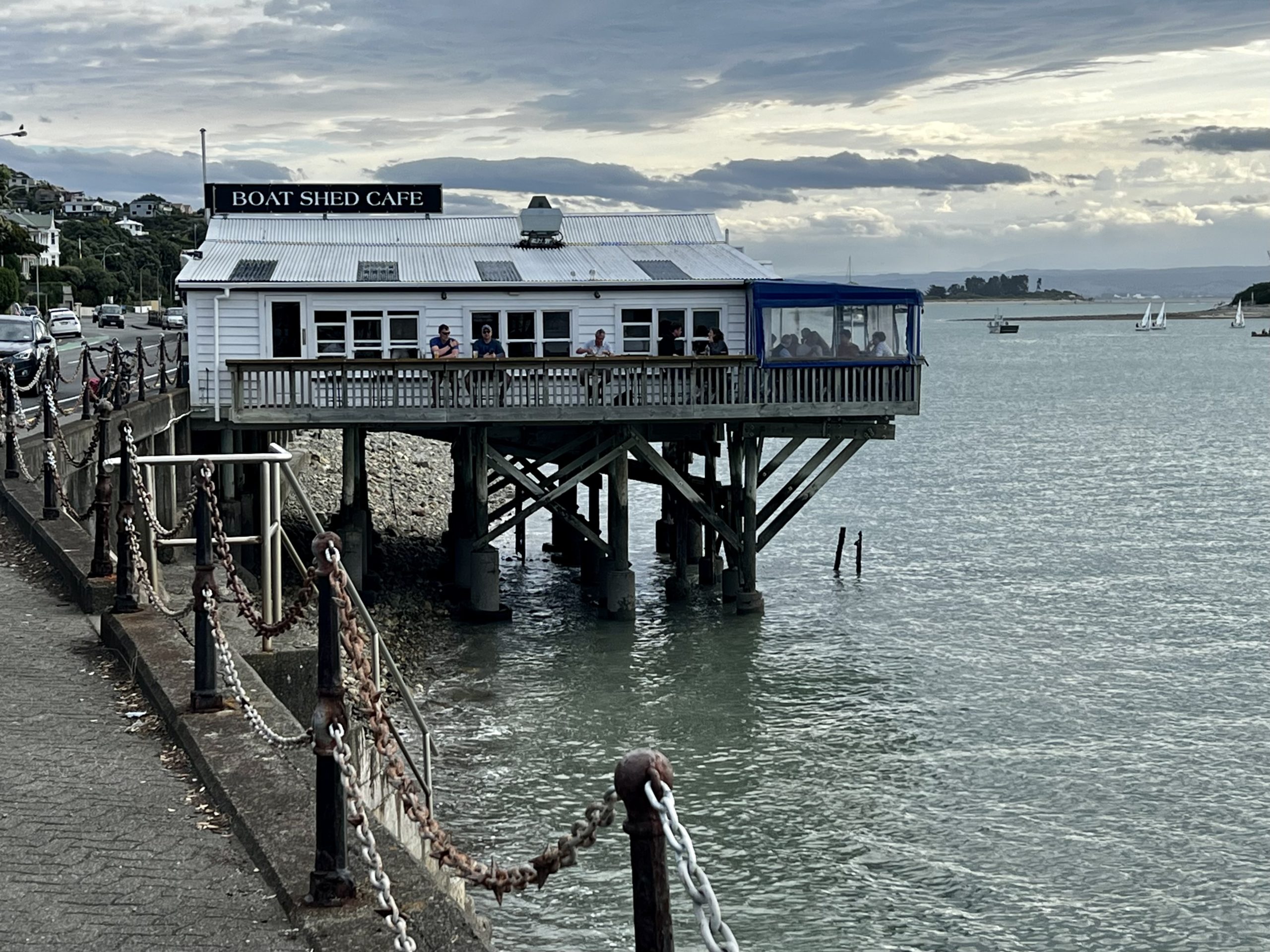
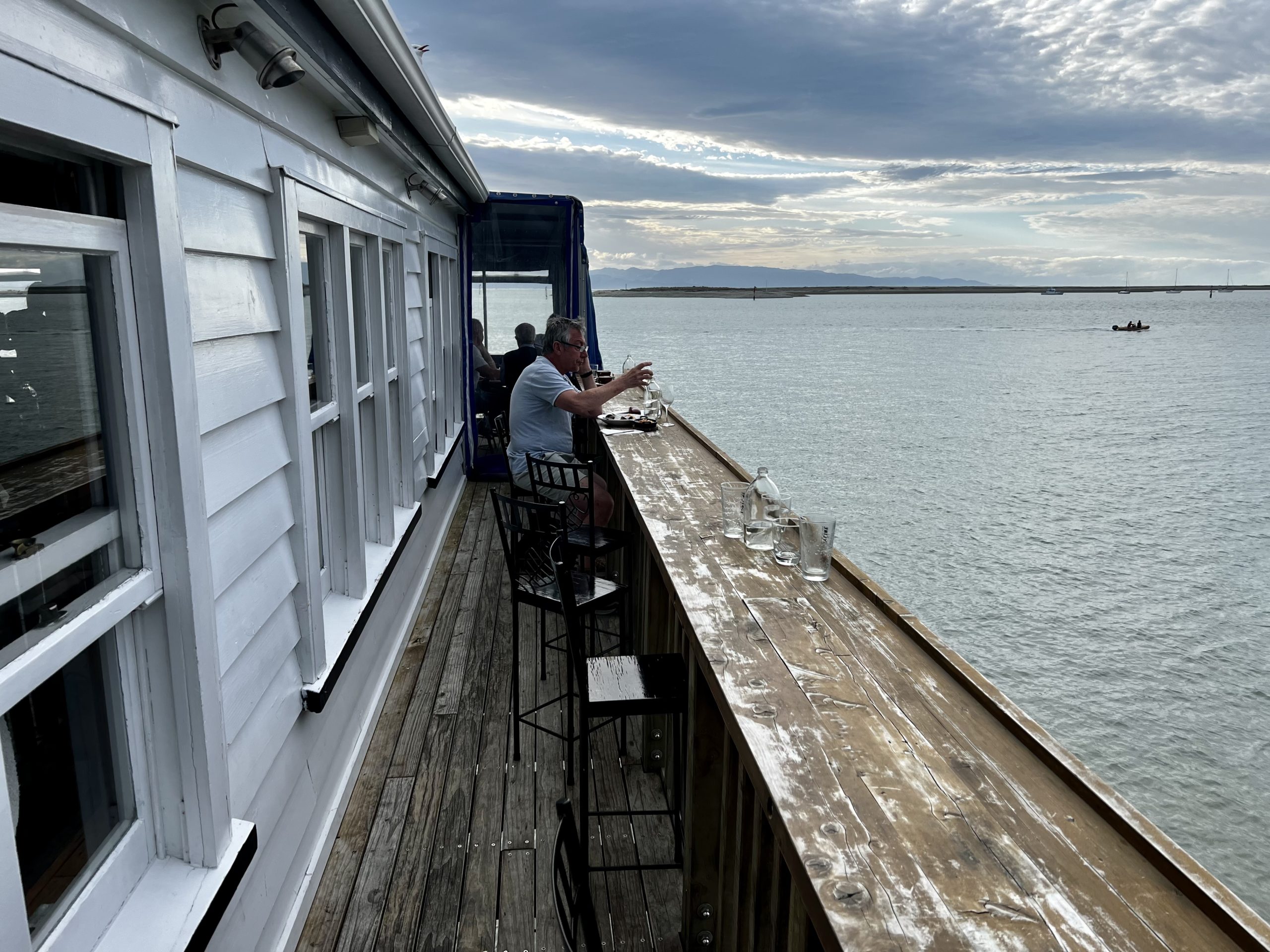
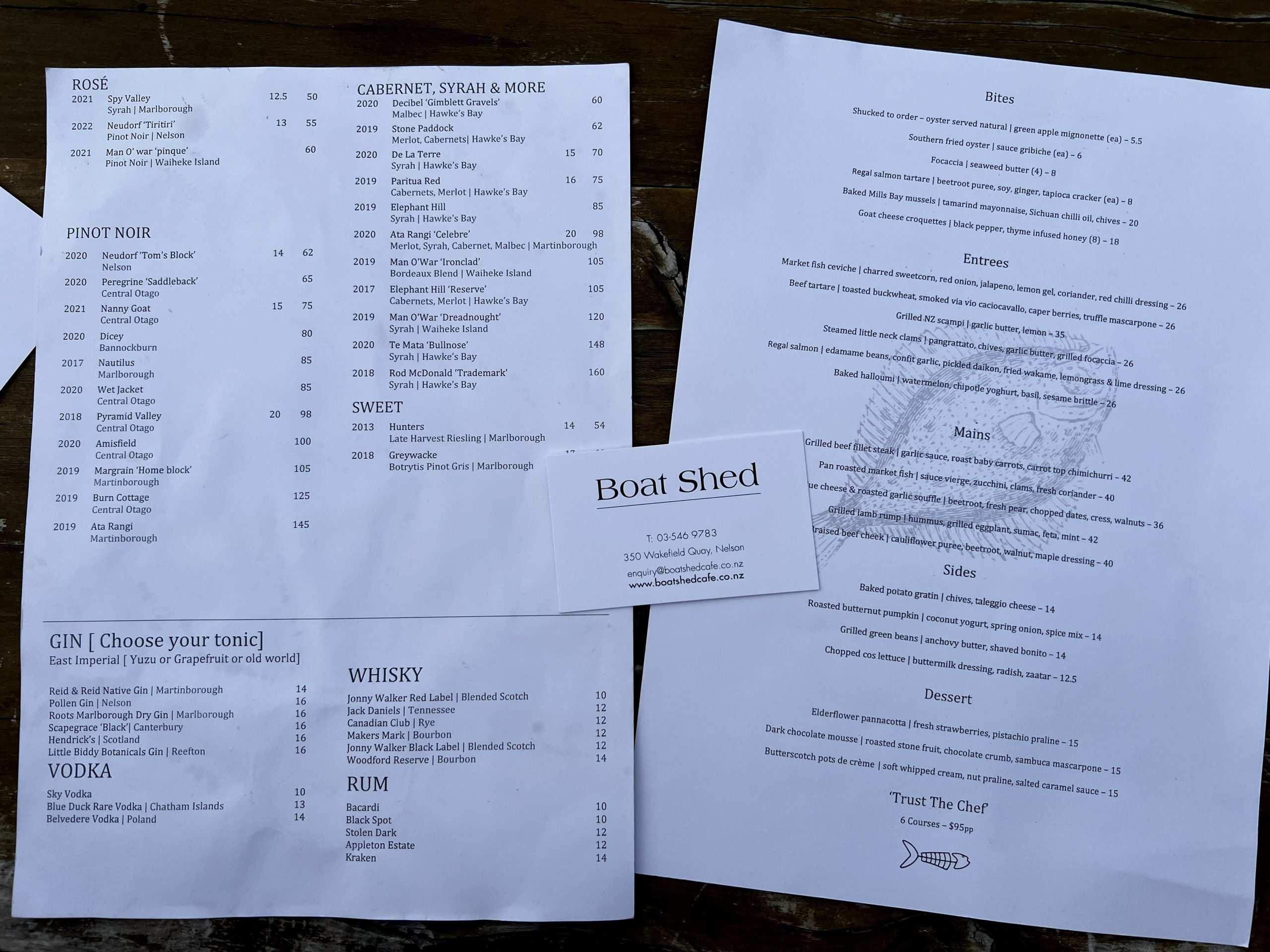
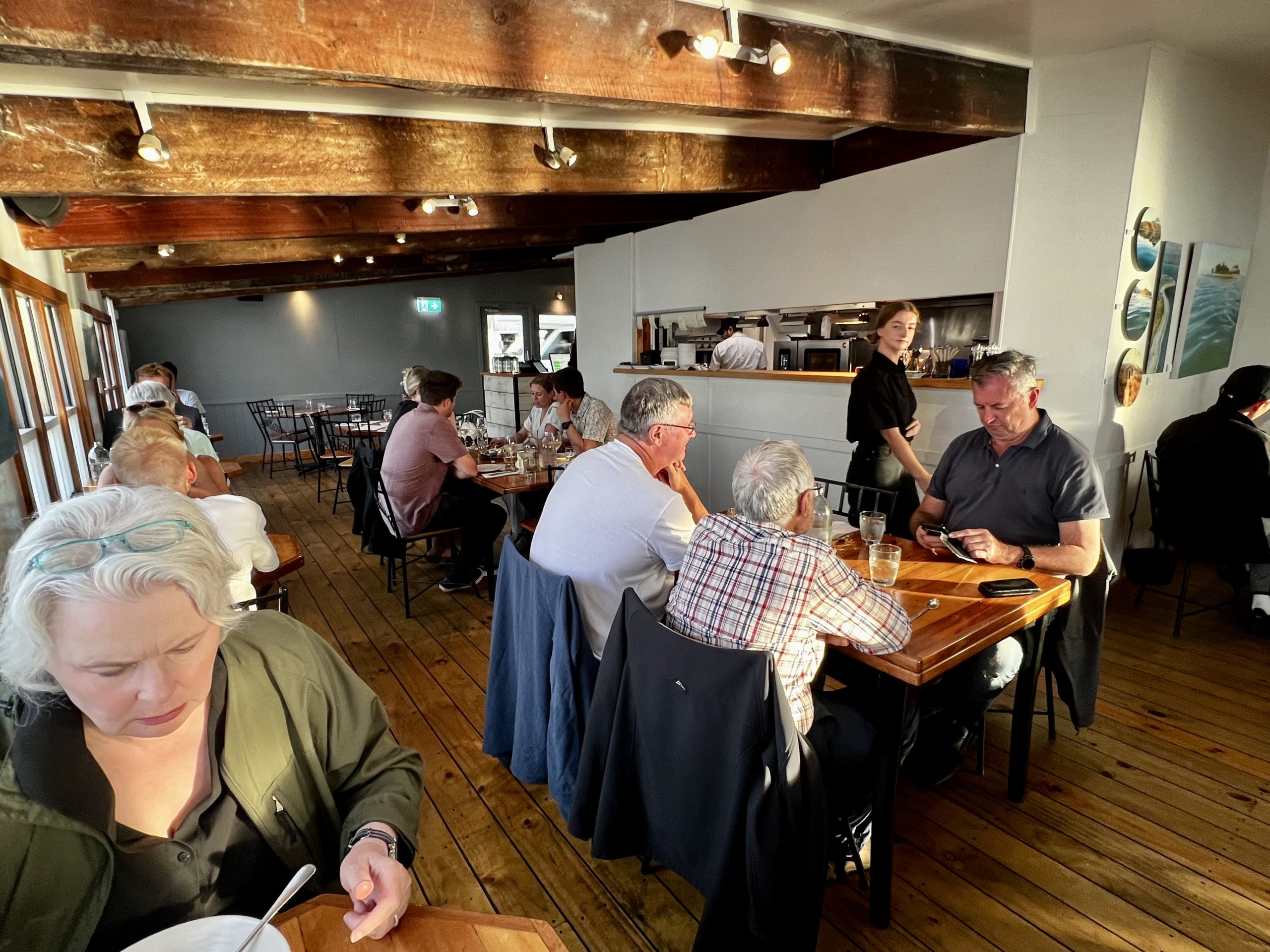
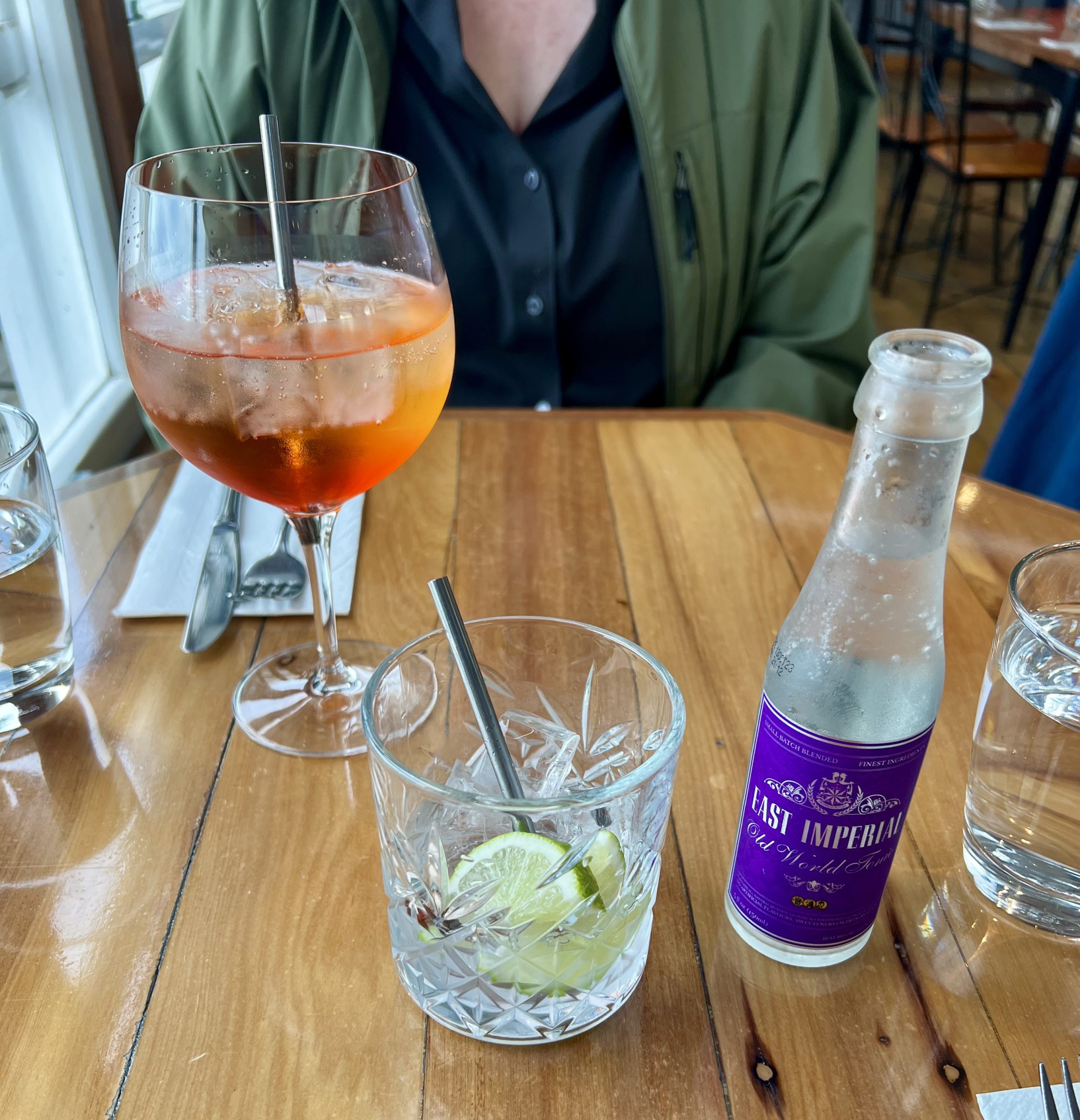
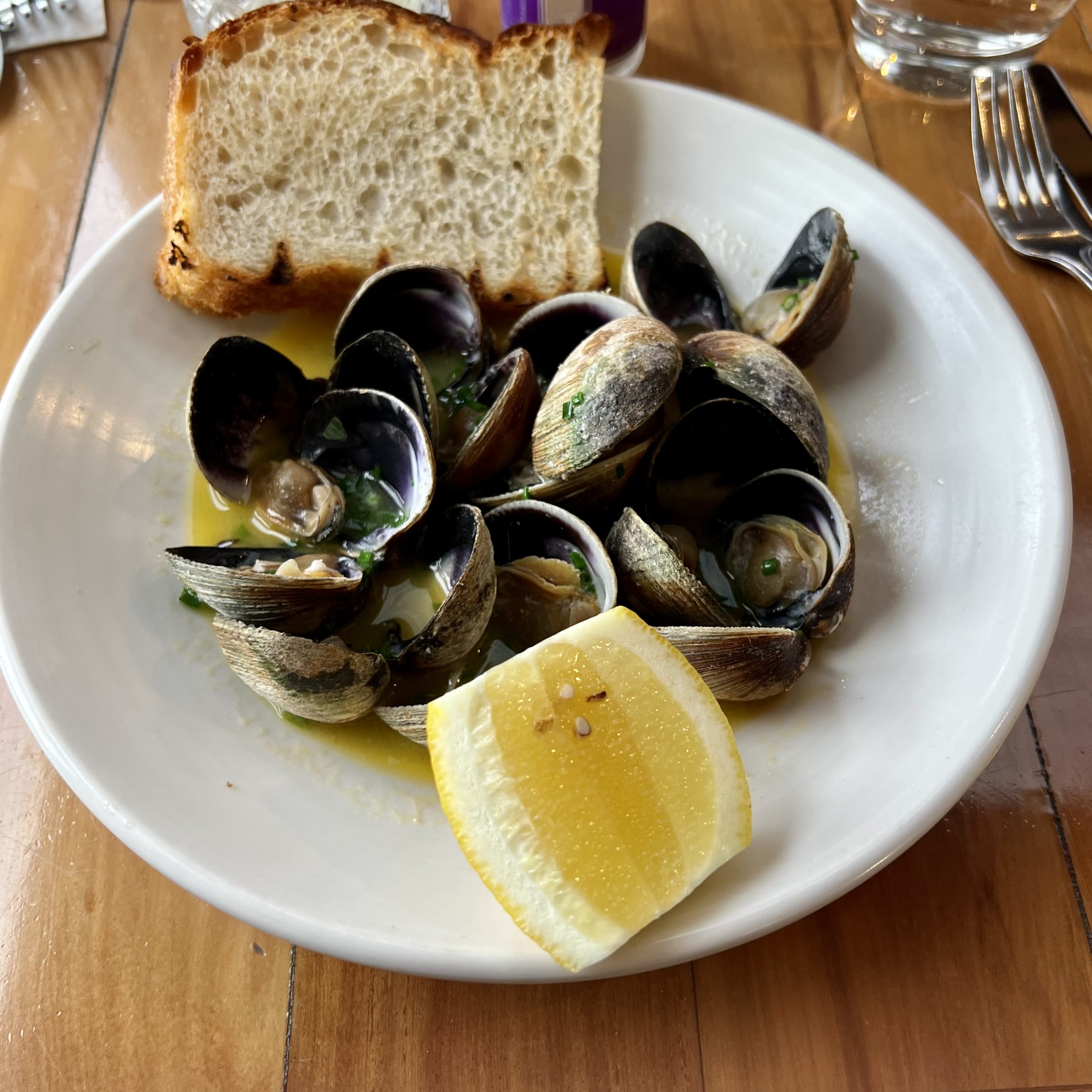
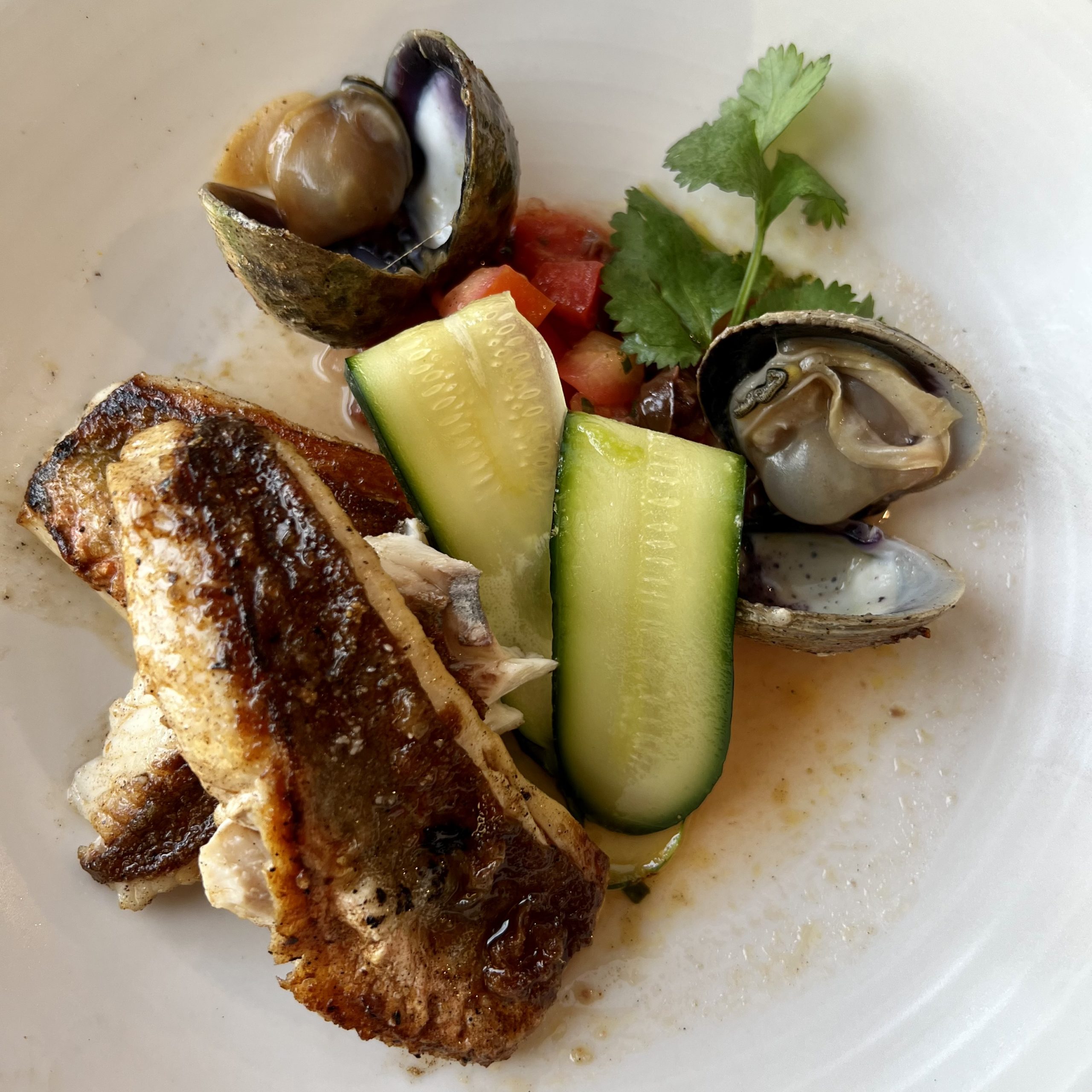
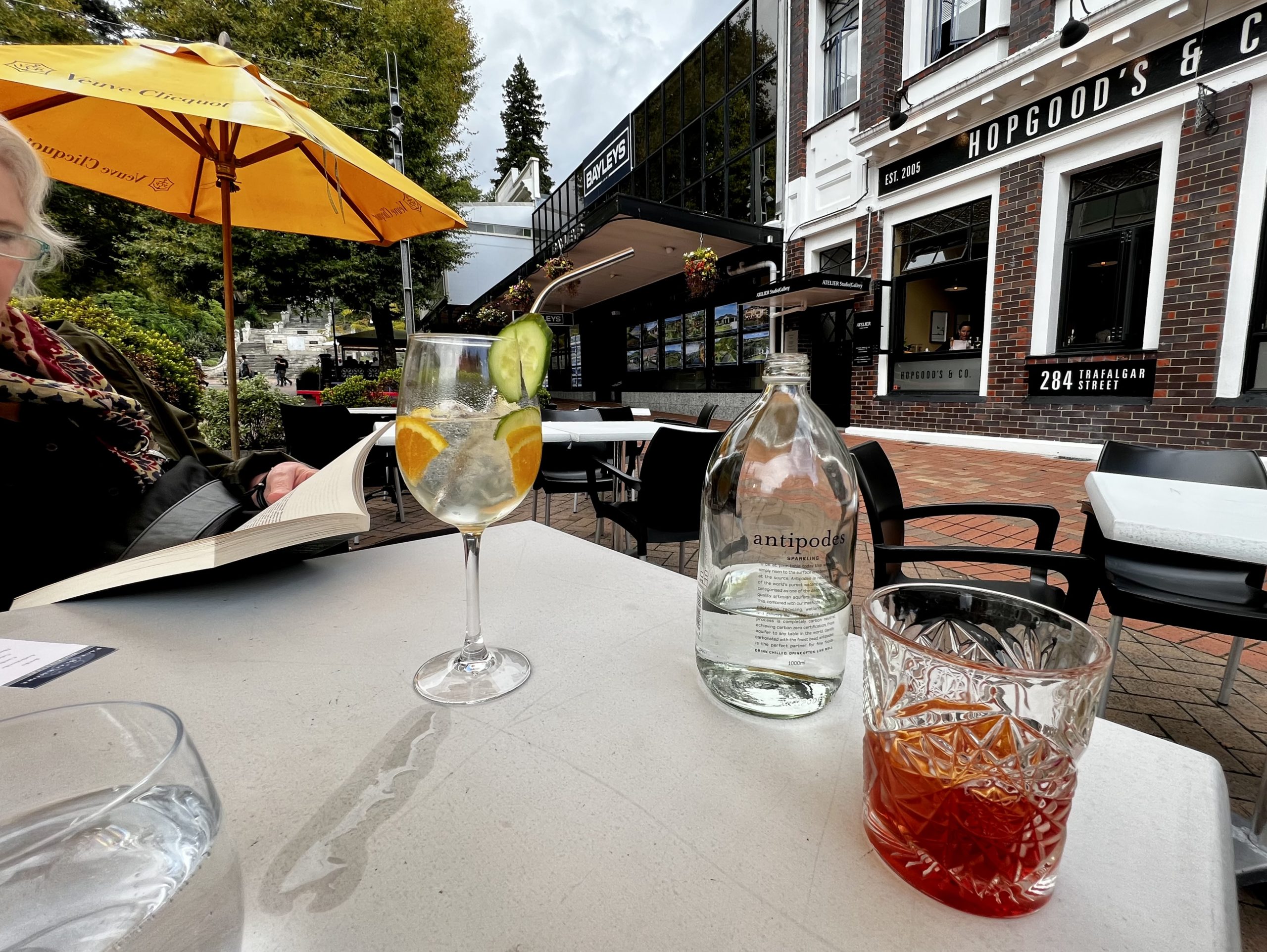
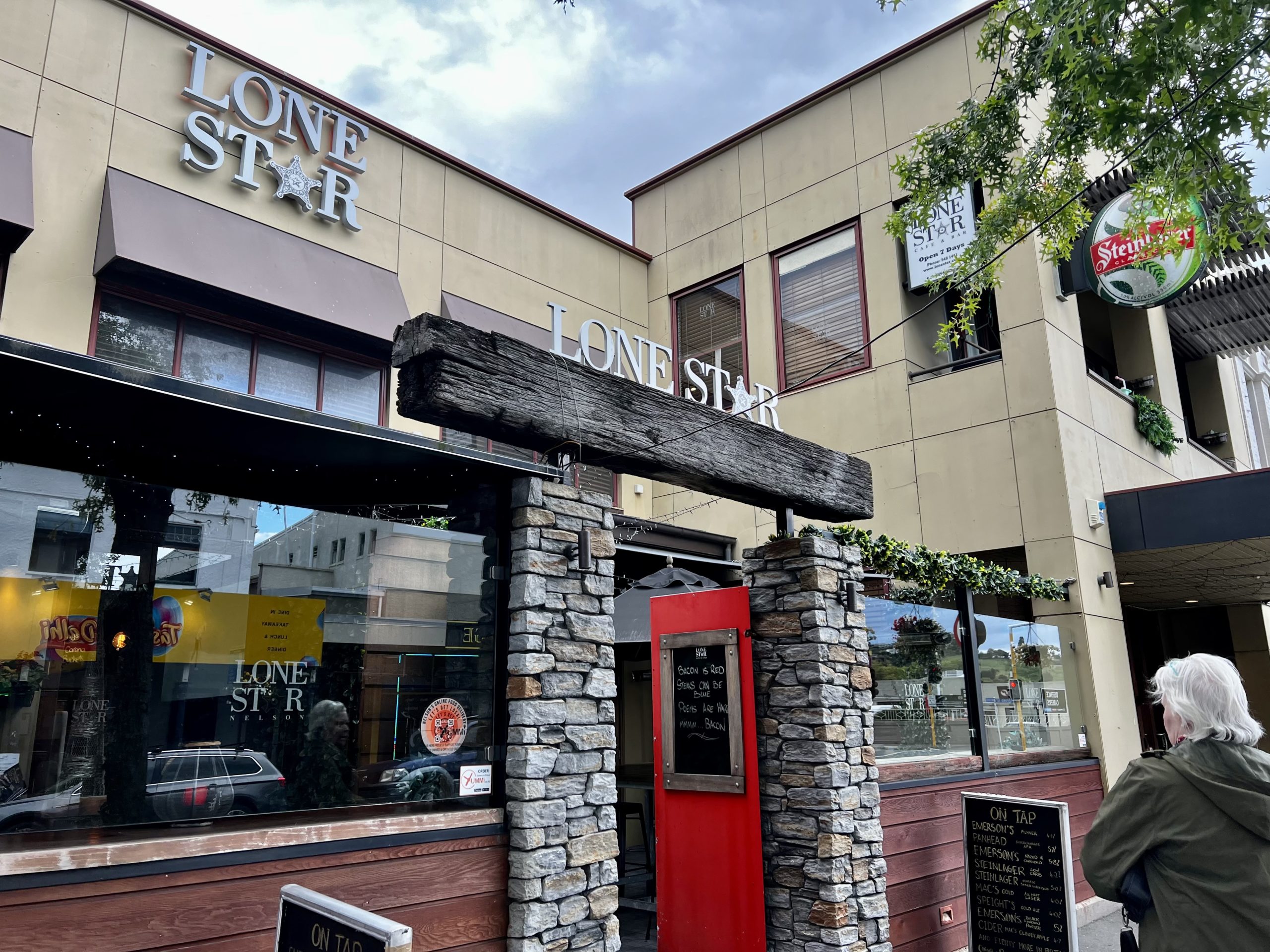
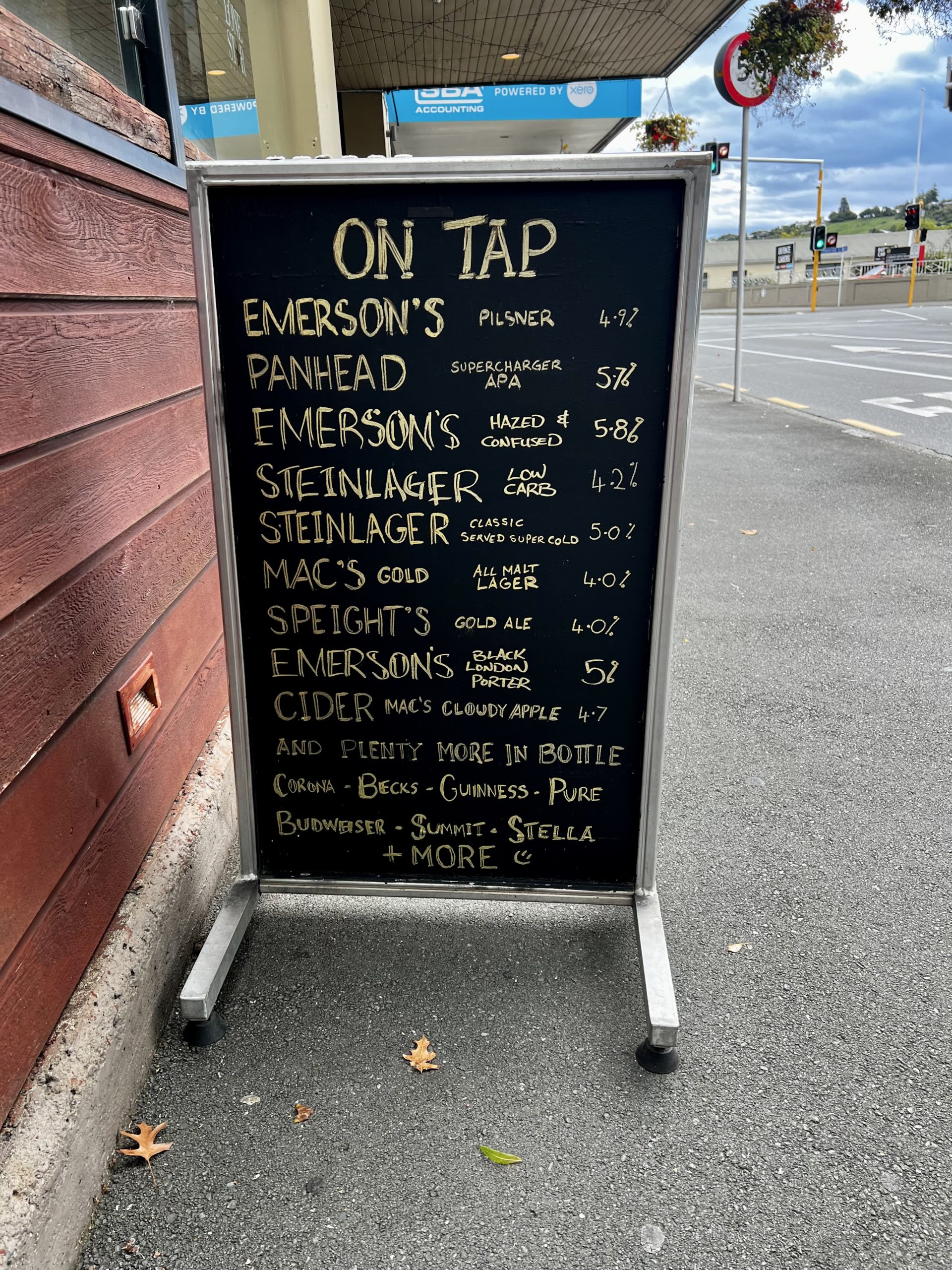
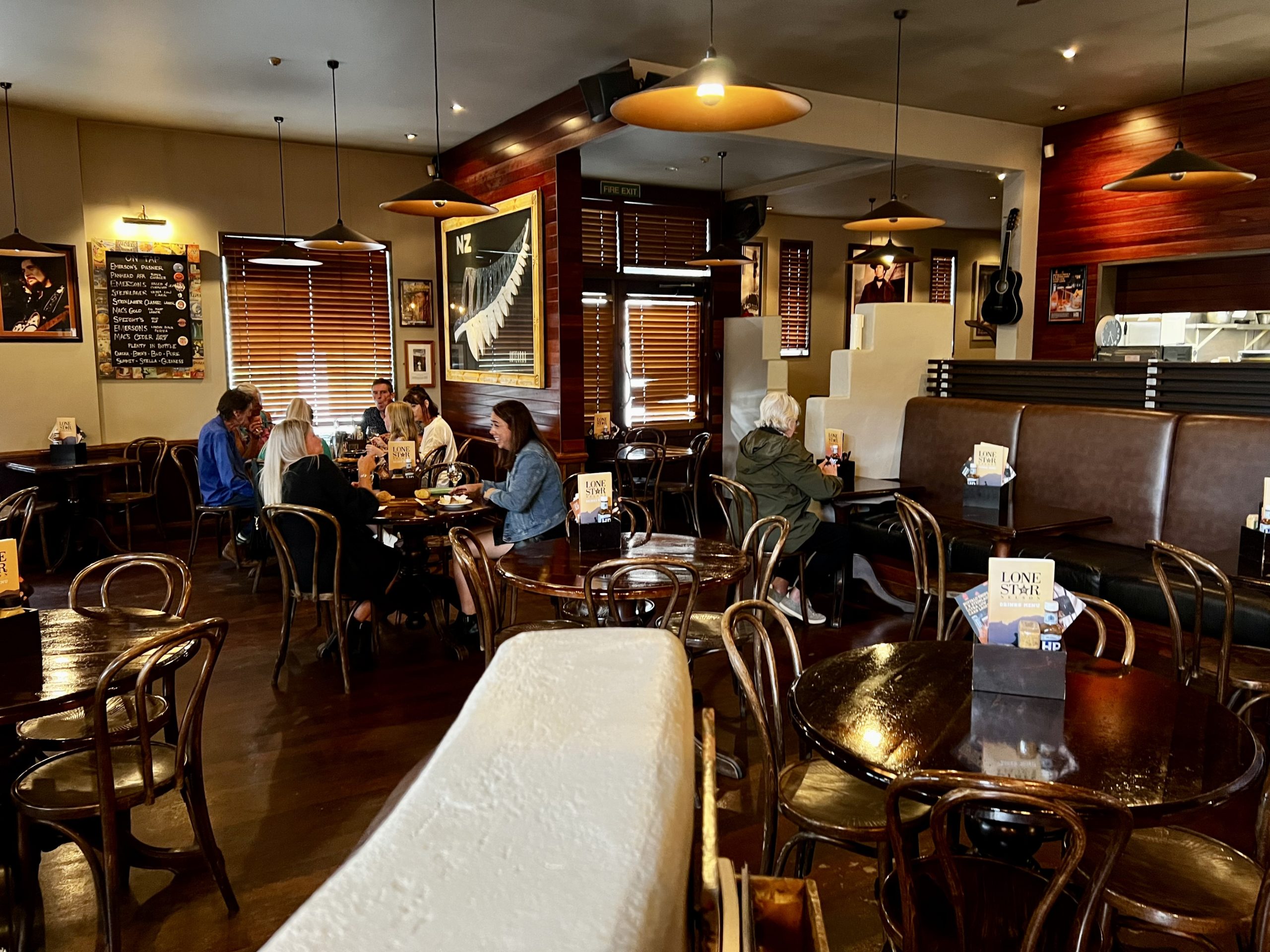
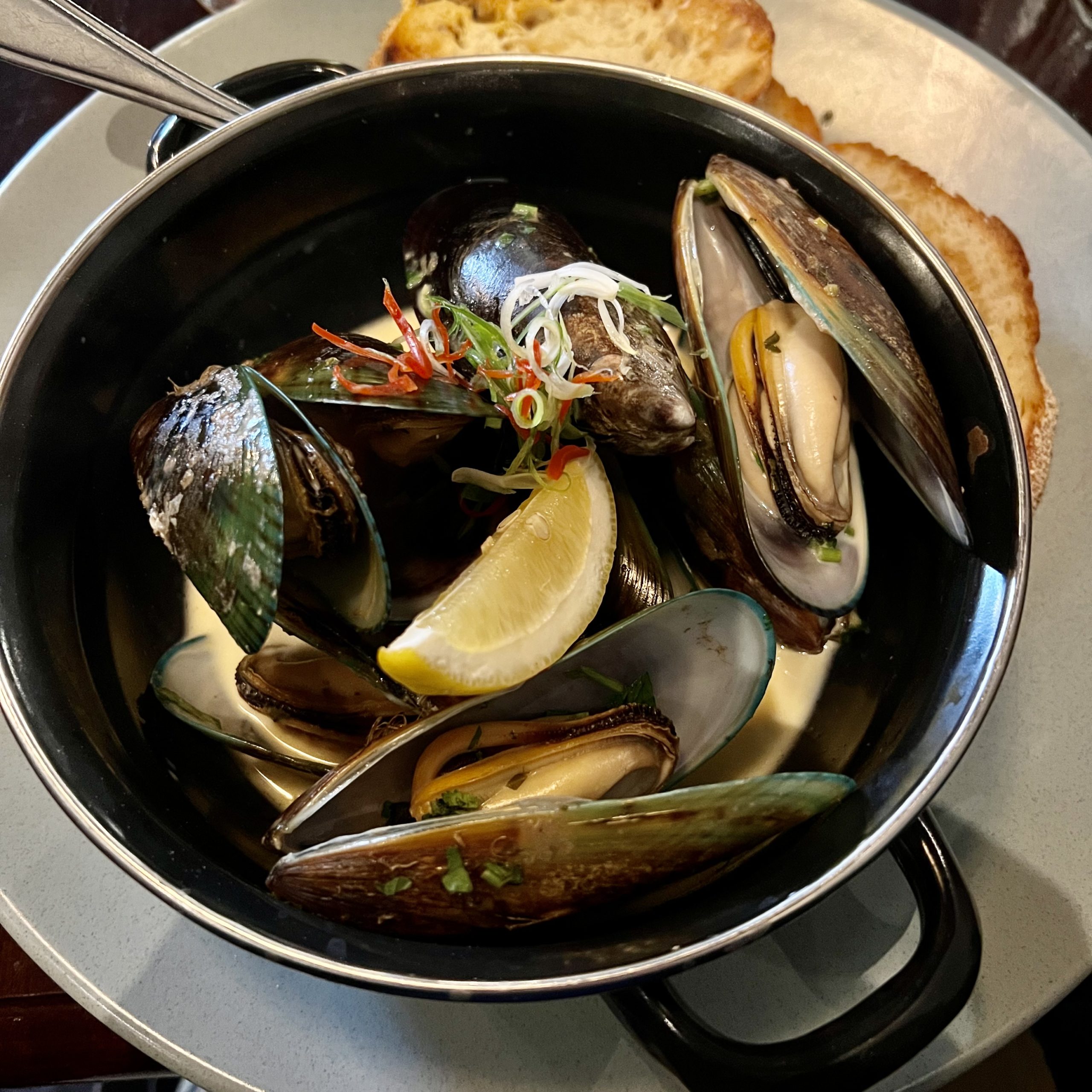
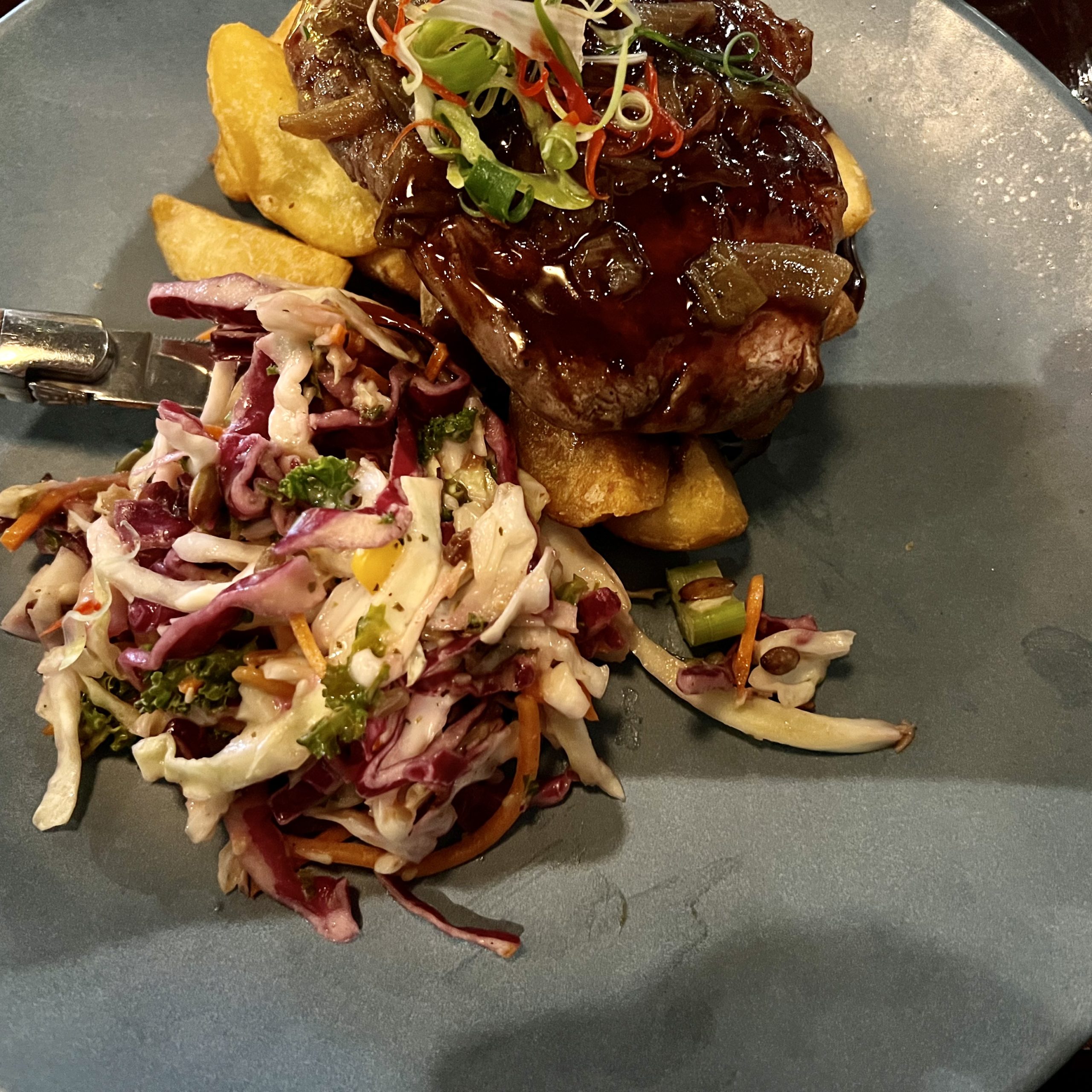

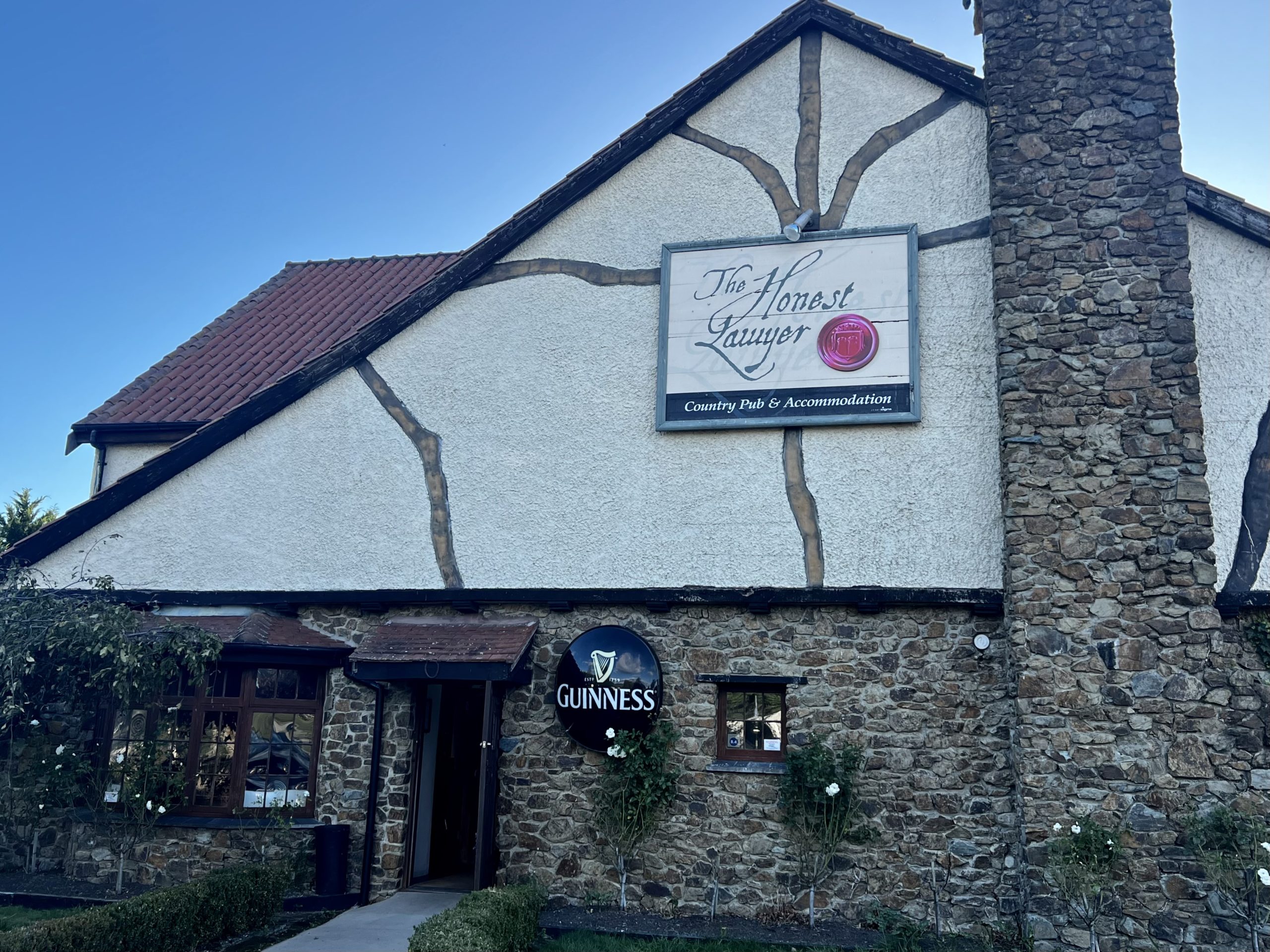
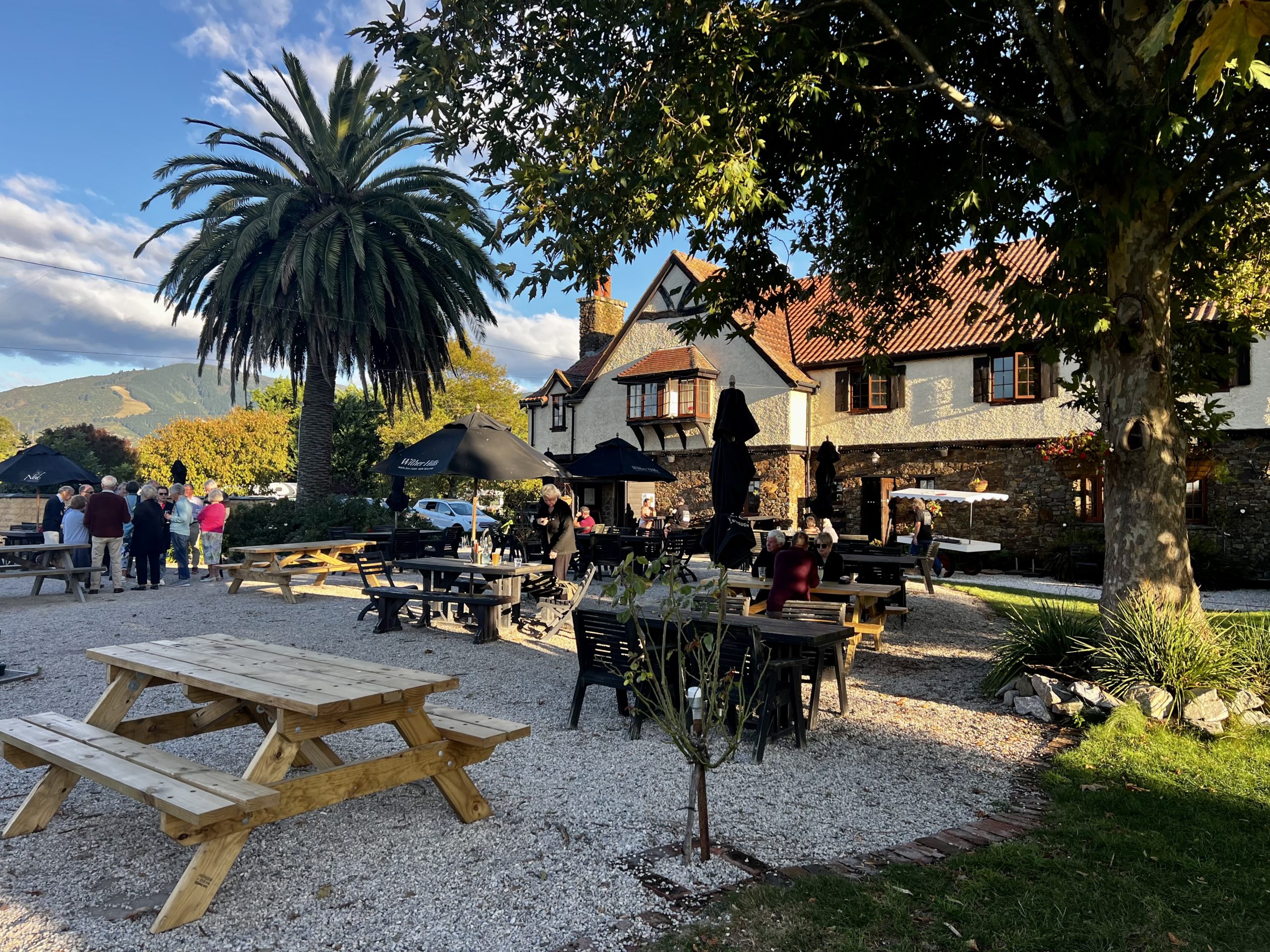
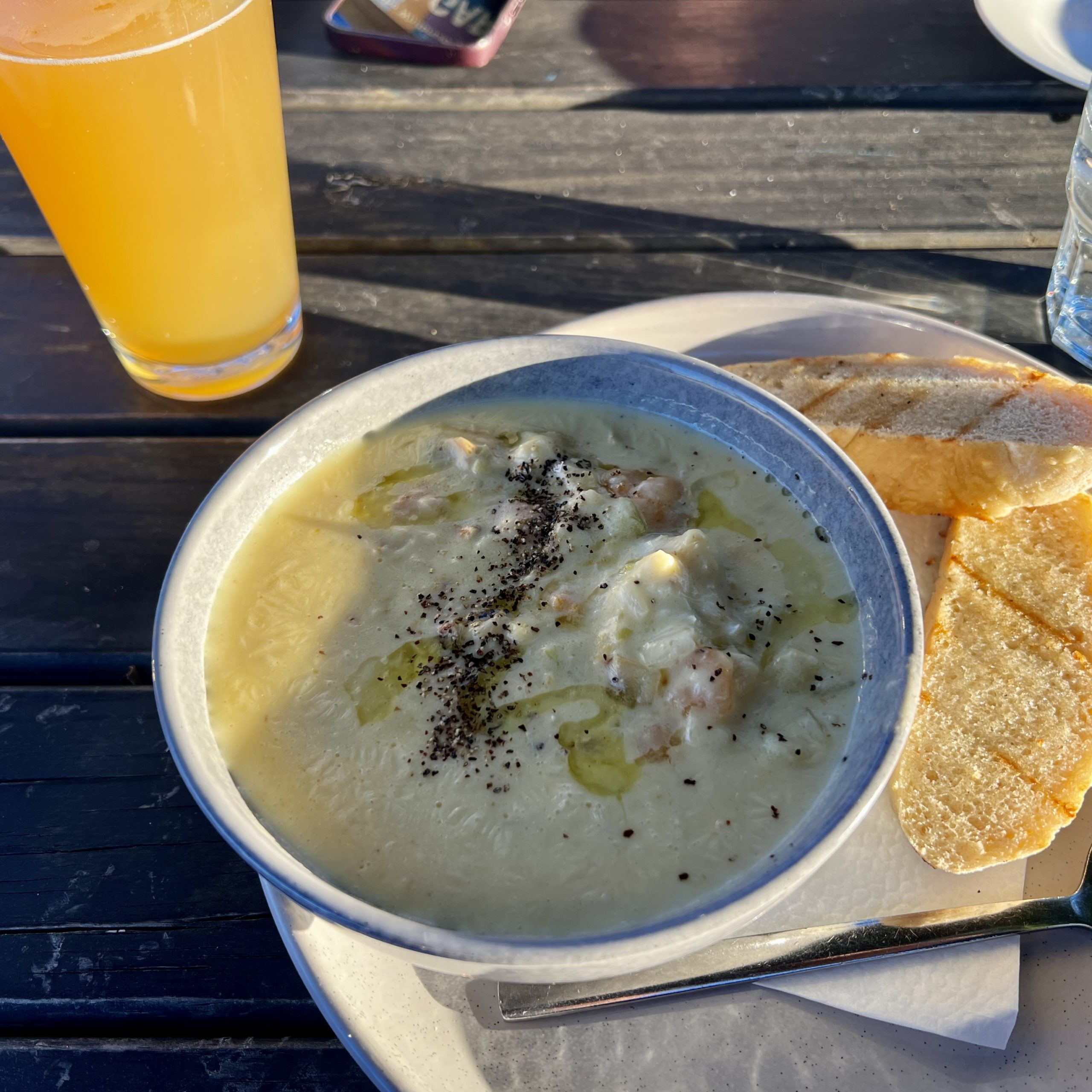
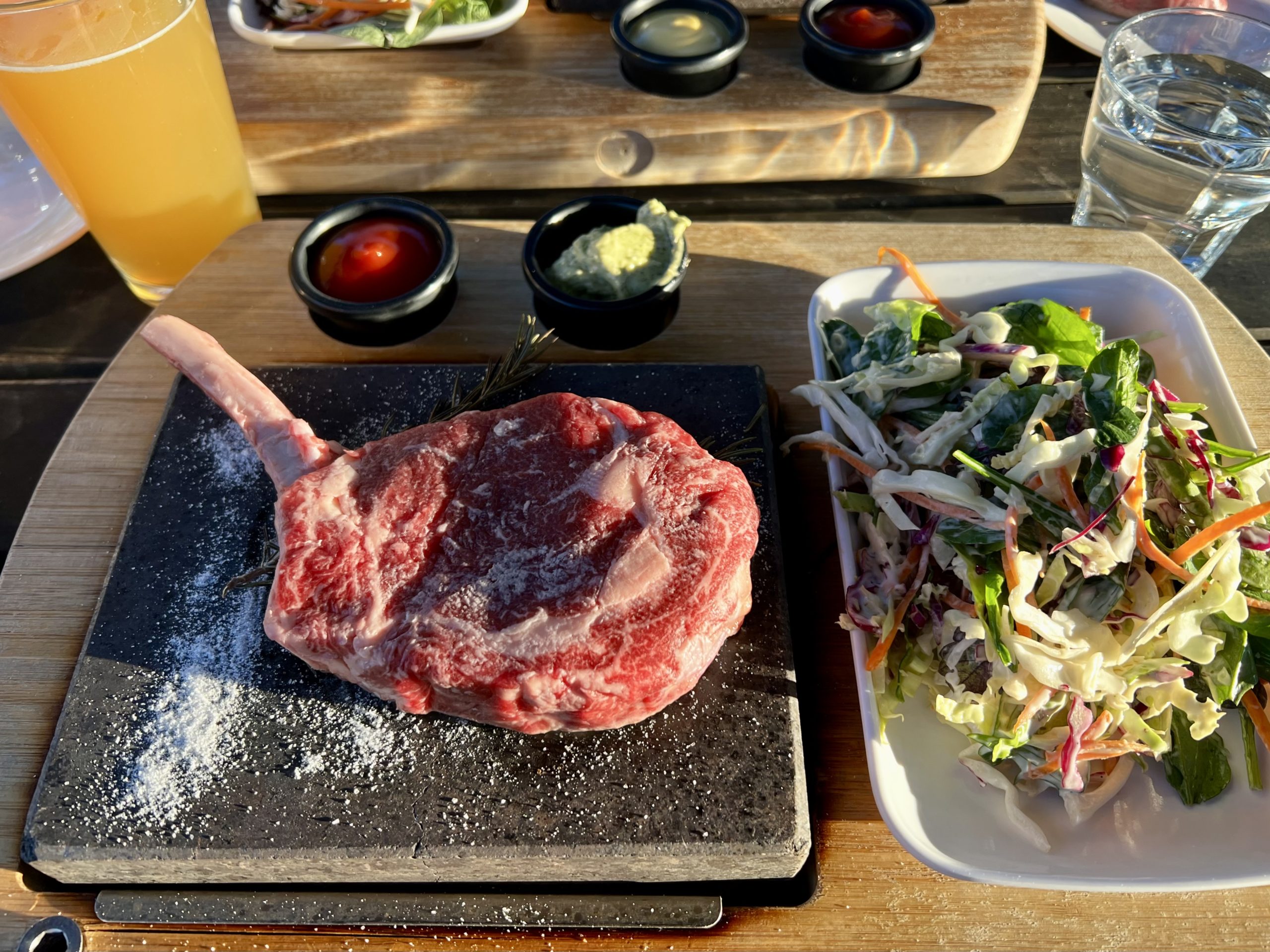
Next stop—The North Island and Wellington!
